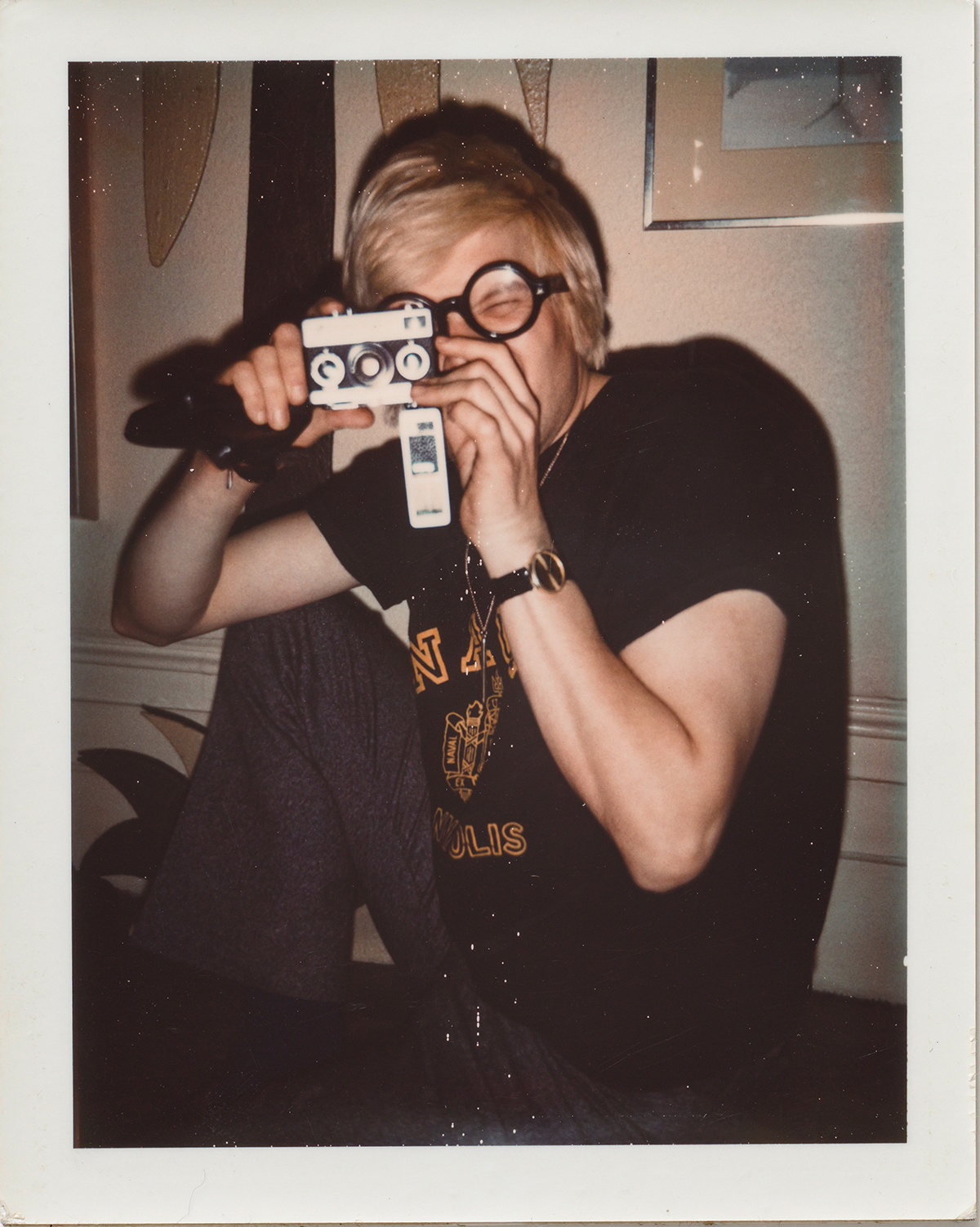
David Hockney byAndy Warhol, ca. 1972, Polaroid © 2018 The Andy Warhol Foundation for the Visual Arts, Inc. Licensed by DACS, London. Courtesy BASTIAN, London
Established in 1989 by Celine and Heiner Bastian, BASTIAN opened its first gallery in 2007 in Berlin. Now, the gallery has placed itself on the global art map with the grand opening of a new space in Mayfair. LUX speaks to the founders’ son and gallery director Aeneas Bastian about Andy Warhol, the London art market and how collectors are doing things differently
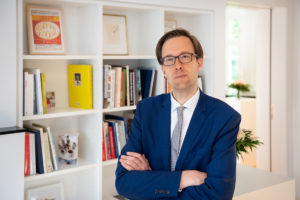
Aeneas Bastian. Courtesy BASTIAN
LUX: Tell us about the London gallery and how it came to be.
Aeneas Bastian: I felt that when coming to London we should be in the middle of the traditional gallery district in Mayfair so we found a space on Davis Street [No. 8], which is fairly close to Phillips auction house and the Gagosian gallery. I remember starting this search for a London exhibition space about two years ago. I looked at quite a number of properties, but I had a very specific idea in mind so it took quite a long time to actually find the right space and this feels perfect now.
I really like Berlin, it’s my home town, I grew up there and I think it’s become a fantastic metropolis, but it is not a major market place. So I think trying to build a bridge between Berlin and London, Germany and the UK could be an ideal combination of two different worlds. And I could not think of any other major city in Europe that has the same the same kind of status or importance as London, especially when you look at the quality of exhibitions, both commercial exhibitions at private galleries and exhibitions in public institutions. Especially in Mayfair you can see that people are trying to achieve something outstanding, they’re committed to excellence. Berlin is different – it is quite experimental – so you see promising young artists working in their studios and creating fantastic work. And it’s probably the same in other fields, in restaurants or fashion. You would find some of the leading individuals in London, and maybe some of the most interesting new talent in Berlin… I think that’s the difference between the two cities.
Follow LUX on Instagram: the.official.lux.magazine
LUX: Why did you choose Andy Warhol rather than a German artist for your opening show?
Aeneas Bastian: That’s a good question! I’ve thought about this for quite a long time because obviously we would also like to be a showcase of German art in London, showing well known German artists who may not be as well known in the UK, but also younger emerging artists too.
Warhol, along with [Cy] Twombly and [Joseph] Beuys, has been one of the key artists when we look back at the early years of the gallery’s history. So I thought it would be interesting to bring that back and to take it to London, but I’d like the following exhibitions to be devoted to German art.
LUX: Is it Warhol’s polaroids particularly that you specialise in?
Aeneas Bastian: Yes, it’s the polaroids and we have some of the rarest and most important polaroid portraits, especially of other artists and some writers, actors, musicians and also a few people who came to the Factory when it was not just a studio or a place of production, but also an international meeting place. So, in a way, looking at these polaroid pictures is also a bit like taking a time machine and landing in New York in the late 70s early 80s. Some people are maybe lesser known today and some have become even more iconic, or famous. It’s very interesting looking back at this period now…
The gallery has always had a particular focus on post-war German and post-war American art too, including artists likeJoseph Beuys, Anselm Kiefer, Cy Twombly, Robert Rauschenberg as well as Warhol. They’ve always had a special place in our exhibition programme and have been essential for the development of the gallery, which was founded thirty years ago by my parents, Céline and Heiner Bastian. They were both curators and they knew Warhol well. There was no commercial link in any way at the time, but they worked together on exhibitions, projects, books, publications, and brought some of Warhol’s exhibitions to Germany during his lifetime. Today, we would probably define my parents as art advisers, but at the time, I think the term wasn’t really used.
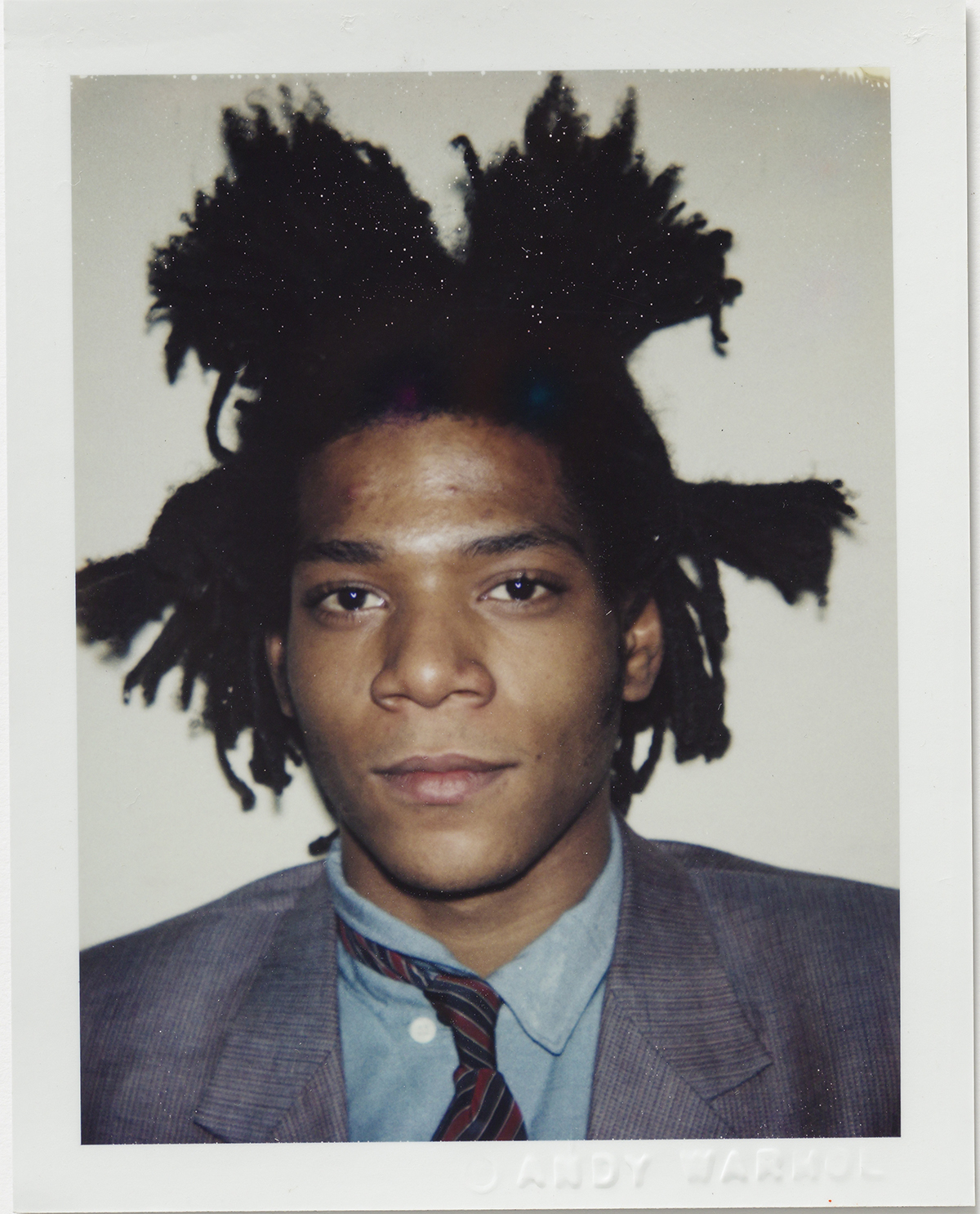
Jean-Michel Basquiat by Andy Warhol 1982, Polacolor ER © 2018 The Andy Warhol Foundation for the Visual Arts, Inc. Licensed by DACS, London. Courtesy BASTIAN, London
LUX: The market for post-war art and now, what we call 20th century and modern art — did that rise and then fall again in the 90s?
Aeneas Bastian: Yes, looking back at those changes, of course we’ve seen remarkable increases in values, but also several moments of crisis. When I speak with my parents about those times they always tell me that the art world was so much smaller, it was essentially a few European countries including France, Germany, Switzerland, Italy, and the UK, and then there was America, but except for maybe a small group of Japanese collectors there was no Asian market, and no one would ever go to Australia or India or Africa, or the Middle East. There was no global market.
LUX: Do you think there’s been a renewal of interest in late 20th century art recently, or has the interest always been there?
Aeneas Bastian: I think it’s always been there, at least in London. Berlin has had this sort of edgy, young contemporary art focus that sometimes modern art, twentieth century art seems to be missing because it’s always about the present. But I think London has always had this particular strength of offering such a wide range to art collectors from Old Masters to the present day. There is no other place in the world that could offer that kind of quality, especially when collectors are a bit more eclectic and interested in different periods and different forms of culture.
LUX: Are the big twentieth century artists, the ones who are no longer with us – such as Pollock or Warhol or Lichtenstein and so on – mostly collected by people of that era or by younger generations too?
Aeneas Bastian: I think it’s both. It’s two worlds coming together. Elderly collectors who have had the privilege of maybe knowing the artist, and young collectors who have obviously not met the artist, but who are now becoming familiar with the work and studying, going to see survey exhibitions and reading catalogues raisonné and books written by experts, immersing themselves in the world and work of the artist.
Read more: A taste of Hong Kong’s future
LUX: In terms of collectors and the people buying art: how are they choosing? How do they come to their conclusions and how are they guided?
Aeneas Bastian: It used to be a very personal thing. You would meet a professional or an adviser or an art dealer and have a face to face conversation, and while this still happens today, now it’s also about digital communications. People are increasingly using these new ways of communicating, they are more open to just having a look at websites, they even use social media, like Instagram.
I don’t think people would necessarily say that an expert opinion is something that counts more than anything else, and I think that used to be the case. You used to say that there’s a particular scholar or an expert who would really be the person with an expert opinion and the ability to judge a work and the purchase or inclusion of that work in an exhibition would very much depend on that person. I think that’s not necessarily the case any more.
LUX: Is that a good thing?
Aeneas Bastian: I think it’s just the way that the world has changed. It has become more open in many ways, and I do think, in the end, that this is a good development. We are not limiting ourselves any longer to an art world centred in Europe and the United States, seeing men rather than women as experts, or looking at European artists all the time and forgetting about artists from other places in the world.
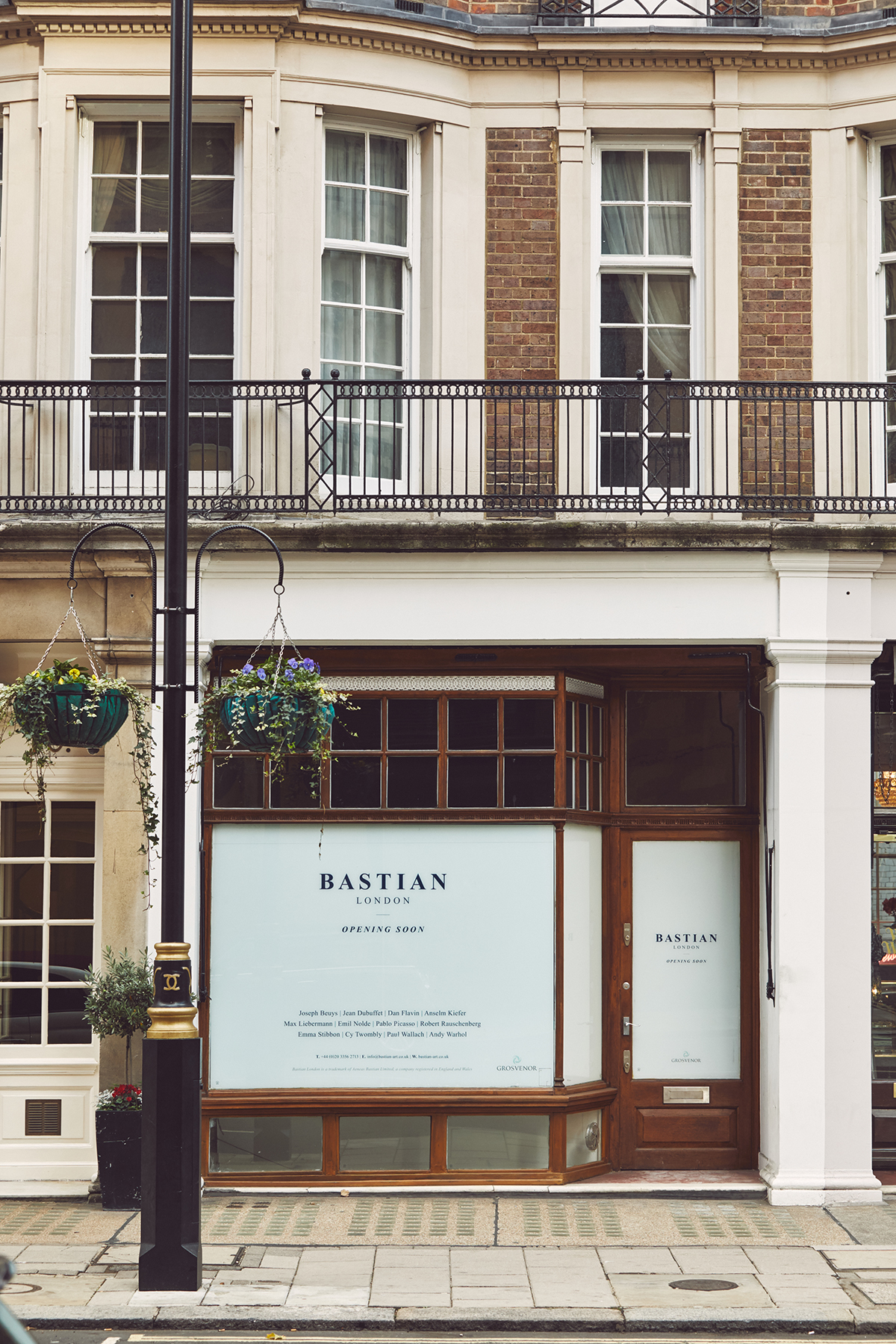
BASTIAN Gallery, 8 Davis Street, Mayfair, London. Photo by Luke Walker
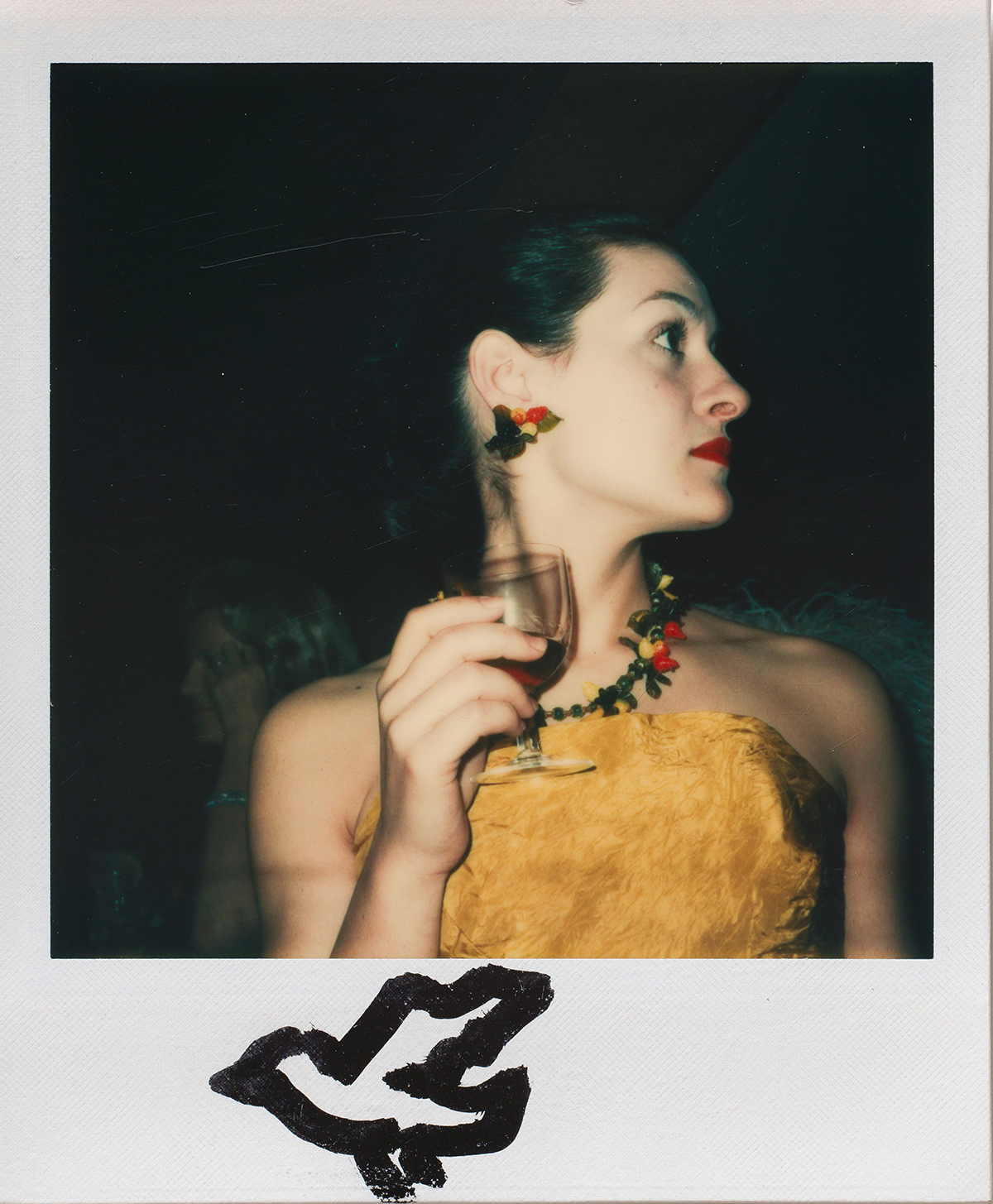
Paloma Picasso by Andy Warhol ca. 1983 © 2018 The Andy Warhol Foundation for the Visual Arts, Inc. Licensed by DACS, London. Courtesy BASTIAN, London
LUX: How important is it for artists, whether alive or dead, to be shown and supported by public galleries as well as commercial?
Aeneas Bastian: I am deeply convinced that it can have a tremendous impact, of course we are art dealers too, but we really understand understand the significance of public and non-commercial exhibitions. I think a talented artist only shown by commercial galleries may be one day more or less forgotten if there’s no public recognition. If the works are not part of museum collections, then the artist may disappear.
LUX: Finally, can you reveal anything about the other exhibitions you’ve got planned for London?
Aeneas Bastian: I’m certain we will have an exhibition of Emil Nolde, one of the German expressionists and a prominent German artists of the generation of Kirchner and Beckmann who is regarded as one of the most influential 20th century artists in Germany. He’s not unknown in the UK, but I think his work really deserves to be seen.
BASTIAN Gallery’s inaugural London exhibition ‘Andy Warhol: Polaroid Pictures’ runs until 13 April 2019. For more information visit: bastian-gallery.com
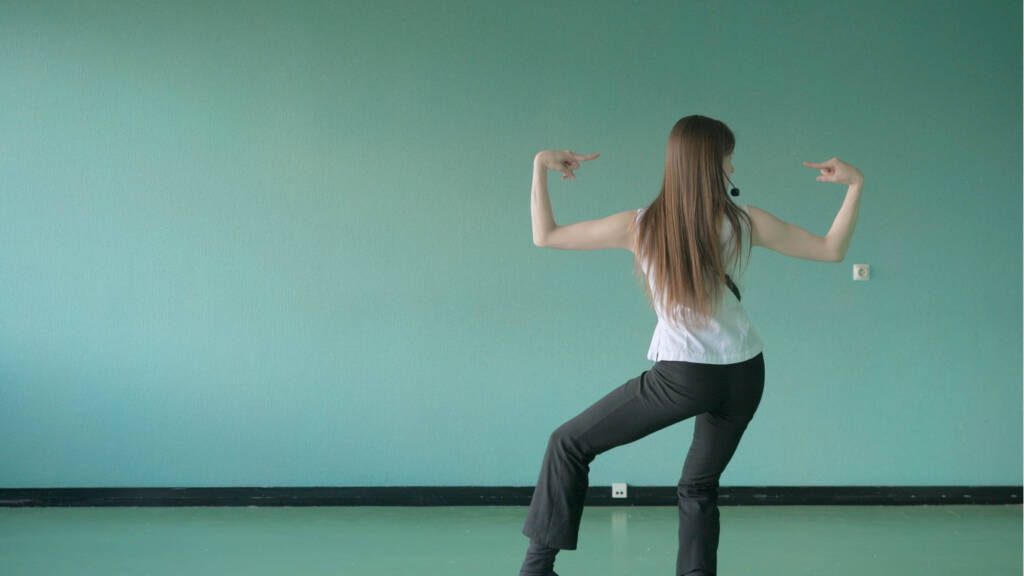
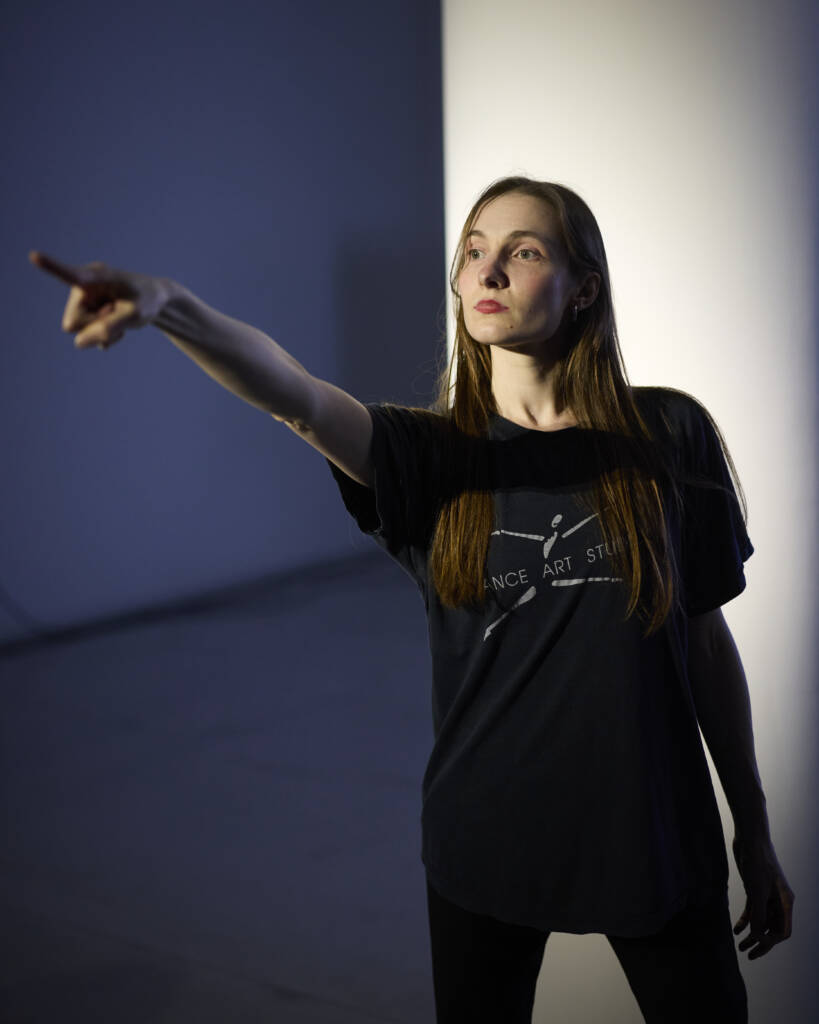


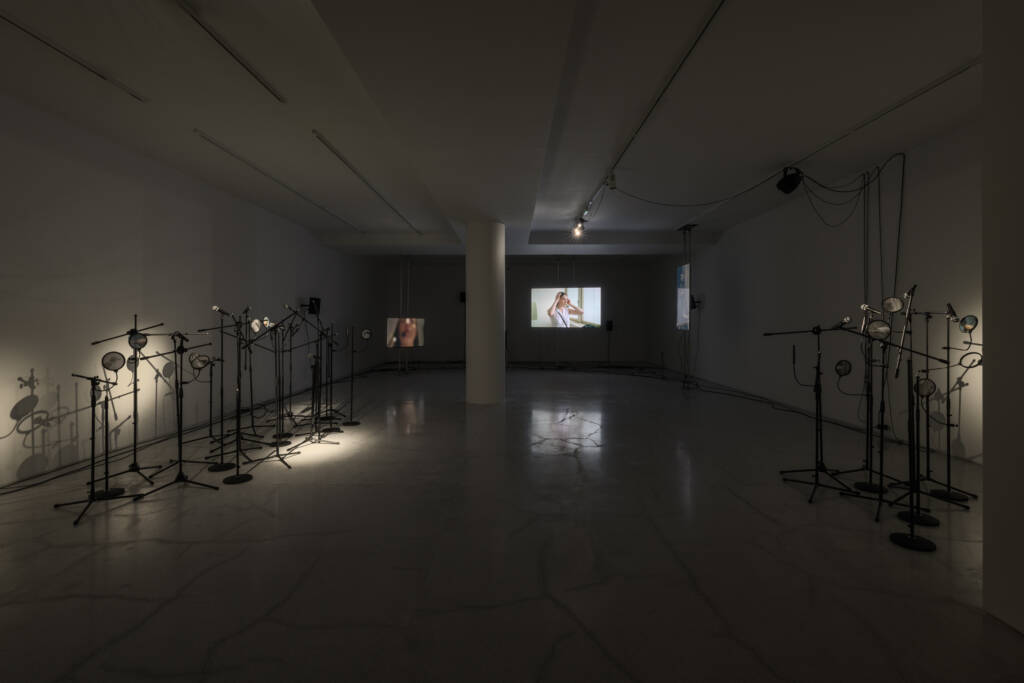

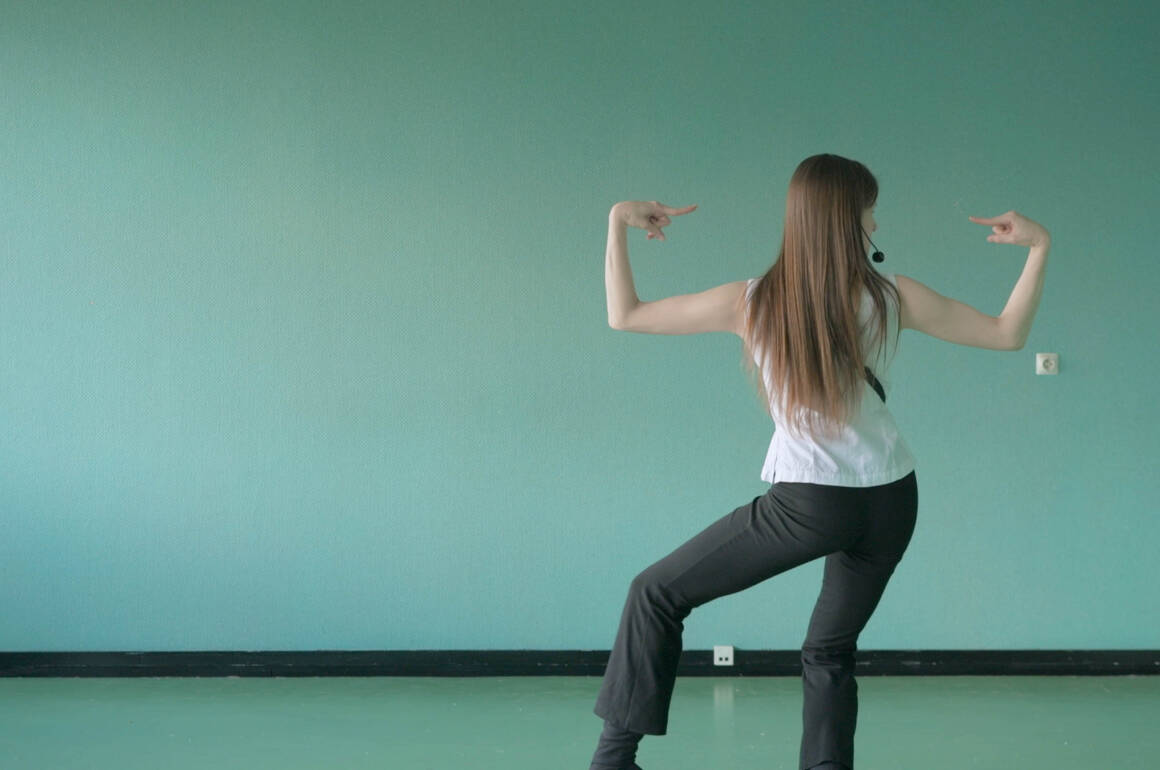
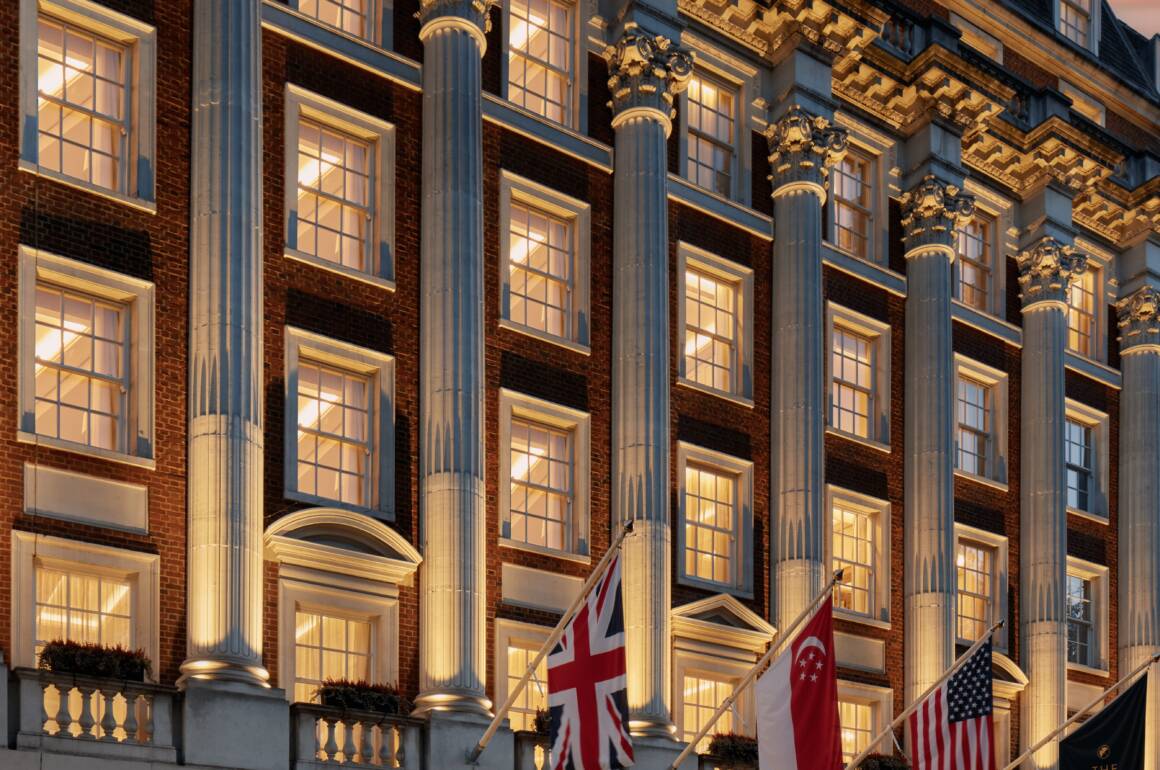
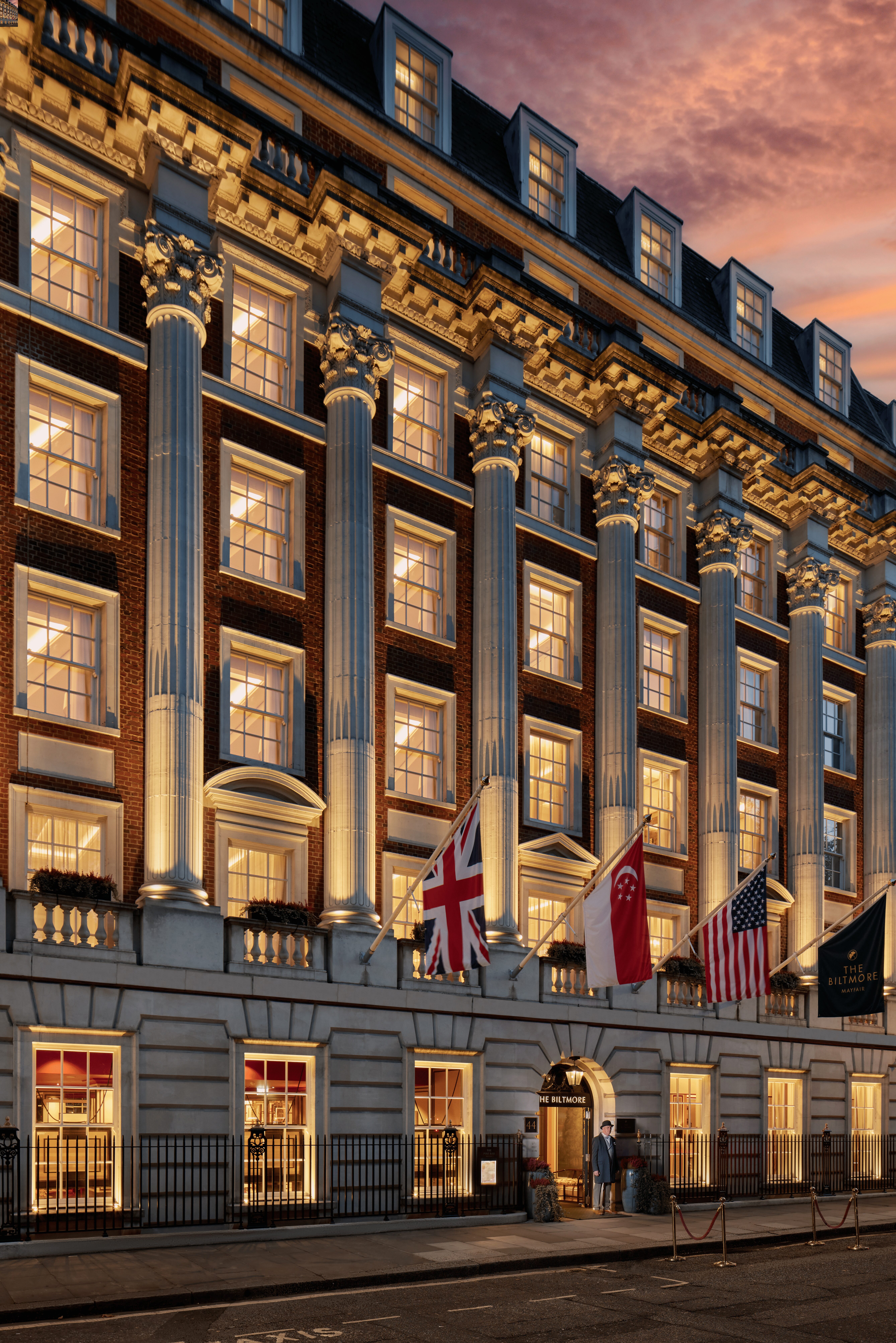
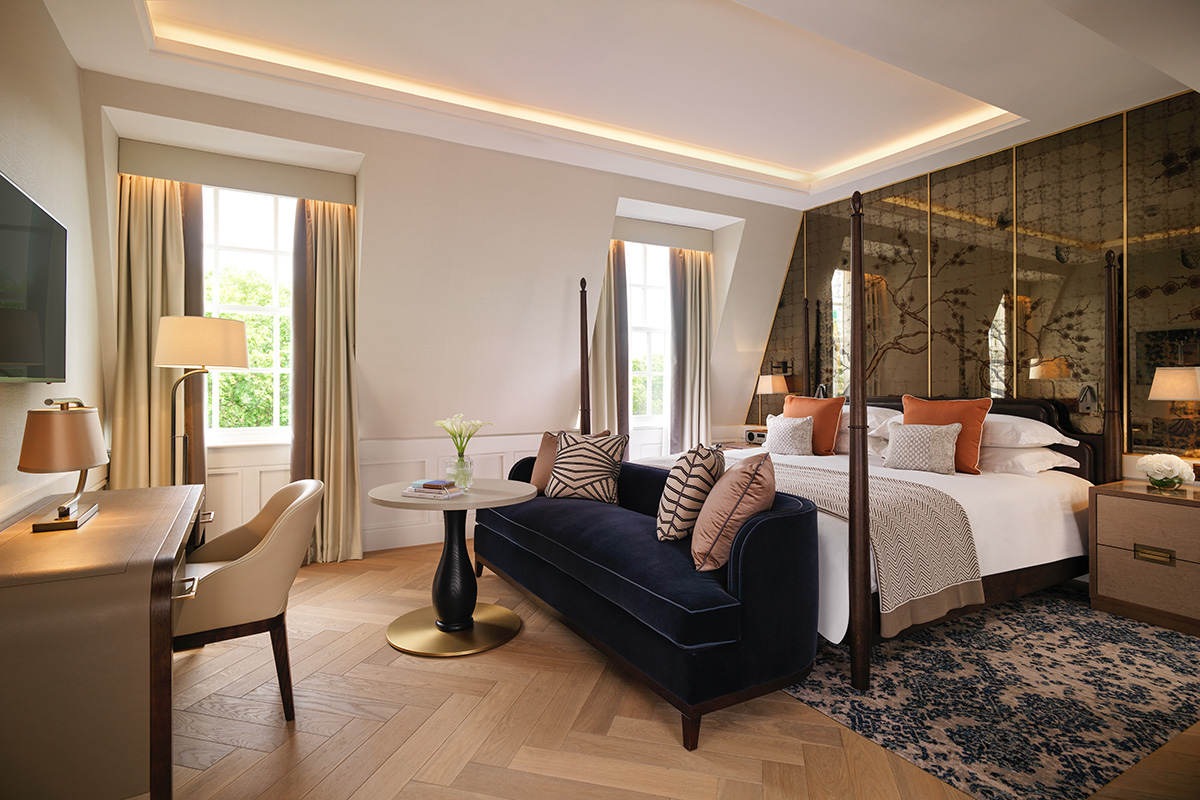
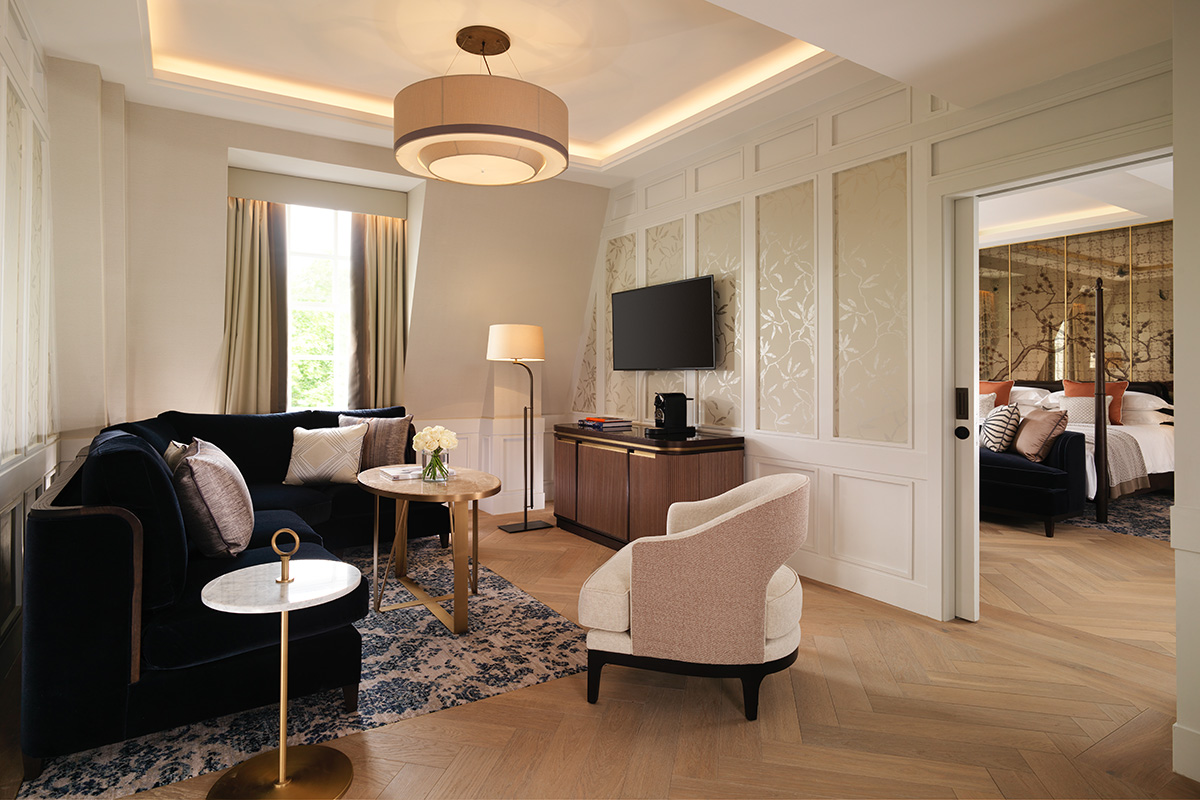
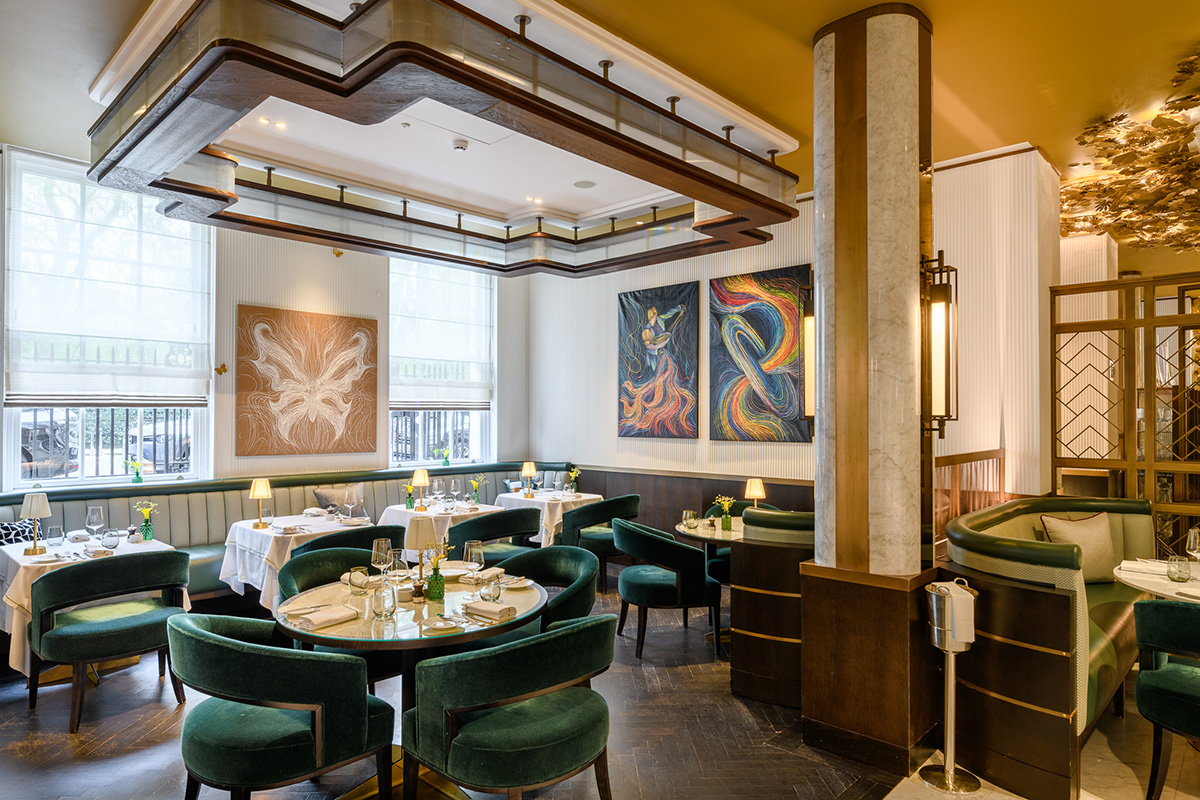
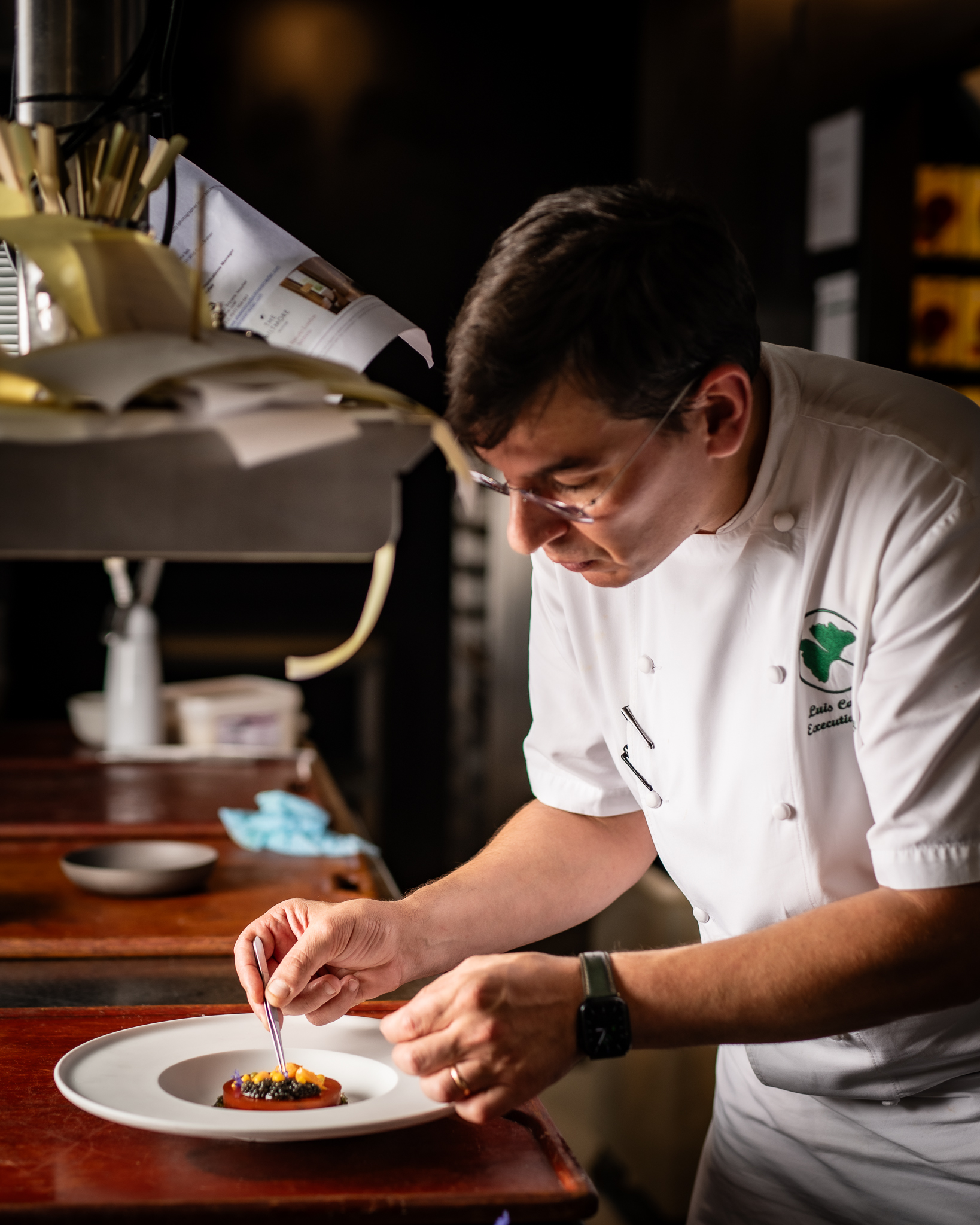
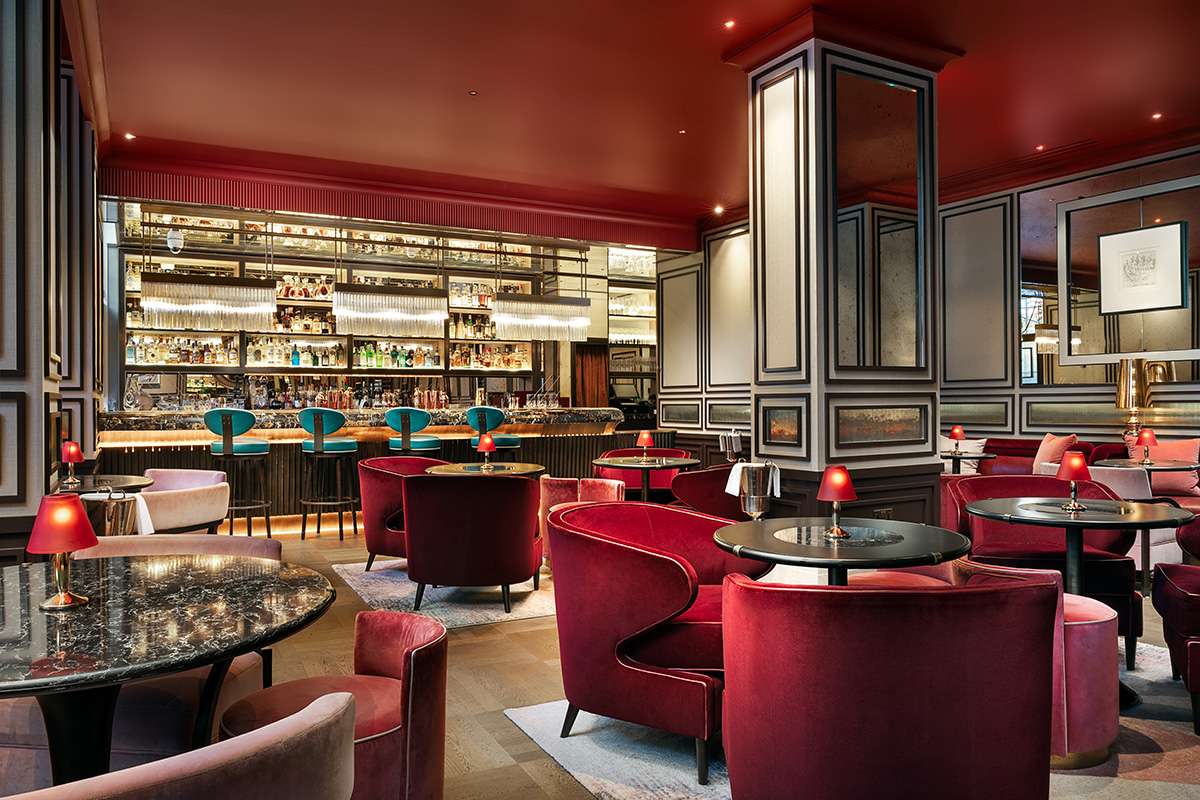
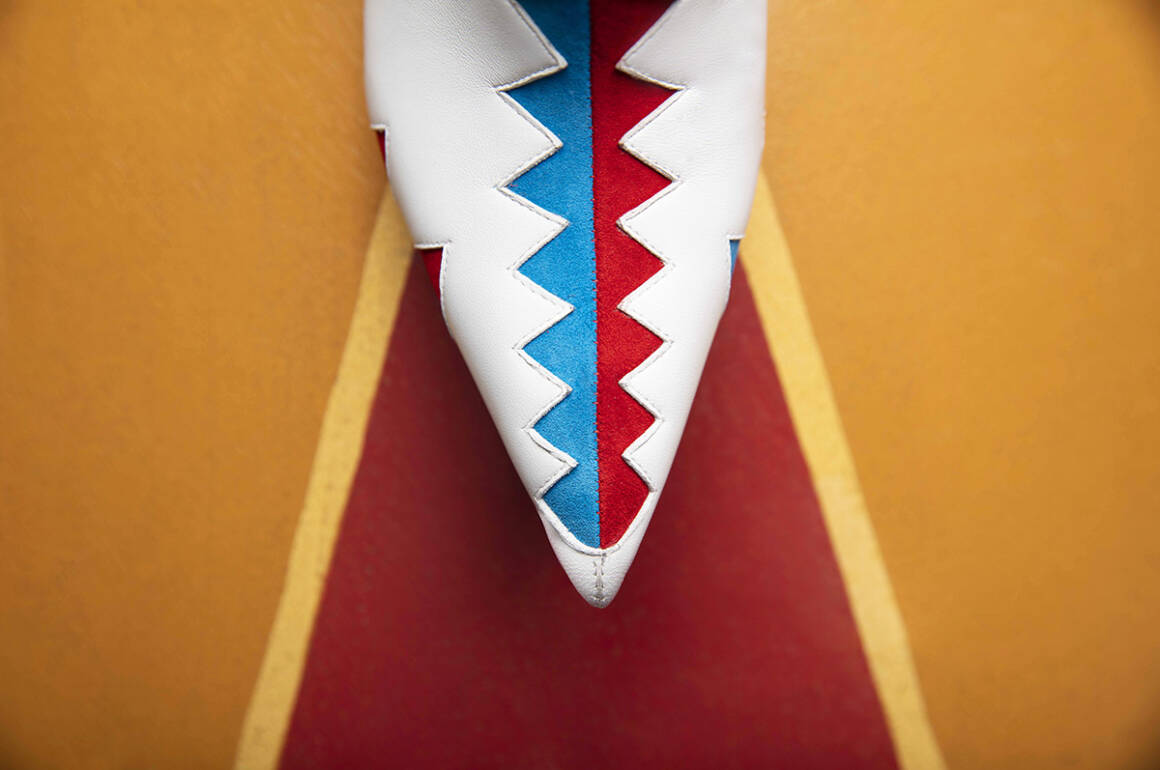
 Fashion designer Manolo Blahnik is something of a legend within the shoe industry. His career truly kicked off in 1969 after meeting US Vogue Editor in Chief, Diana Vreeland; after that, he devoted himself to designing shoes, opening the first Manolo Blahnik store in Chelsea, London, the next year. He speaks to Trudy Ross about his design philosophy, dressing for yourself and looking to the future
Fashion designer Manolo Blahnik is something of a legend within the shoe industry. His career truly kicked off in 1969 after meeting US Vogue Editor in Chief, Diana Vreeland; after that, he devoted himself to designing shoes, opening the first Manolo Blahnik store in Chelsea, London, the next year. He speaks to Trudy Ross about his design philosophy, dressing for yourself and looking to the future
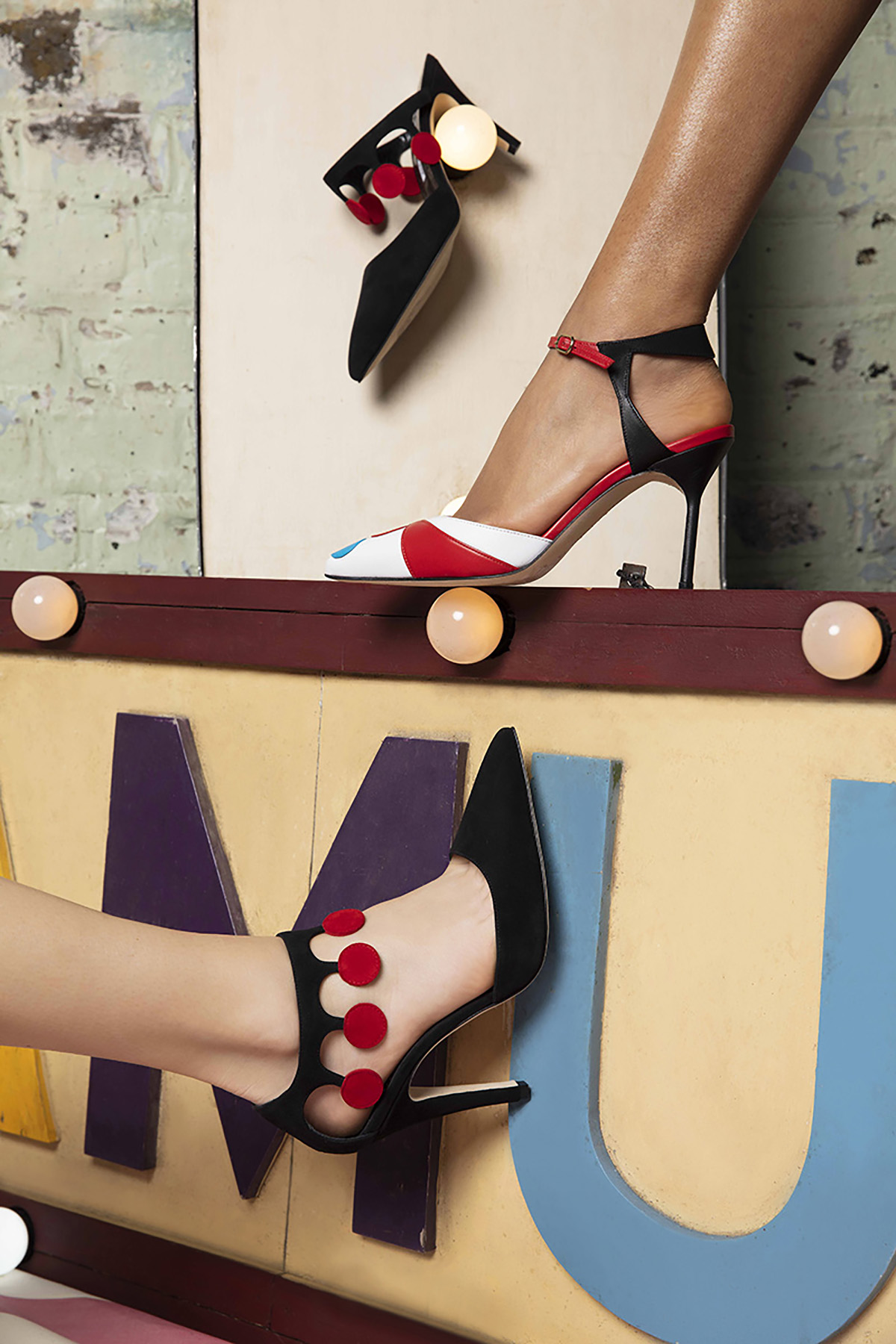
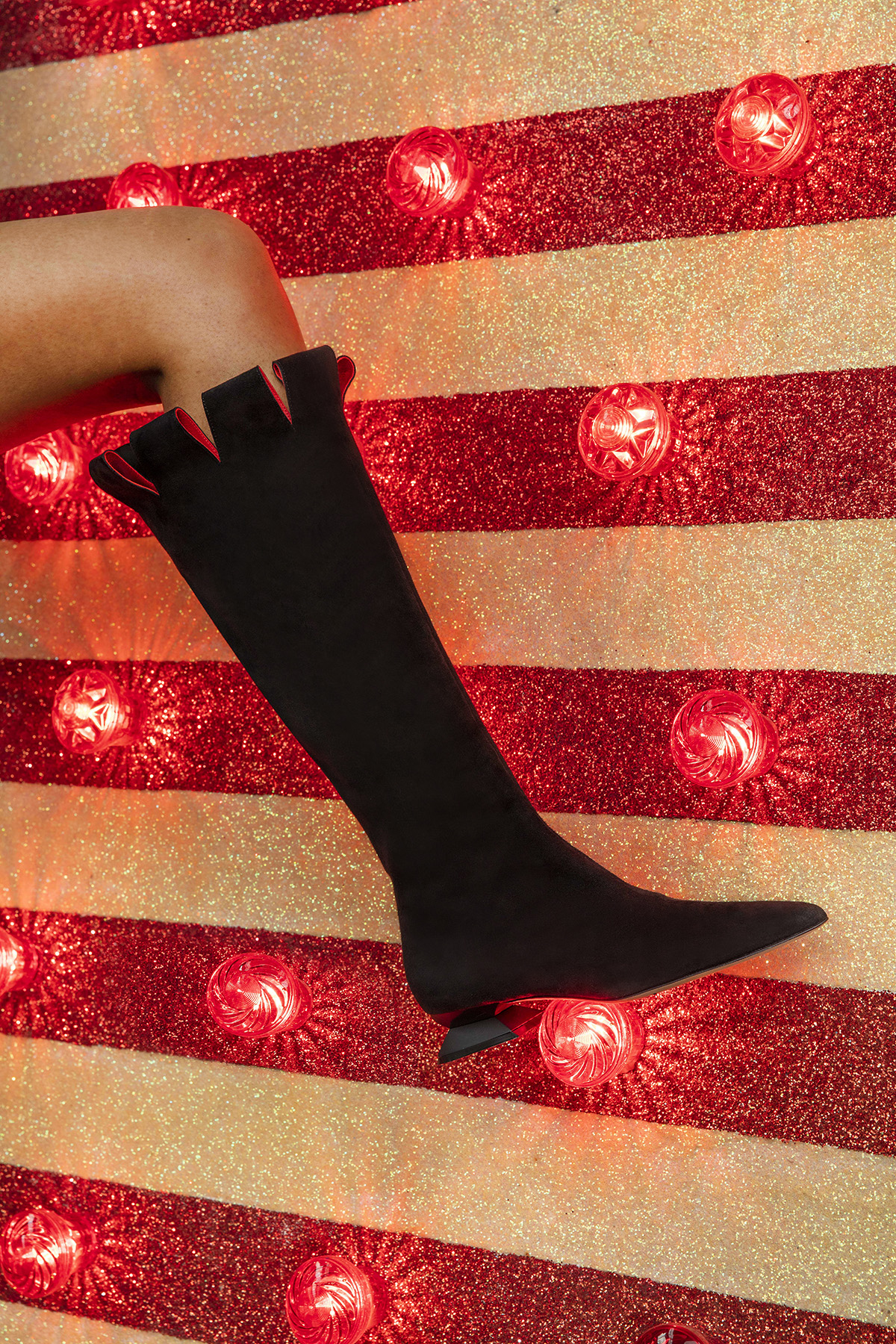


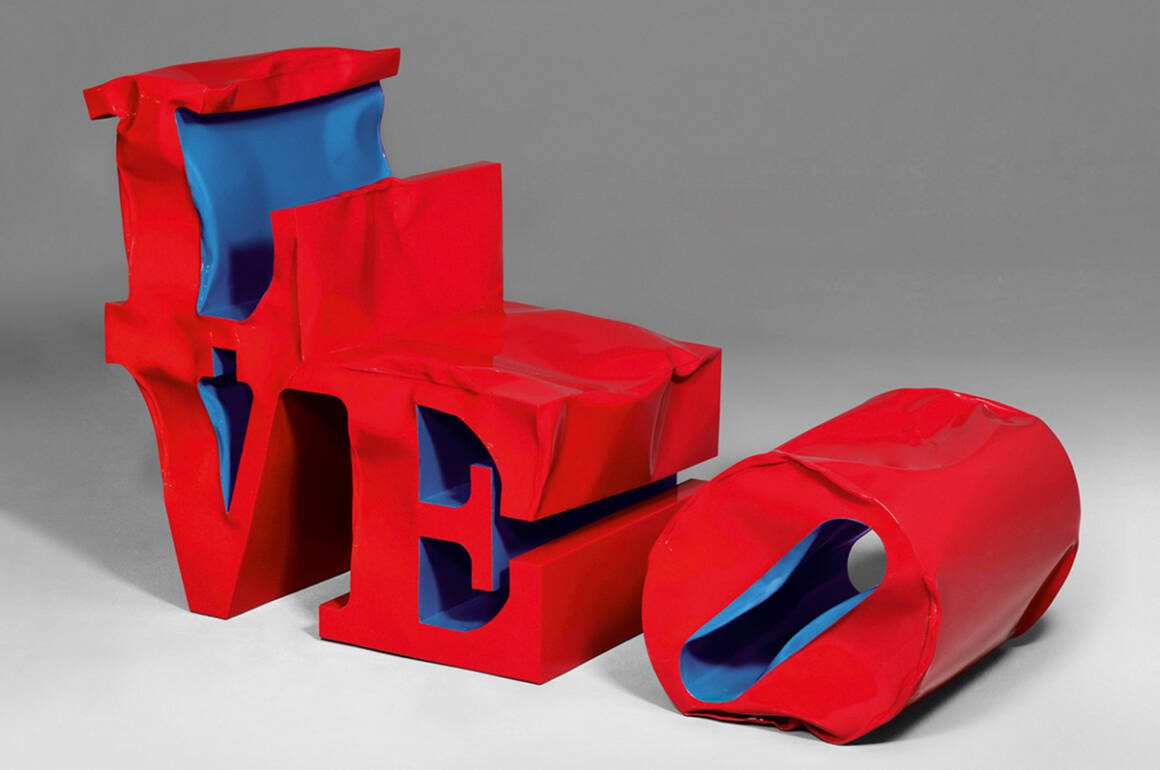
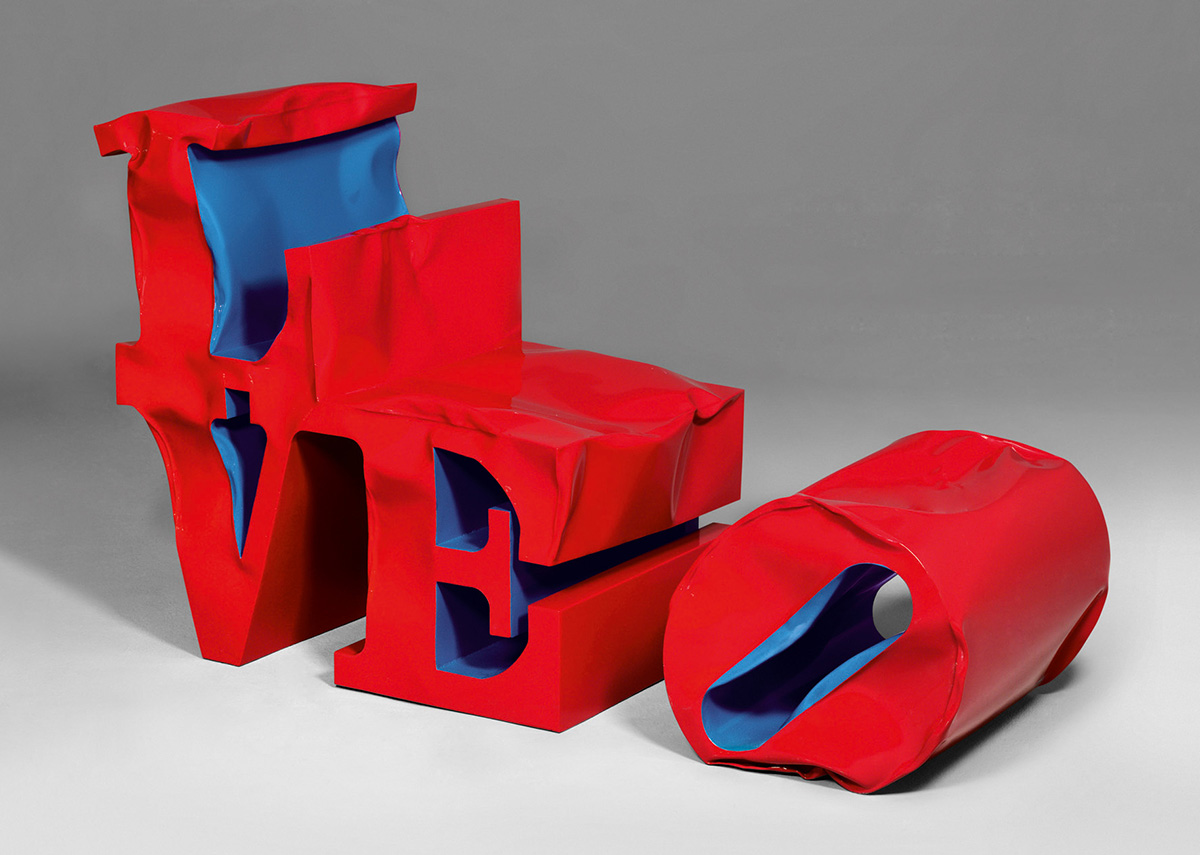
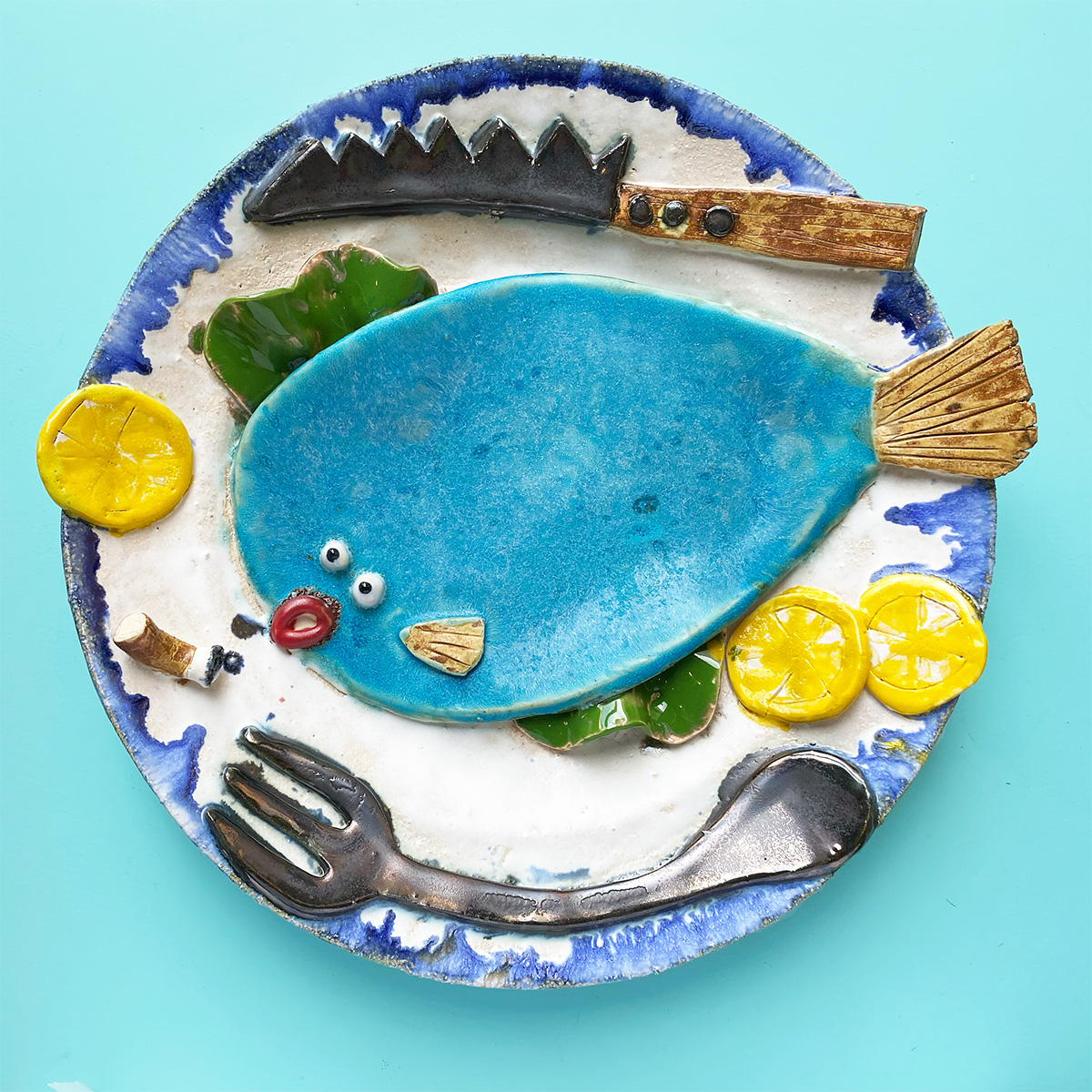
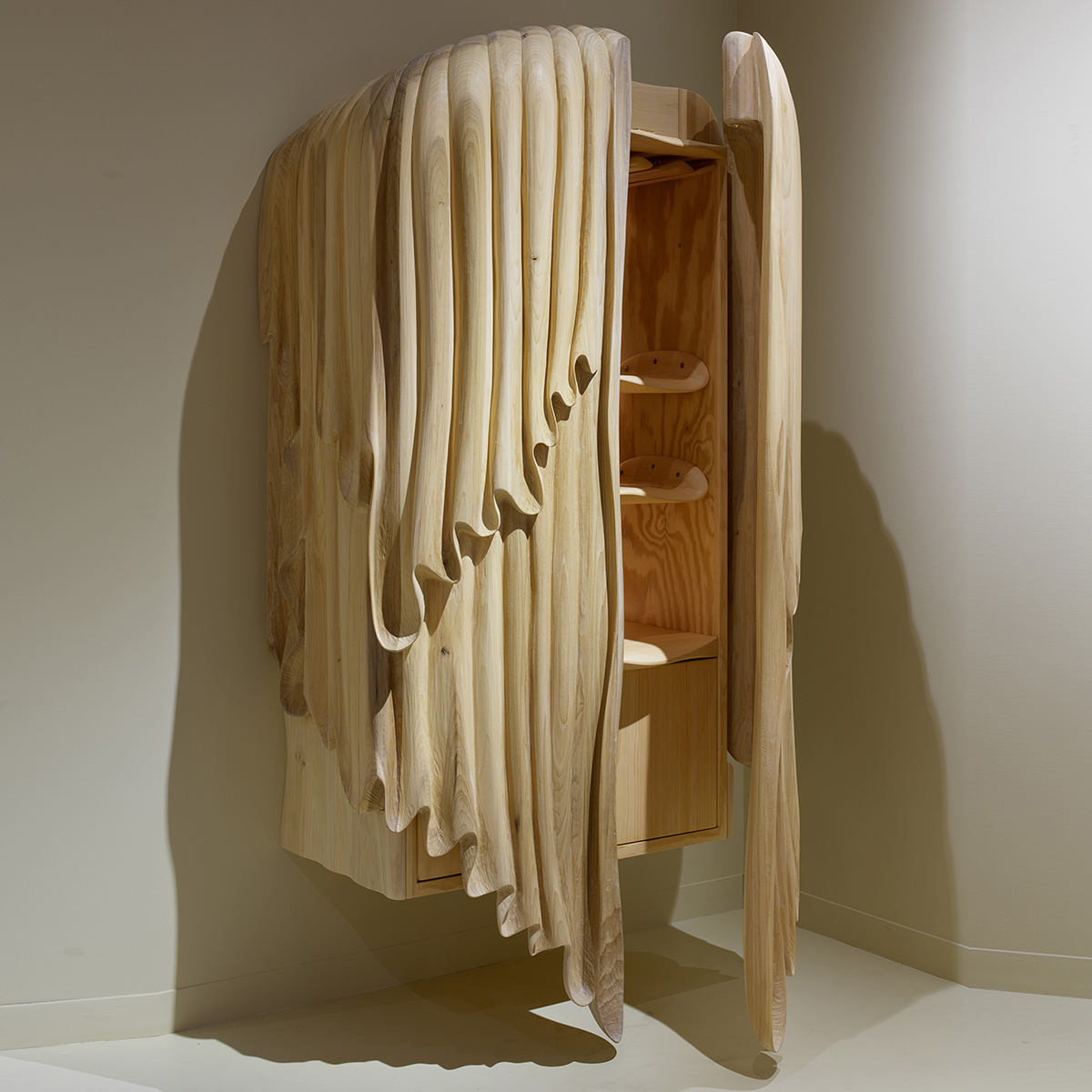
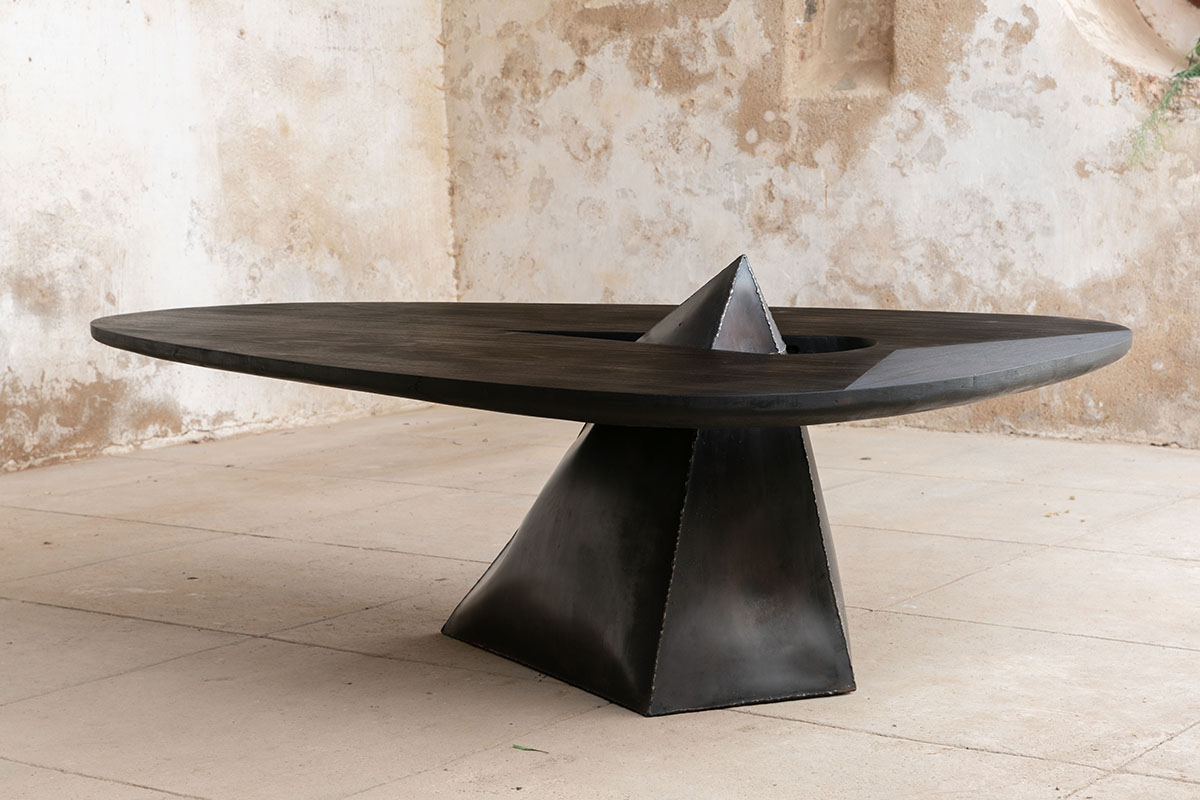
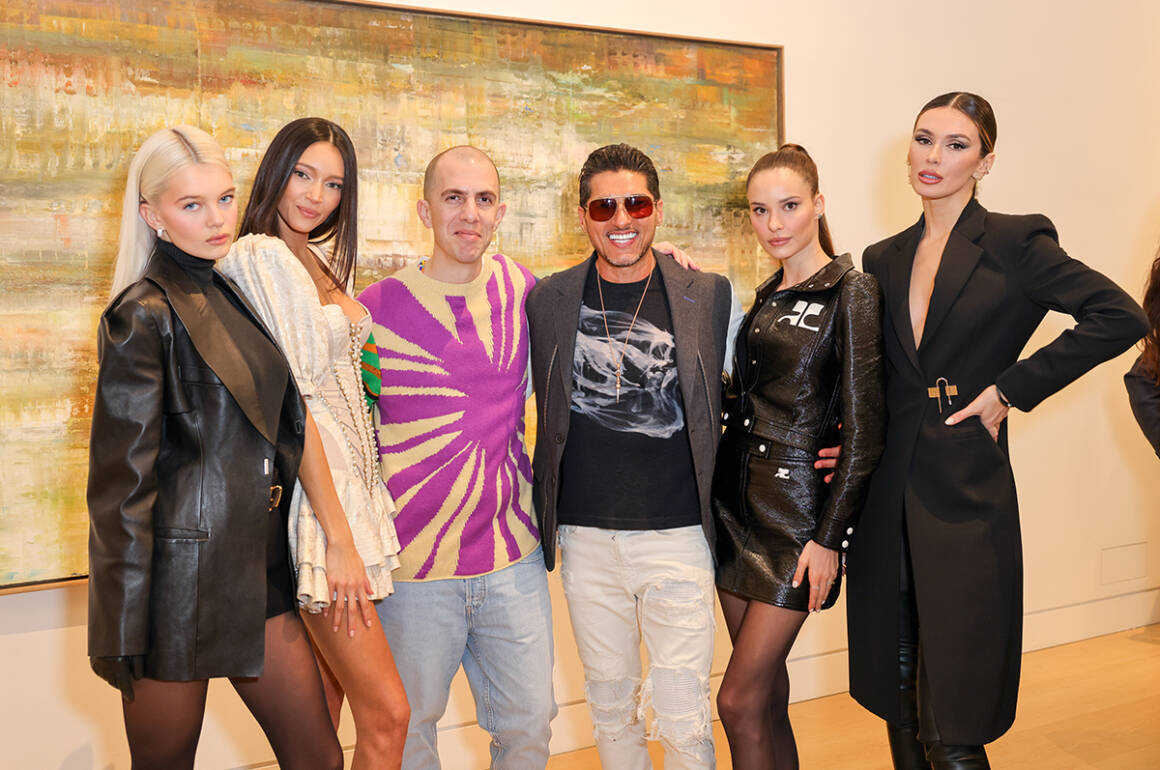
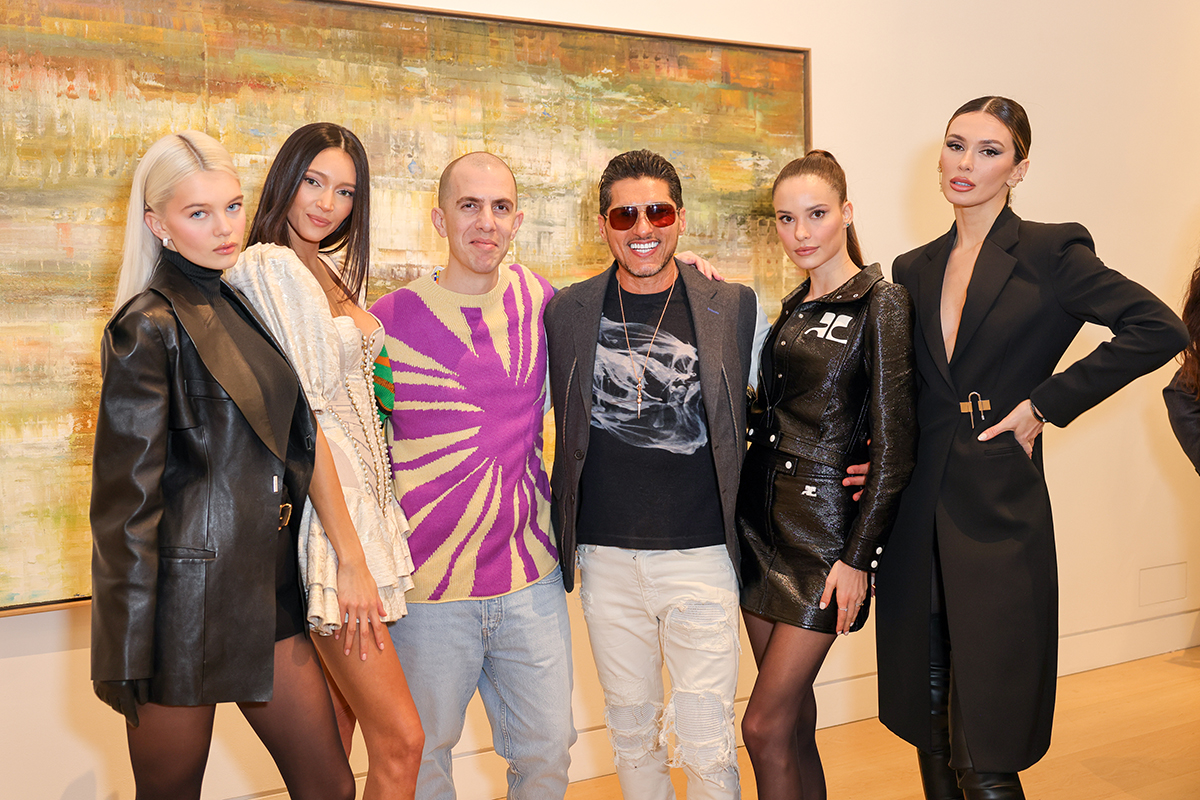
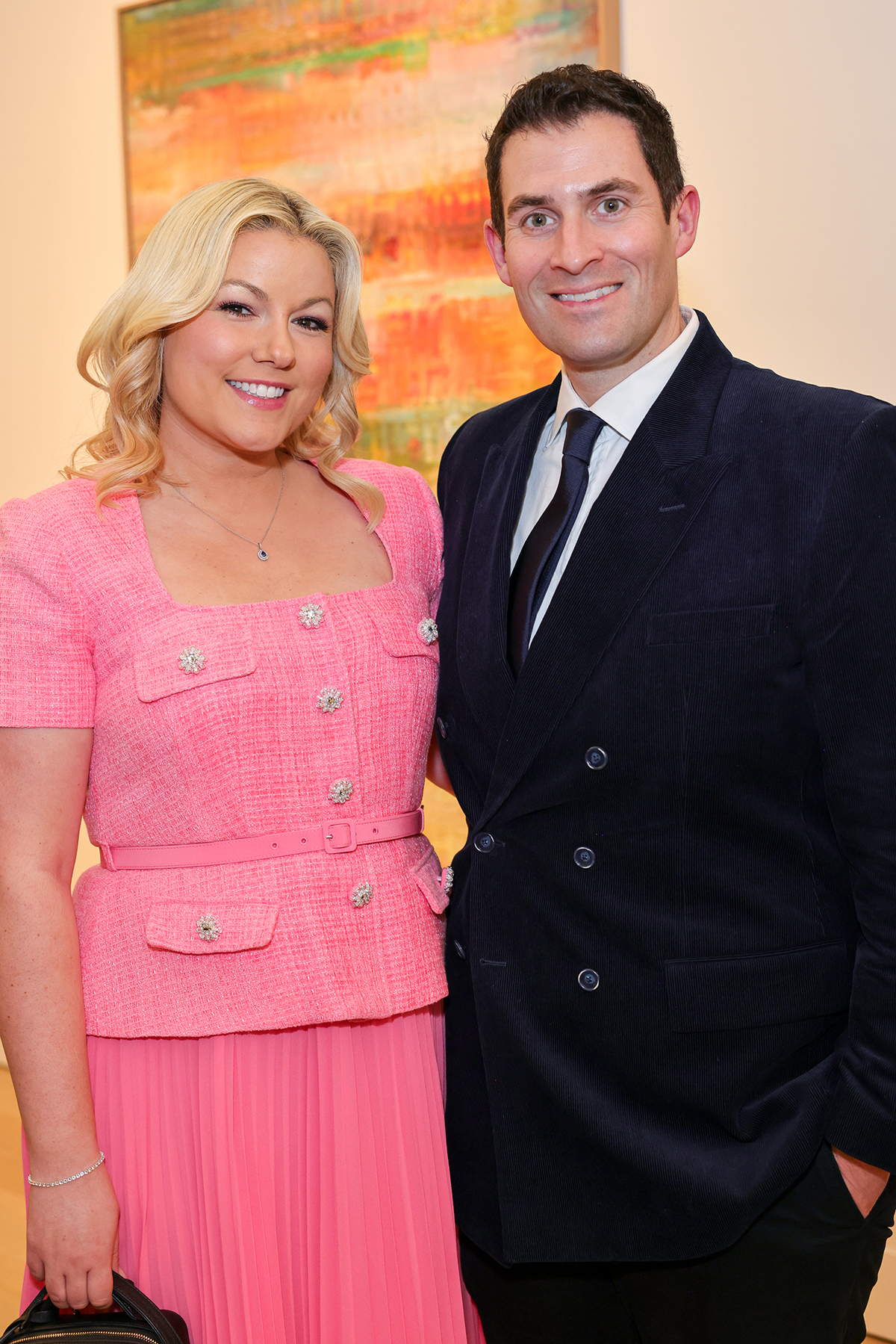
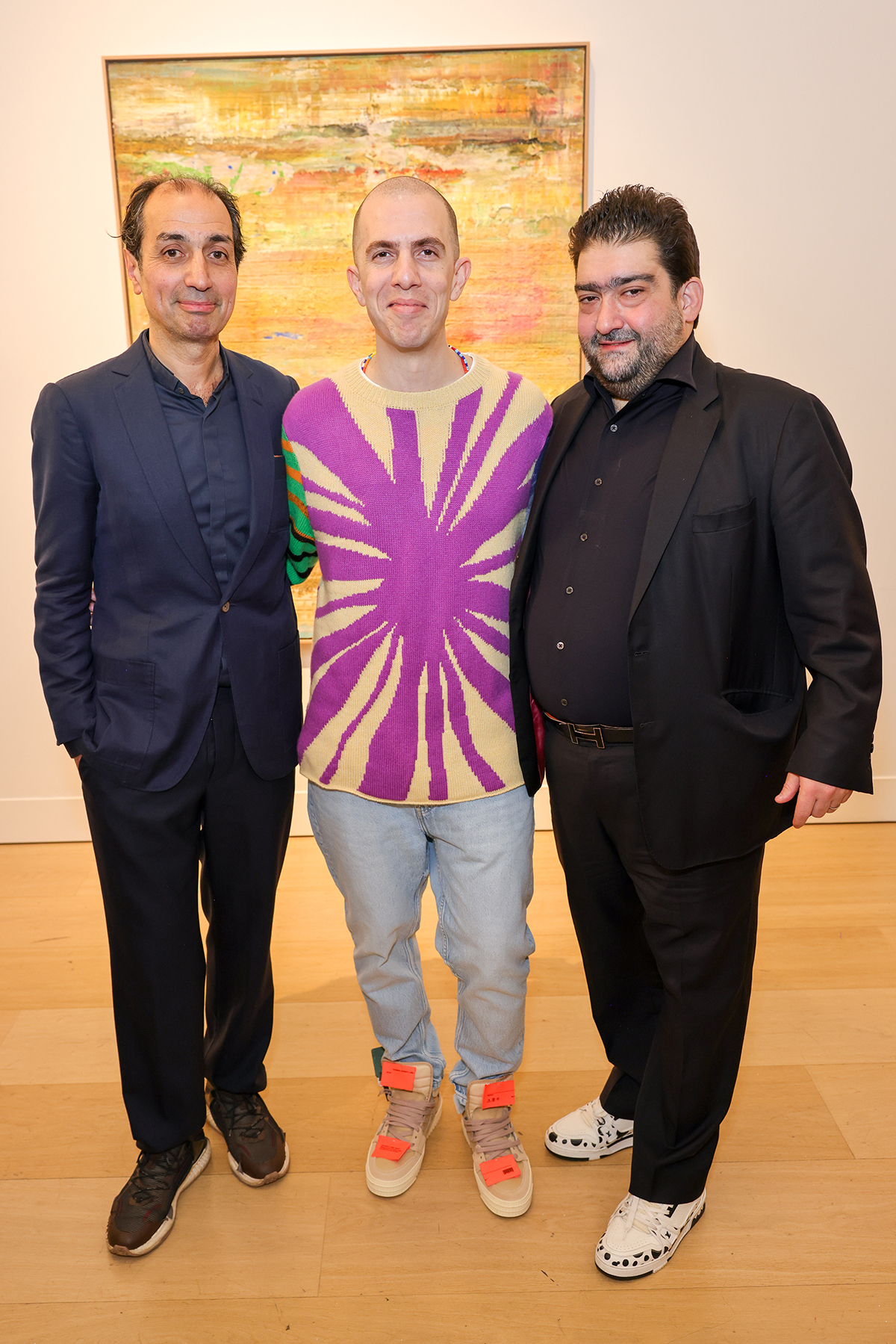
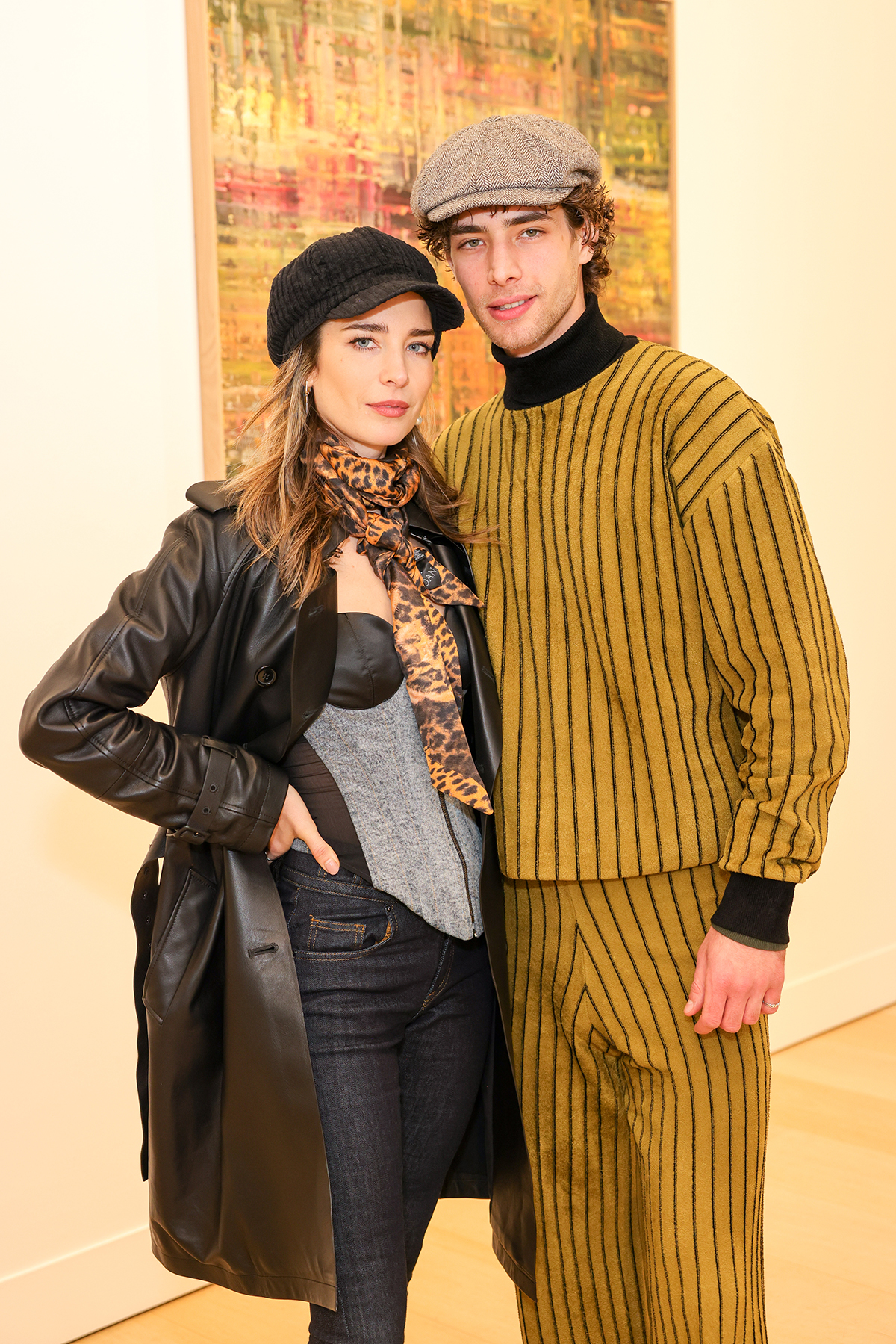
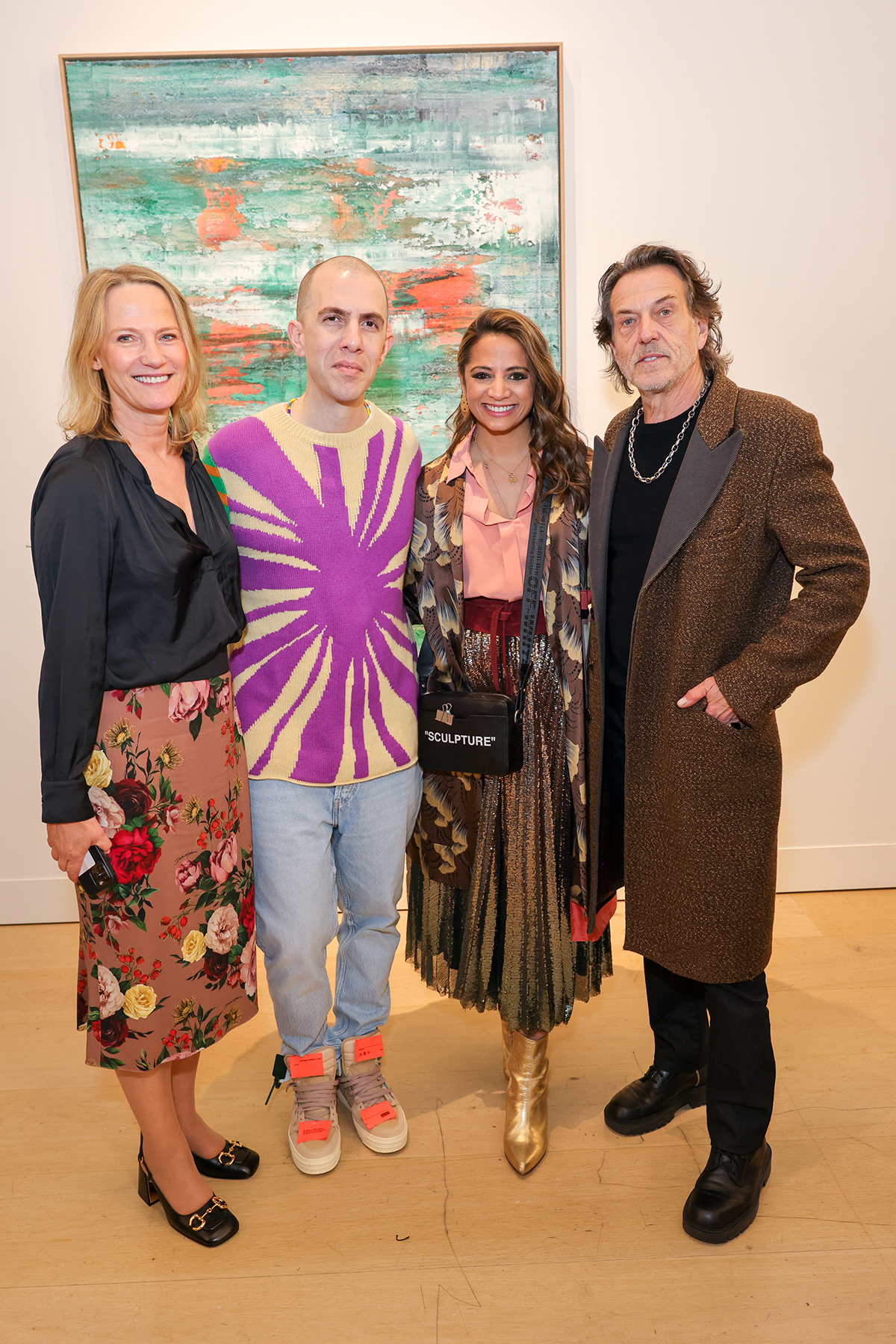
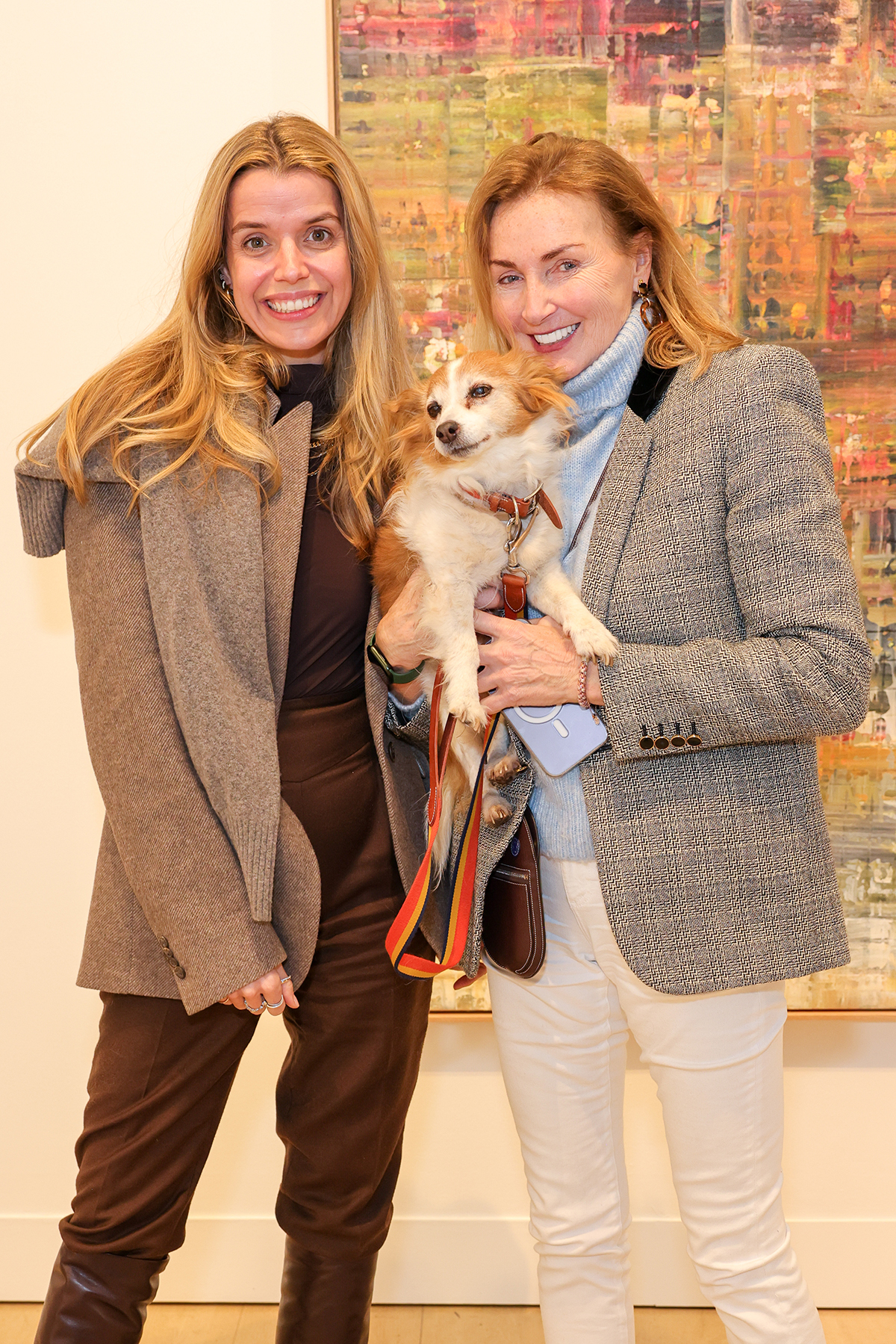
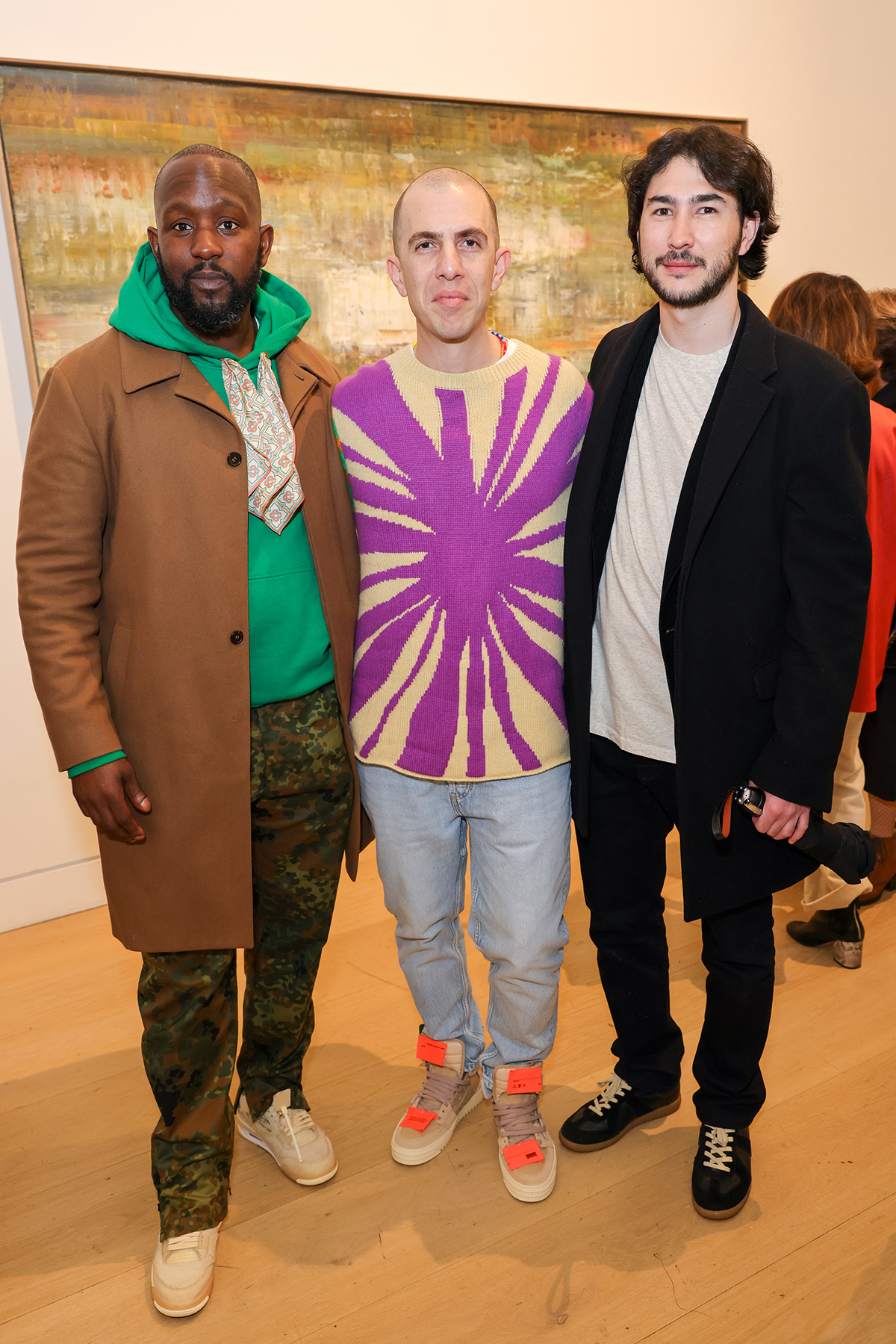
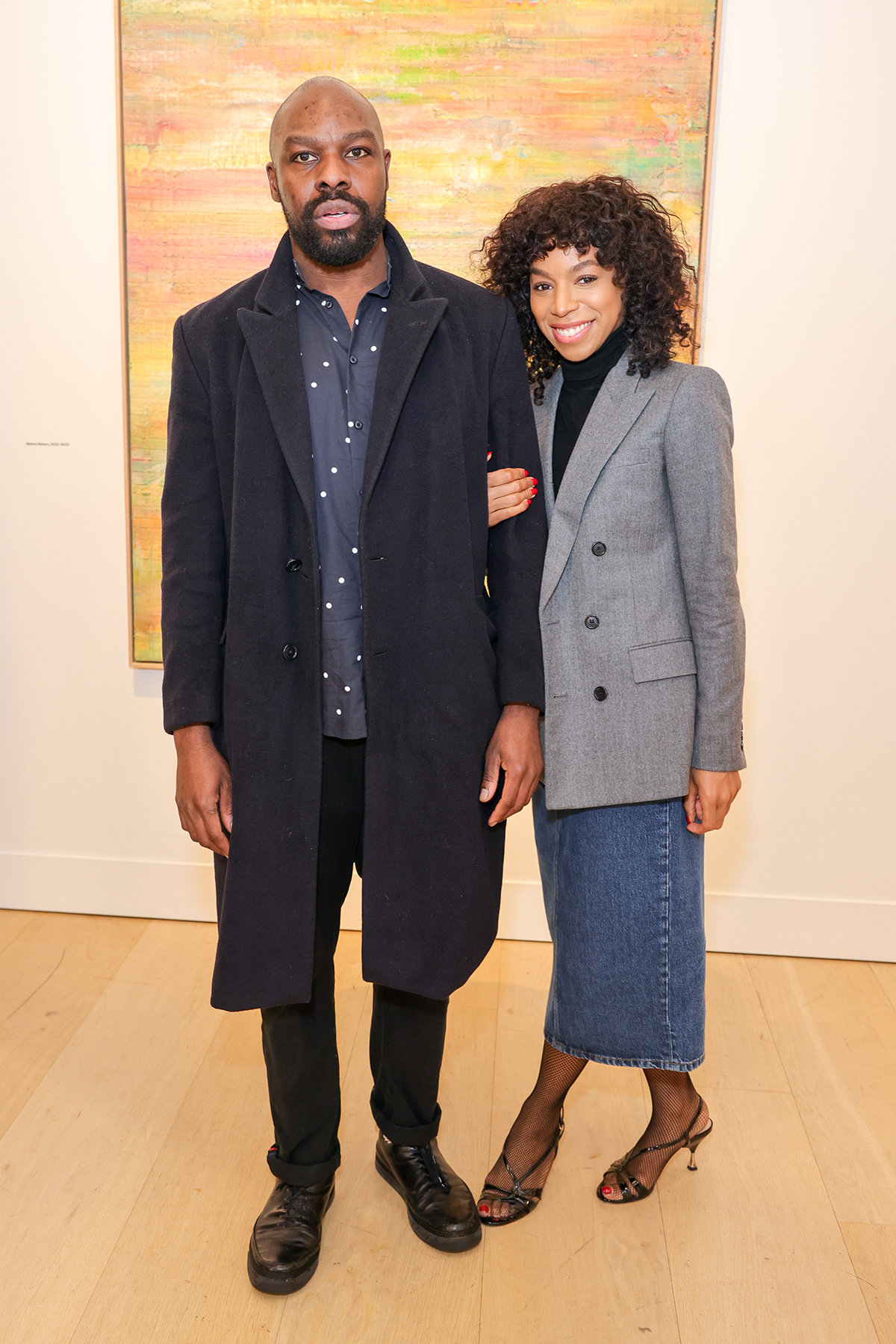
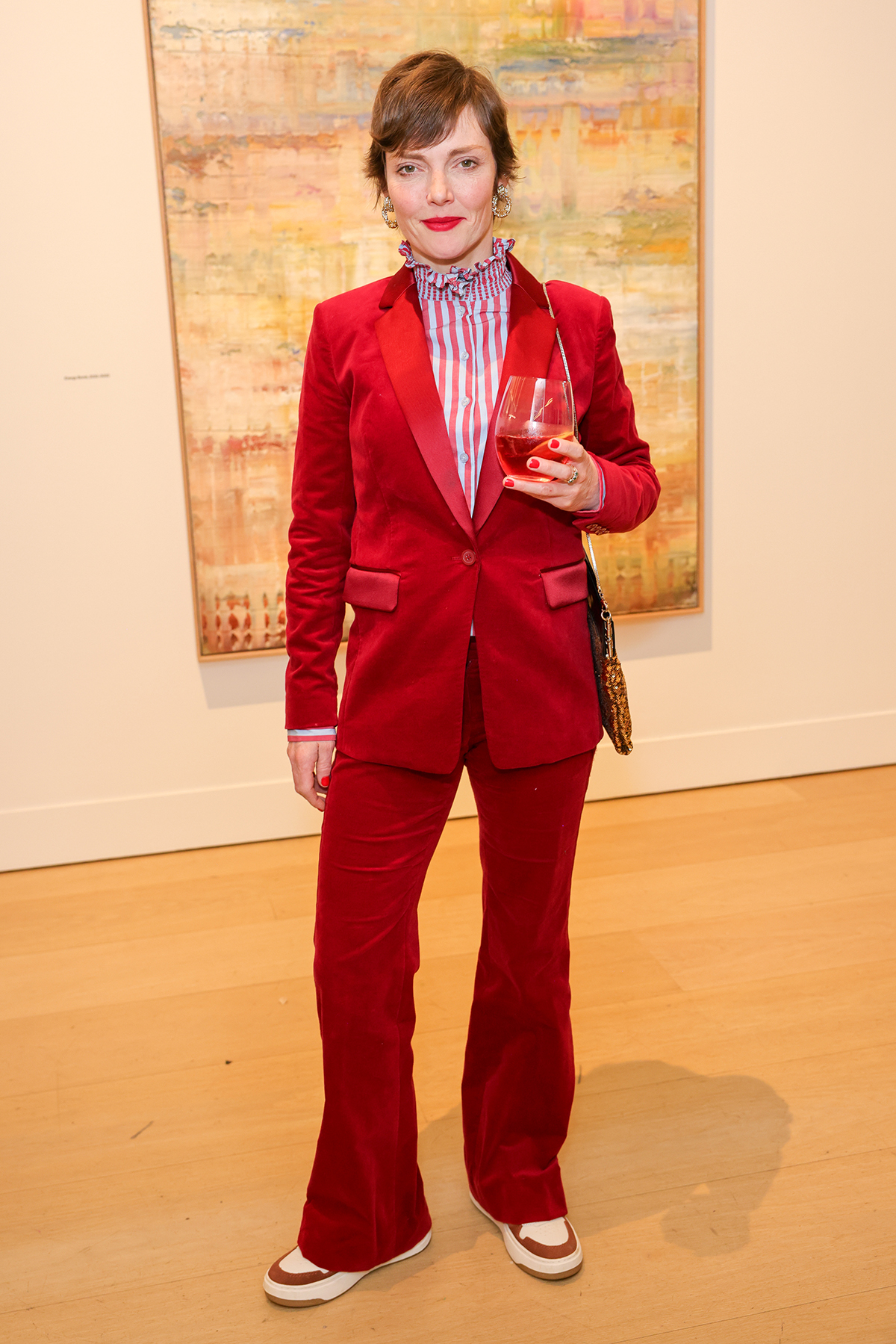
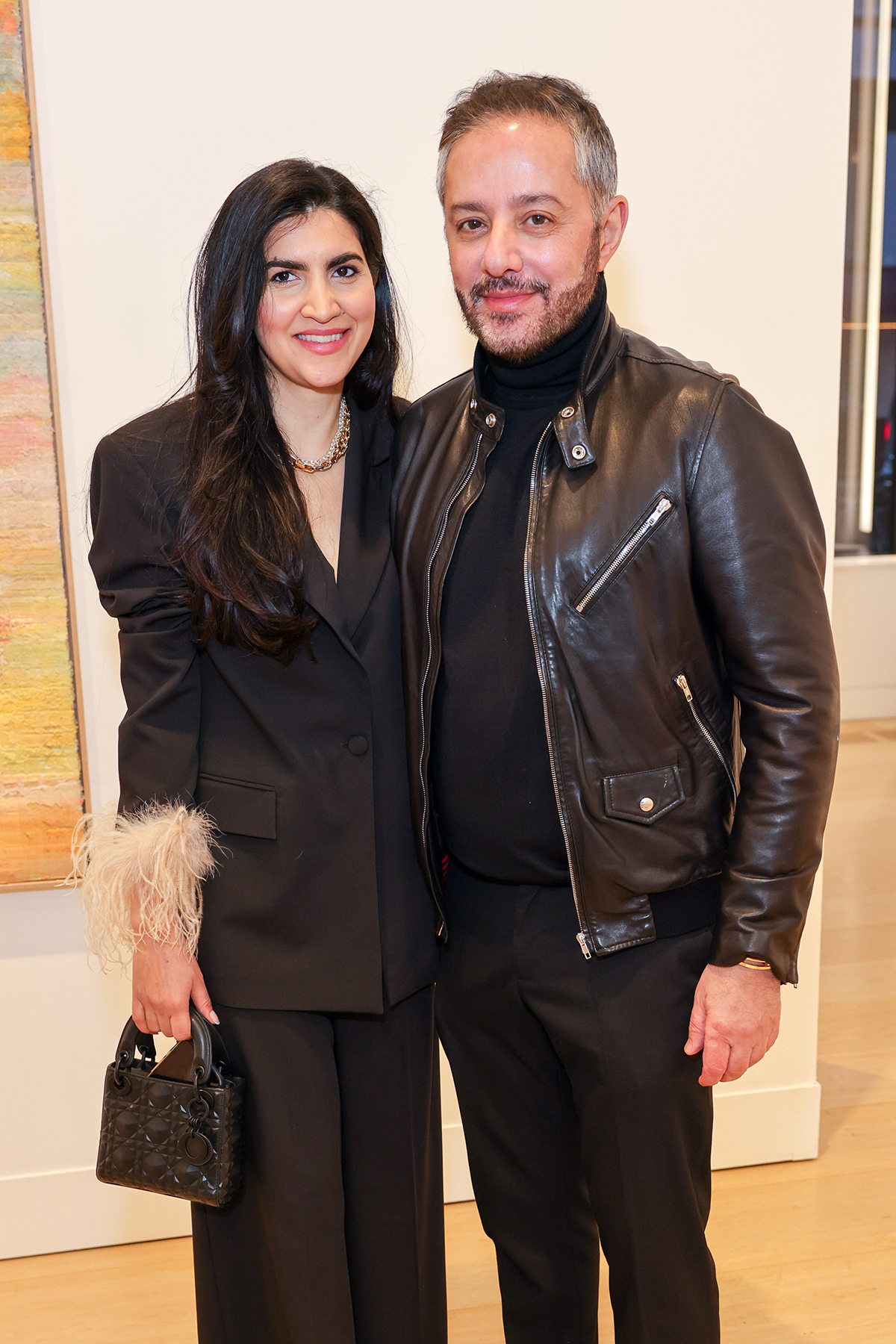
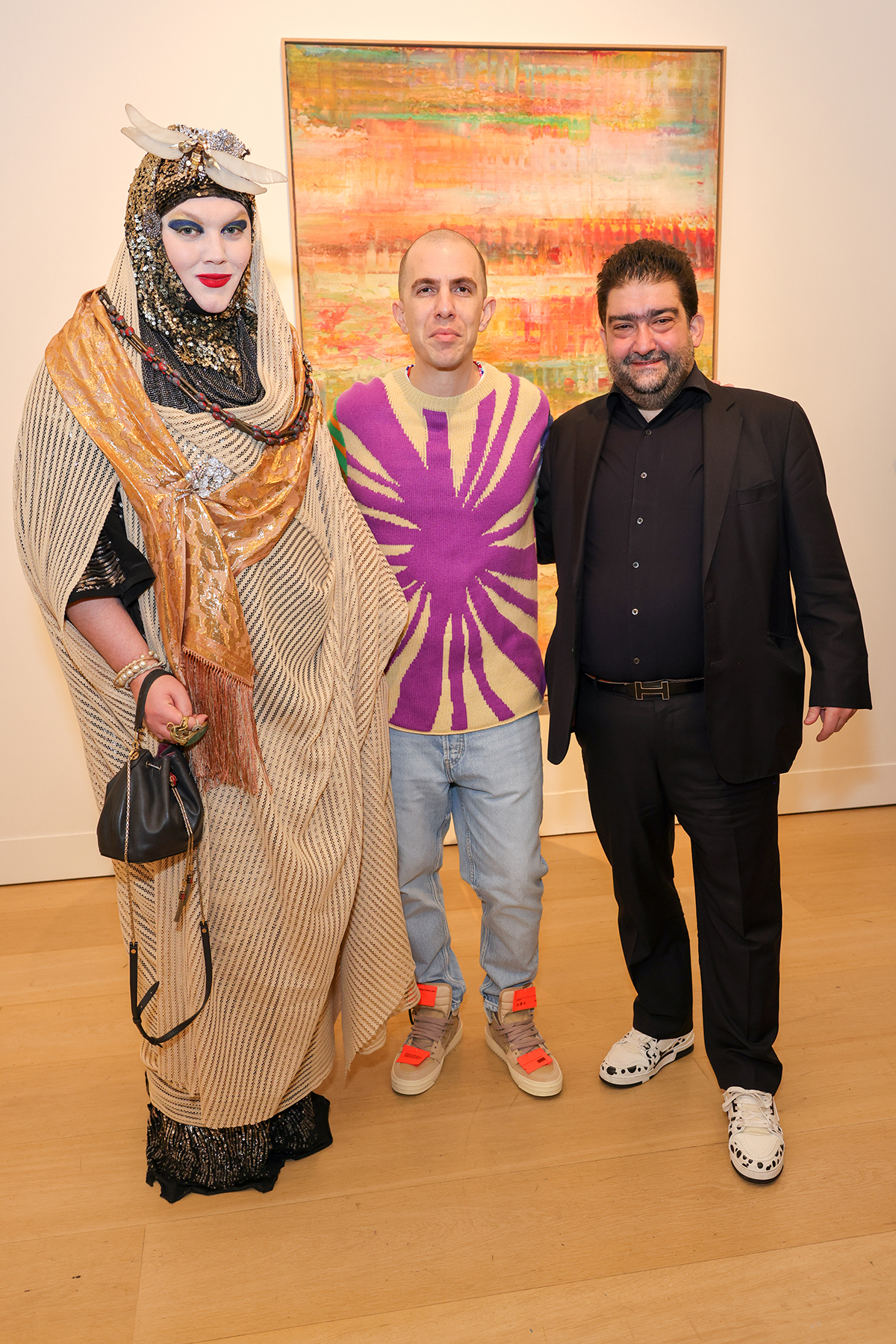
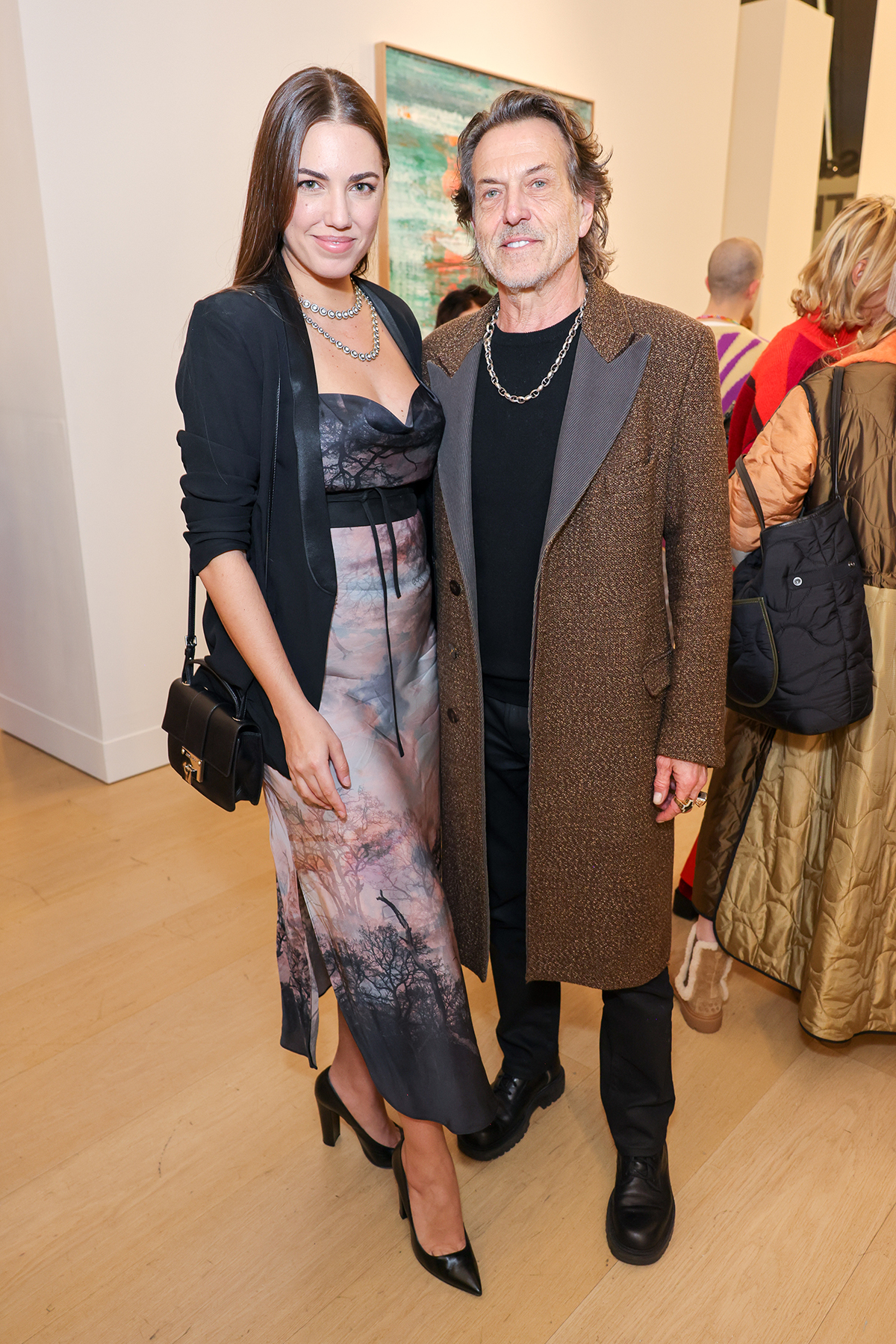
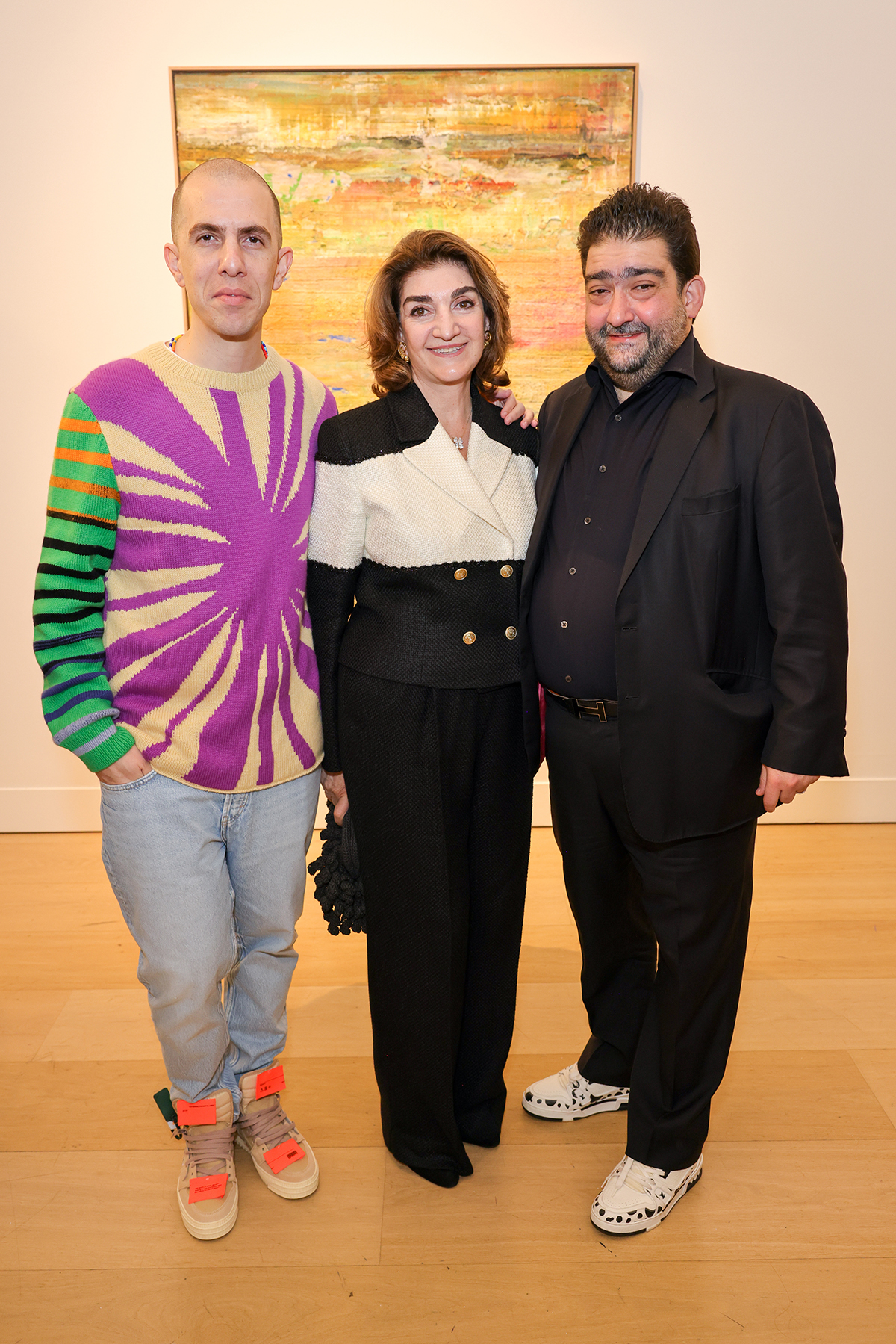
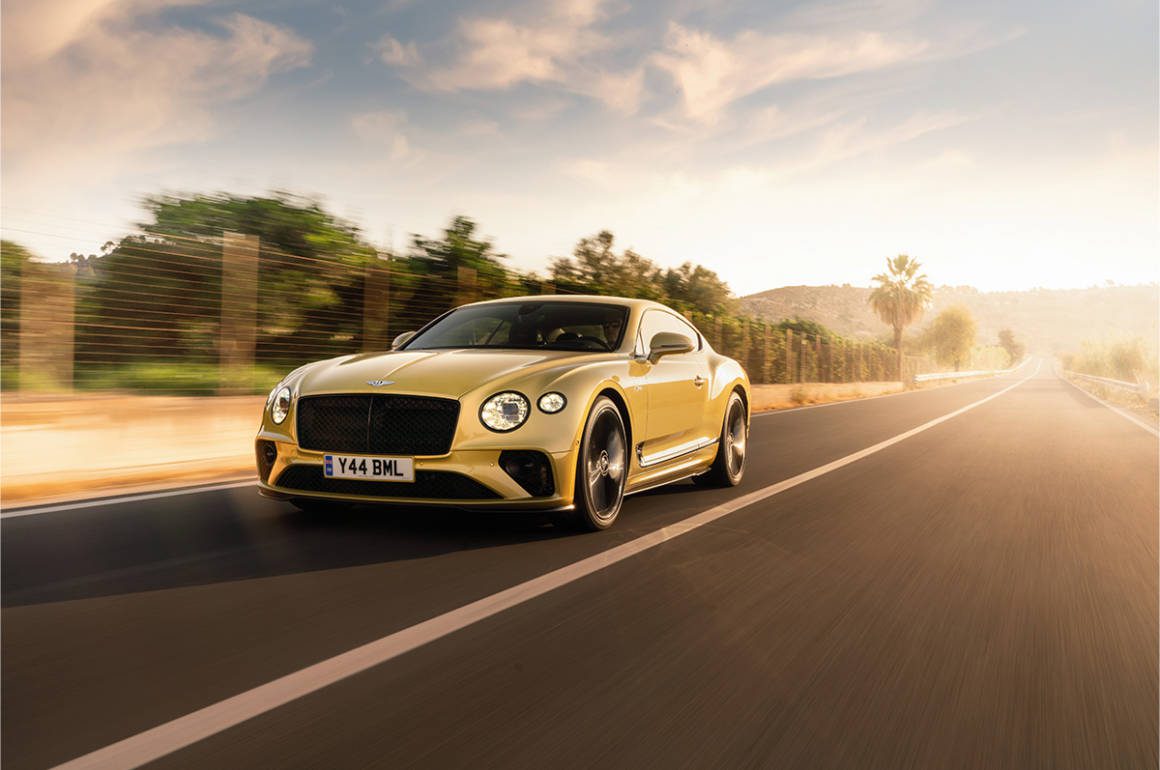



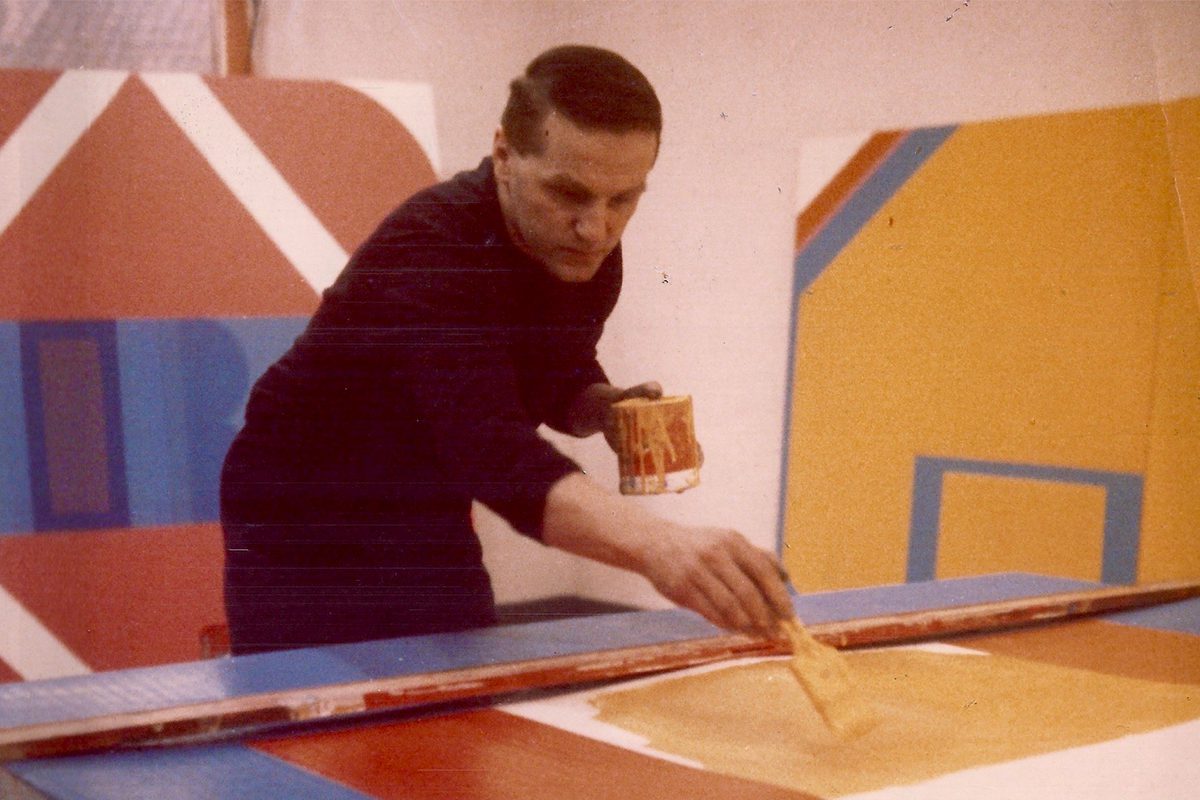

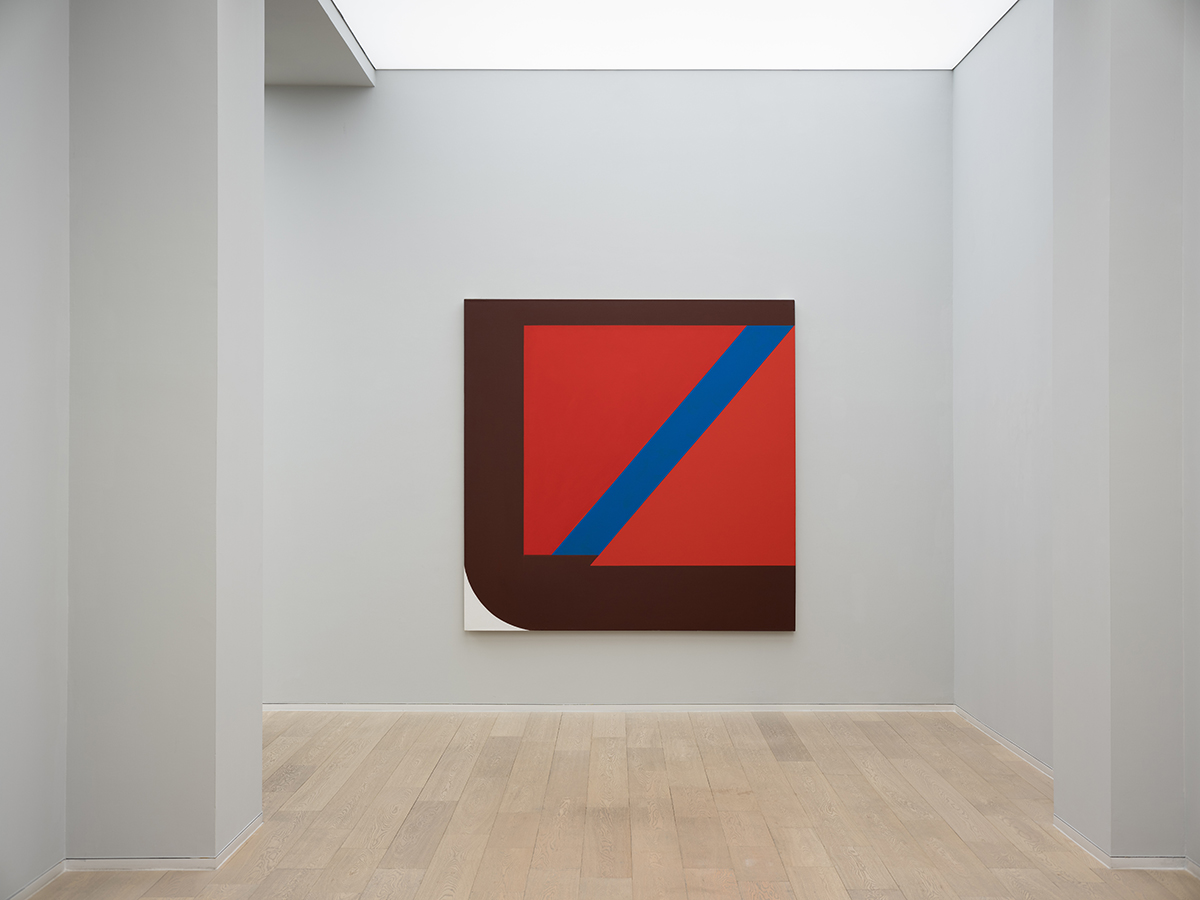
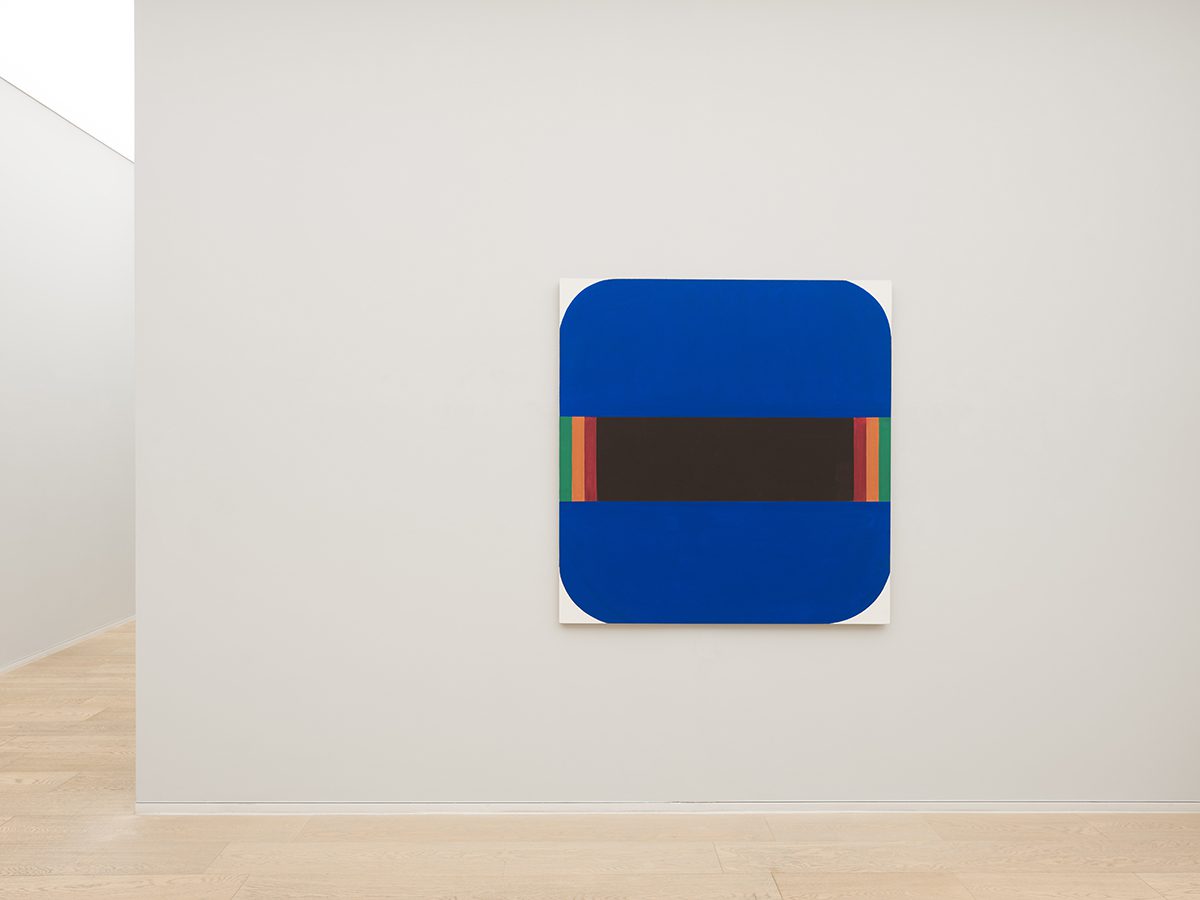
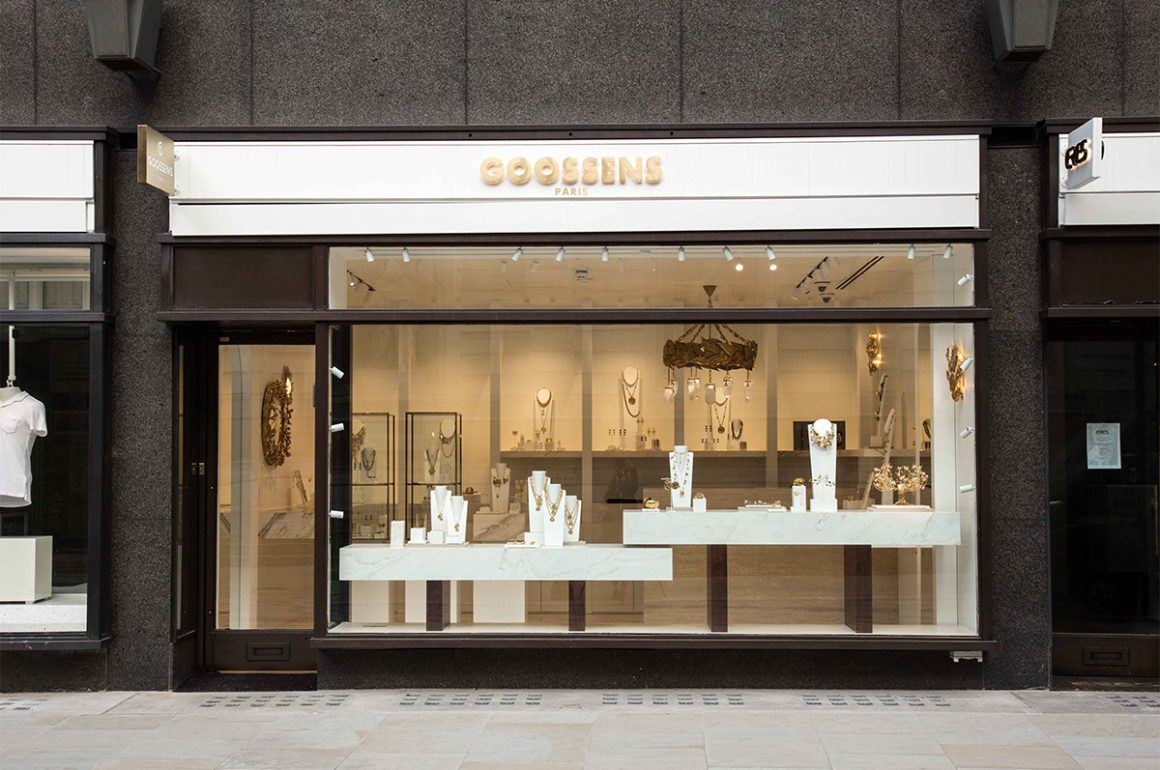
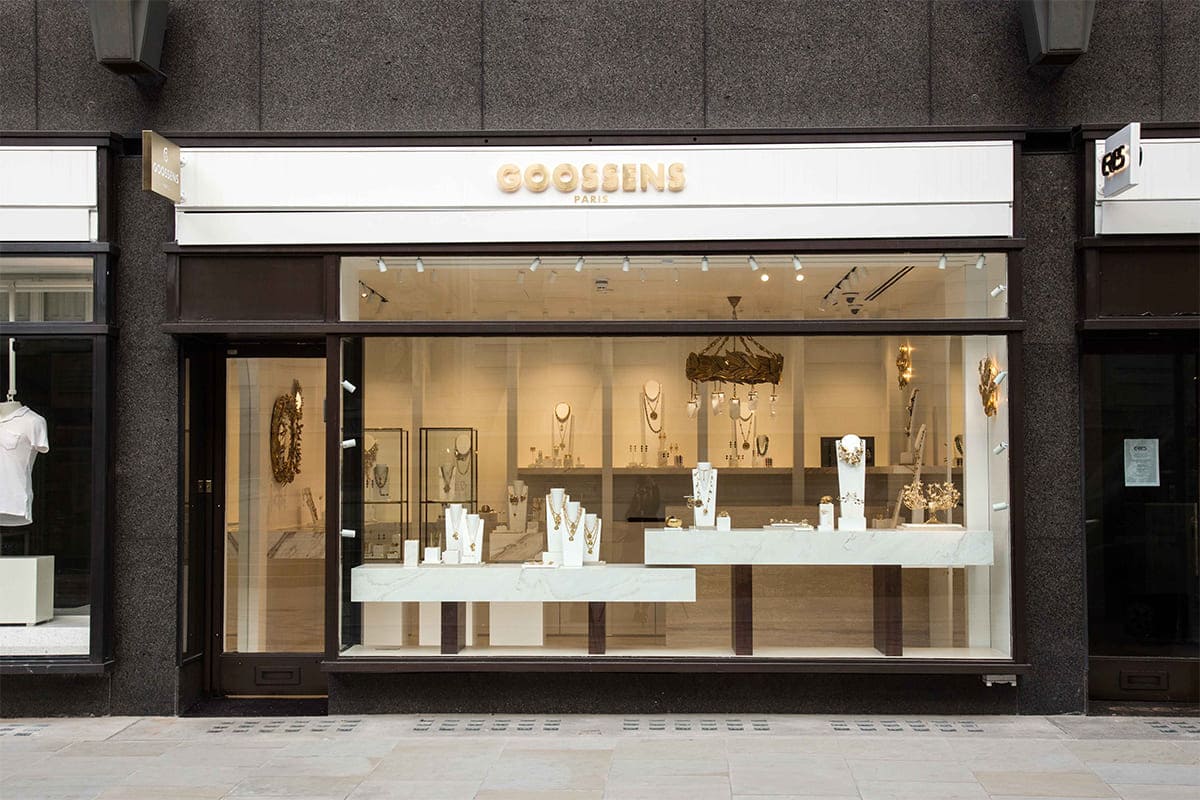
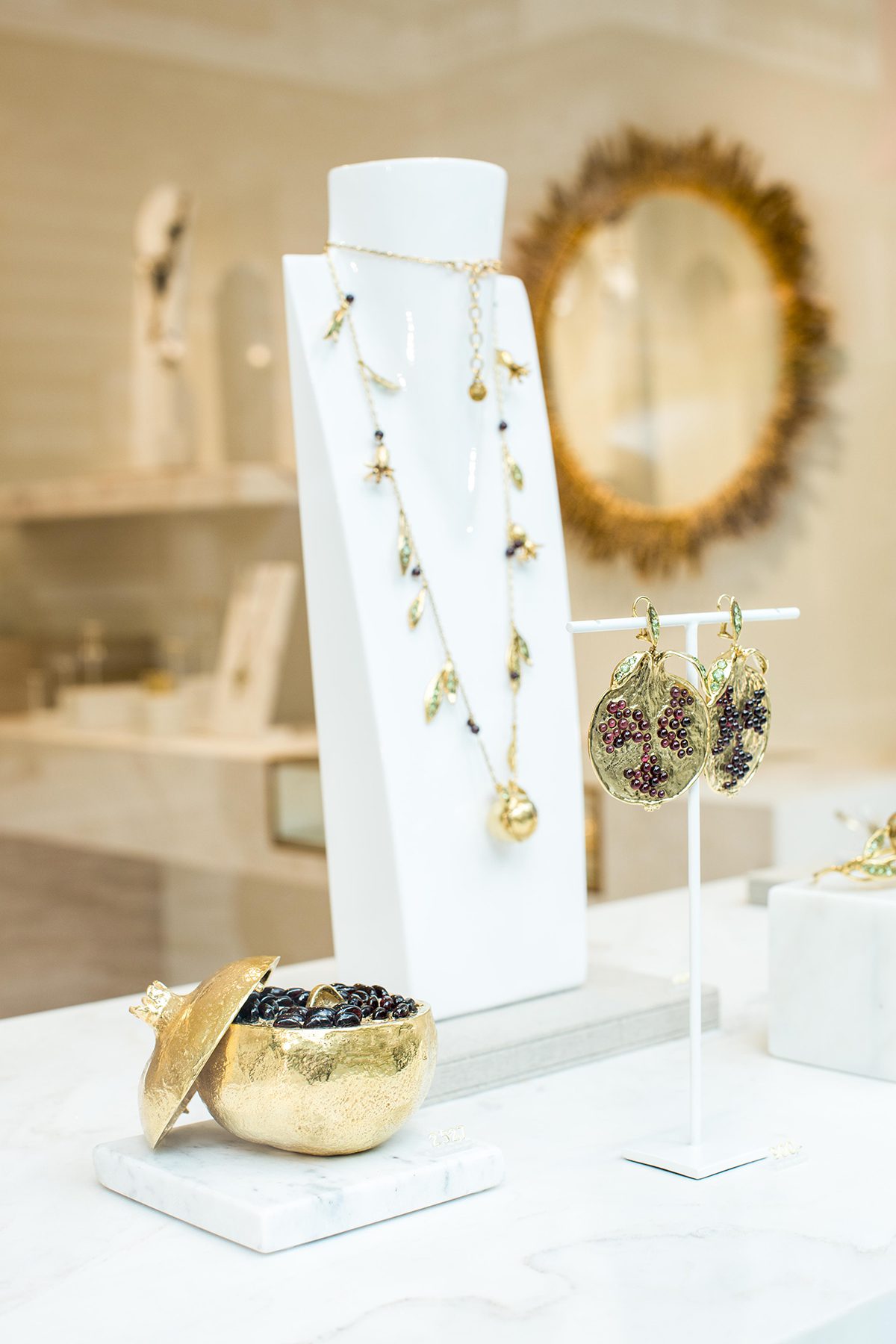
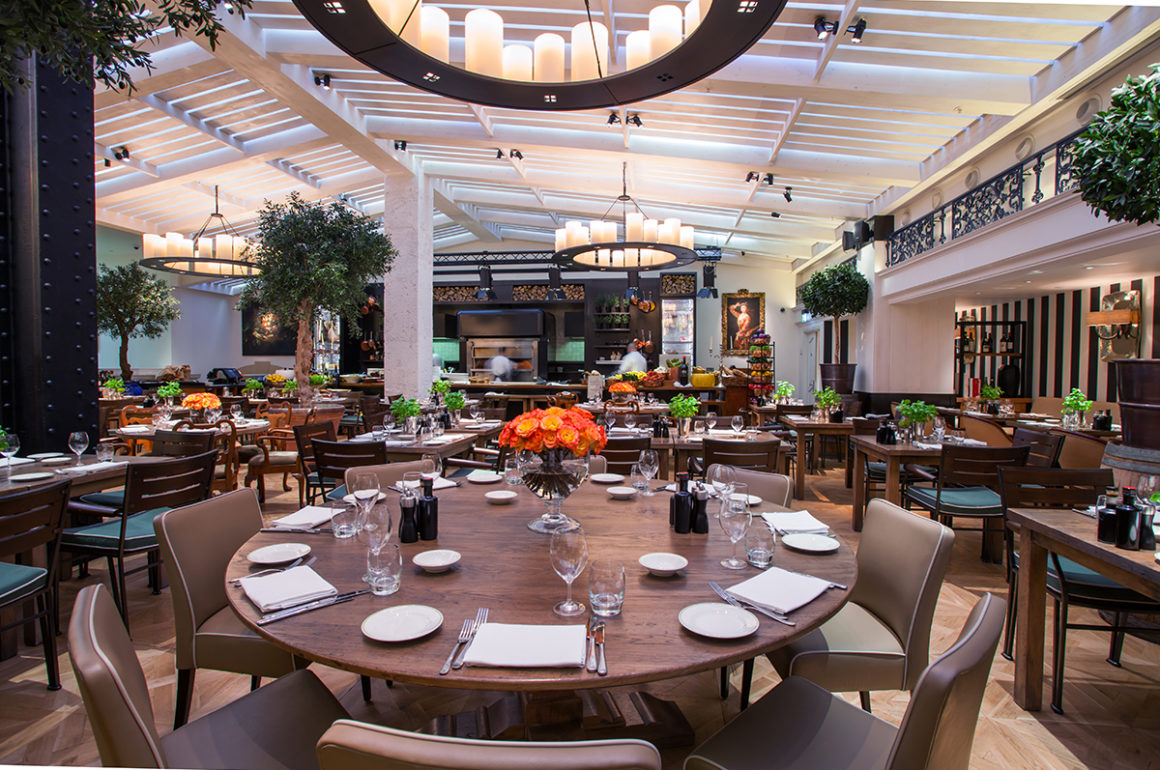
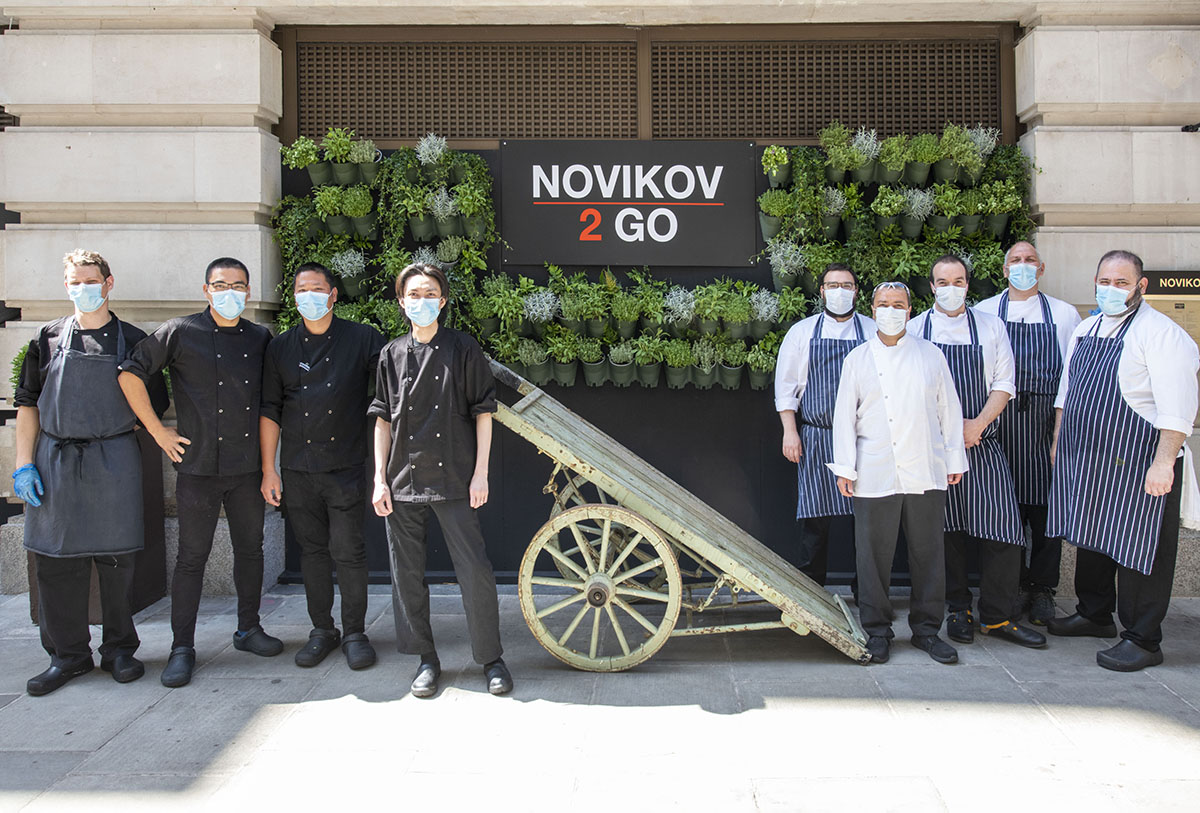
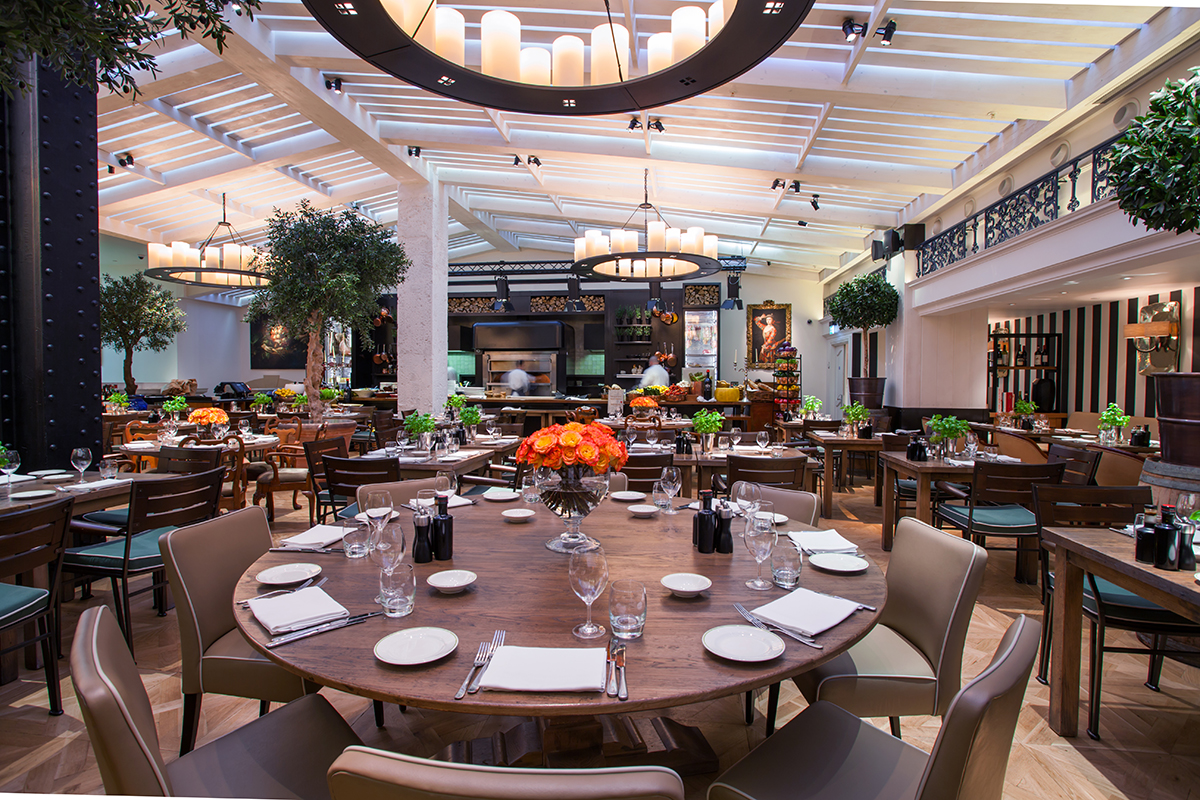
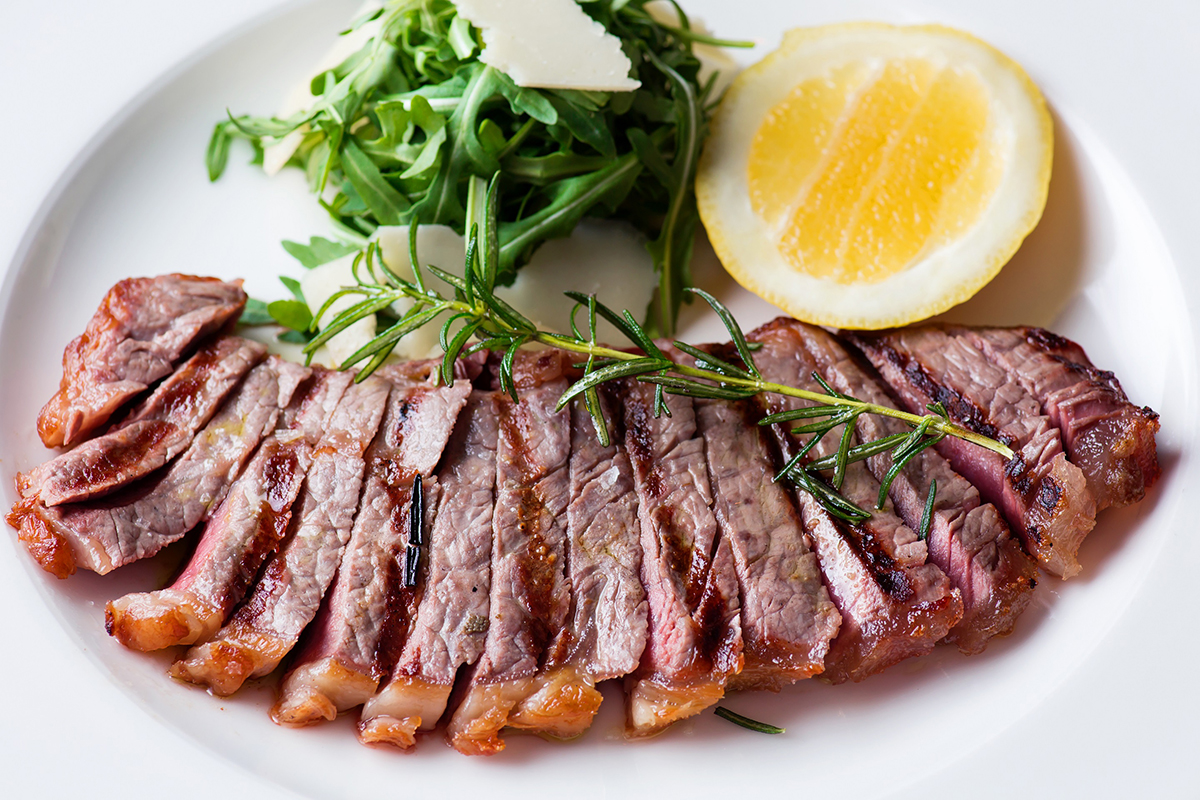
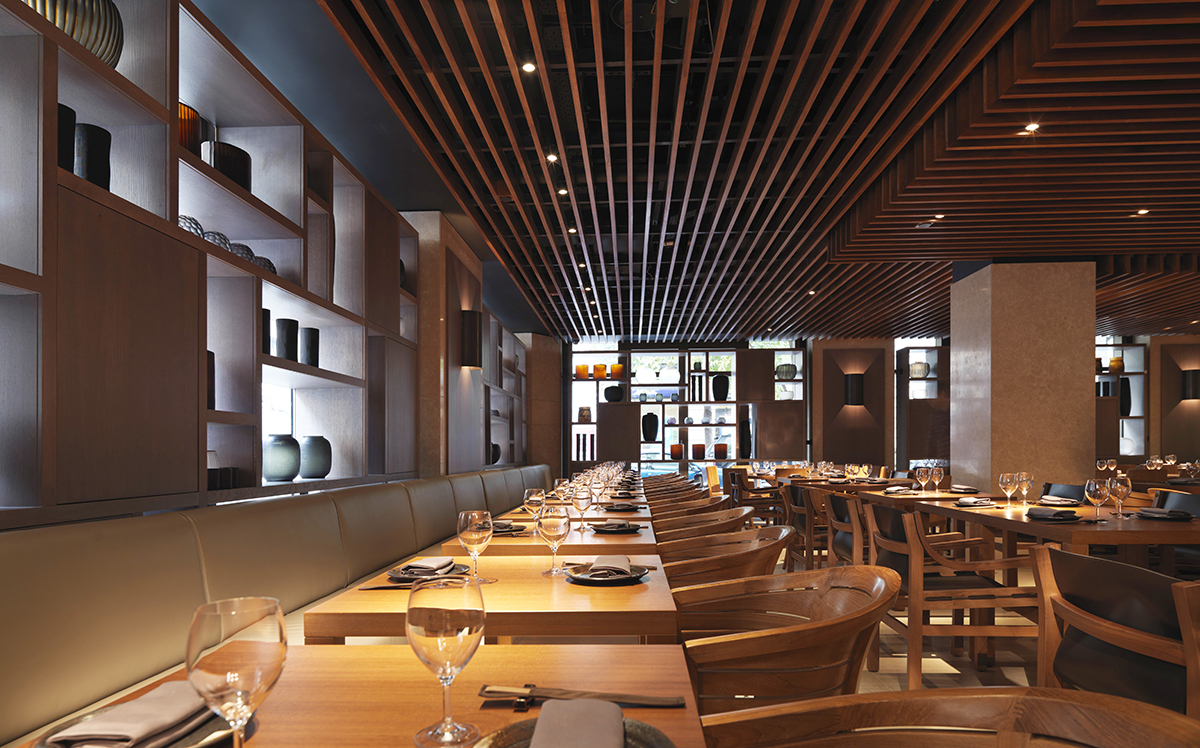

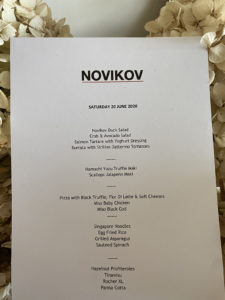



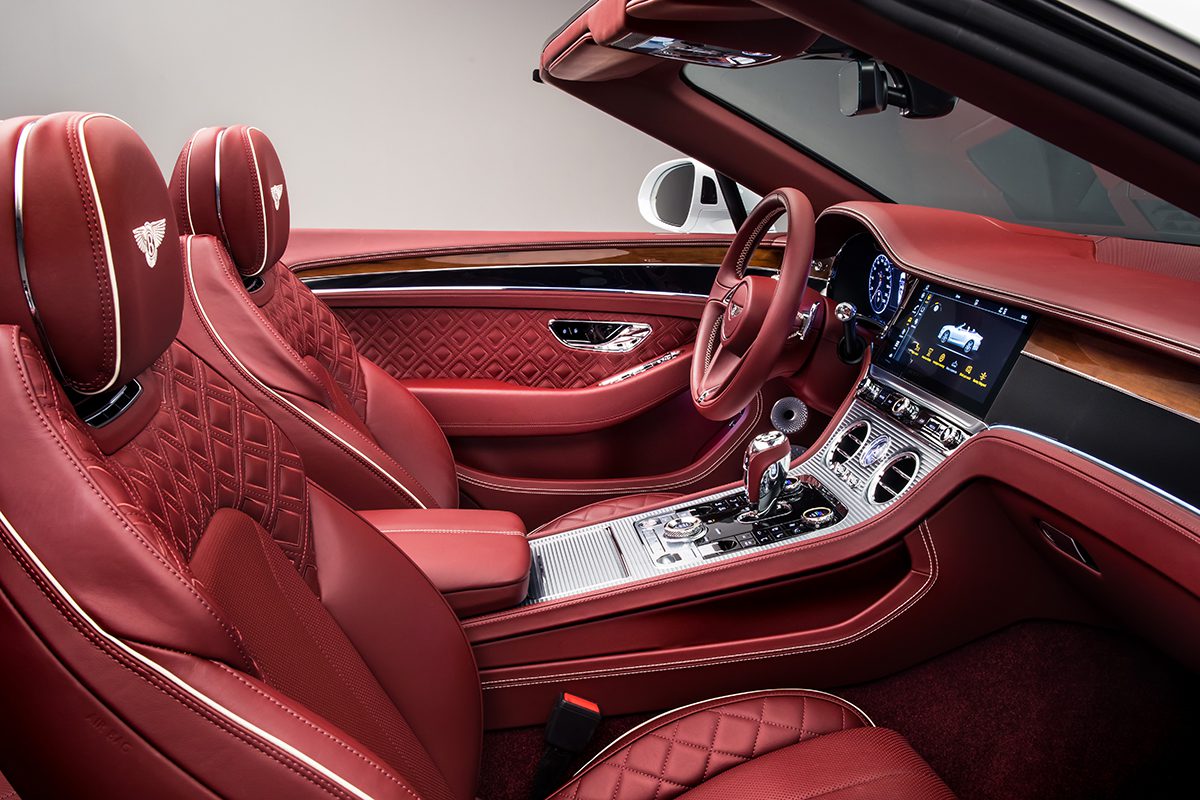
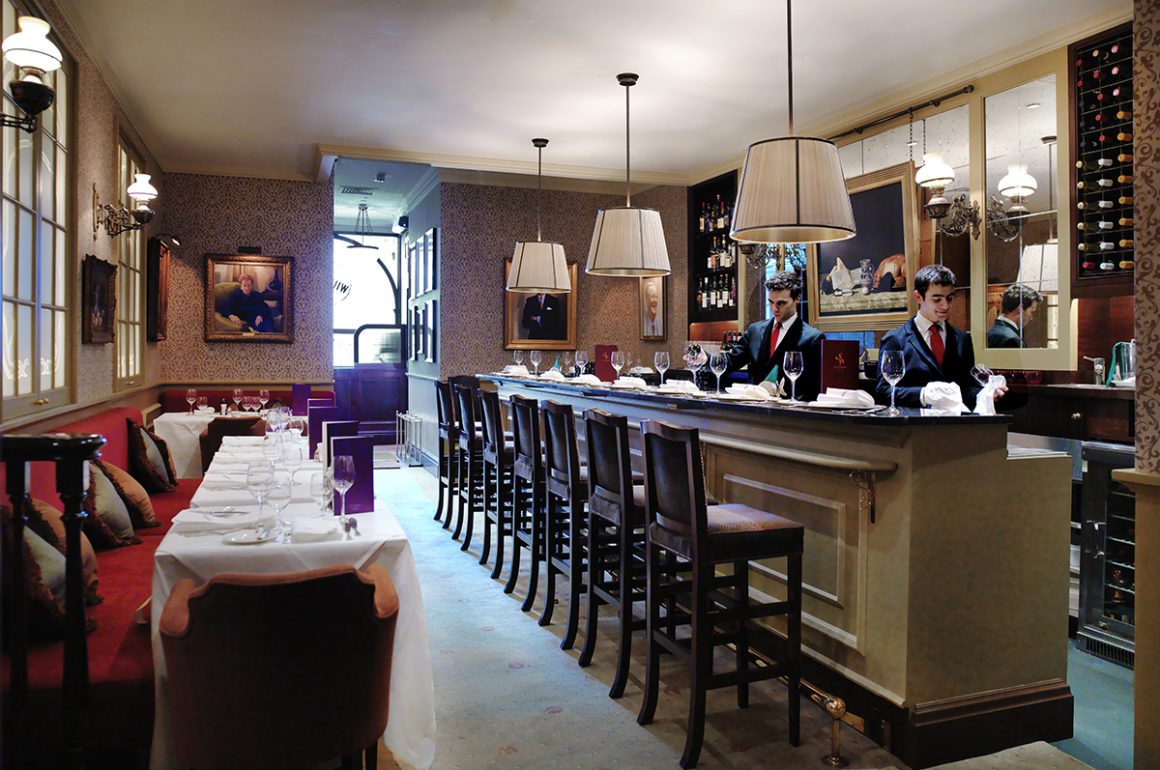
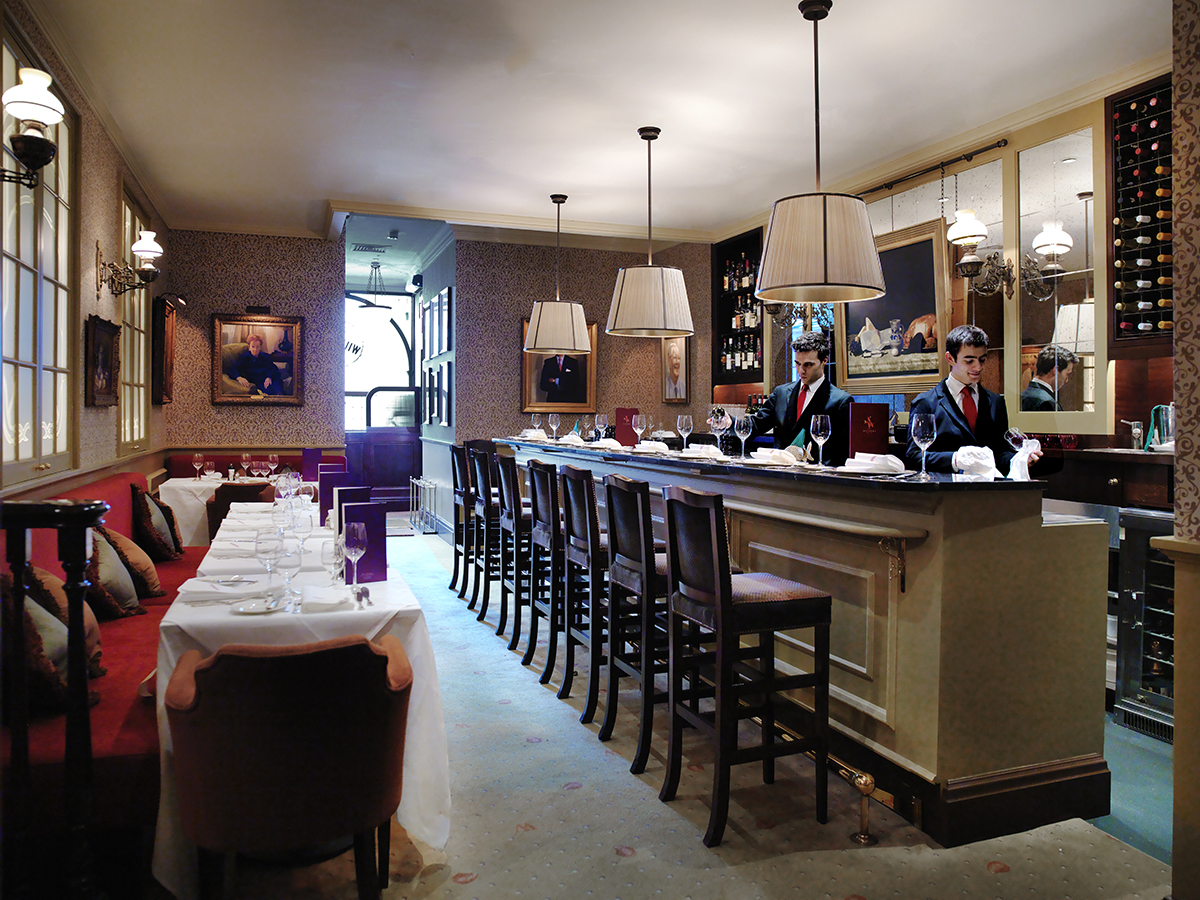

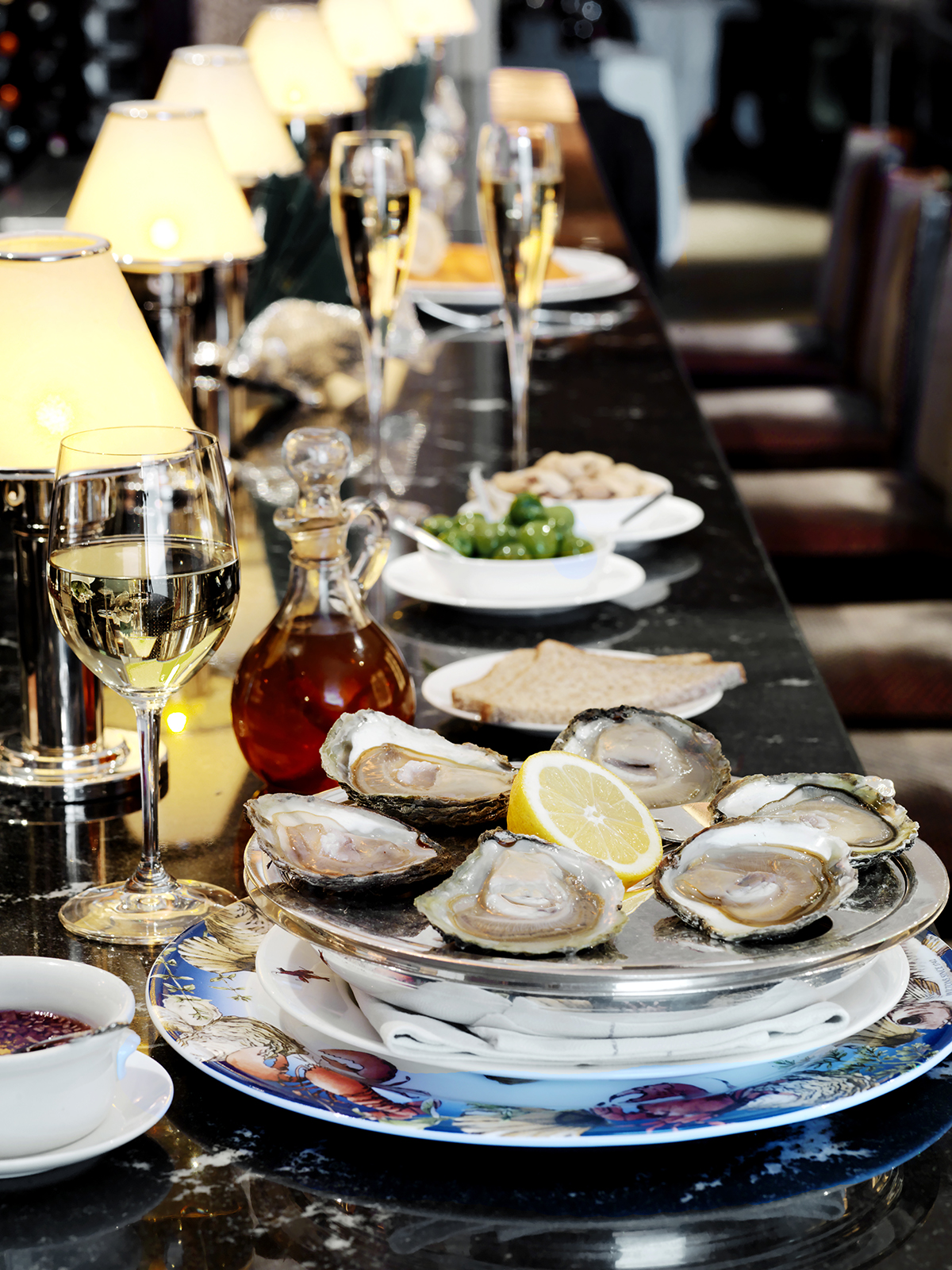
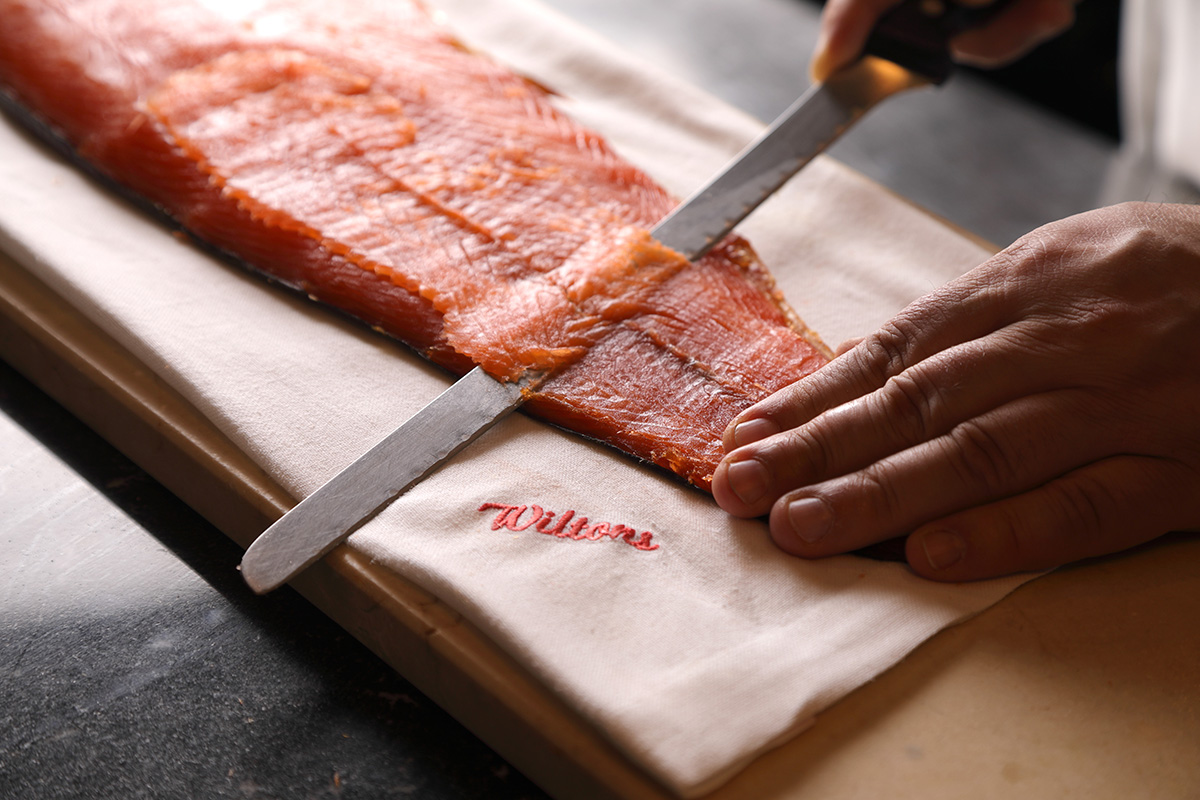
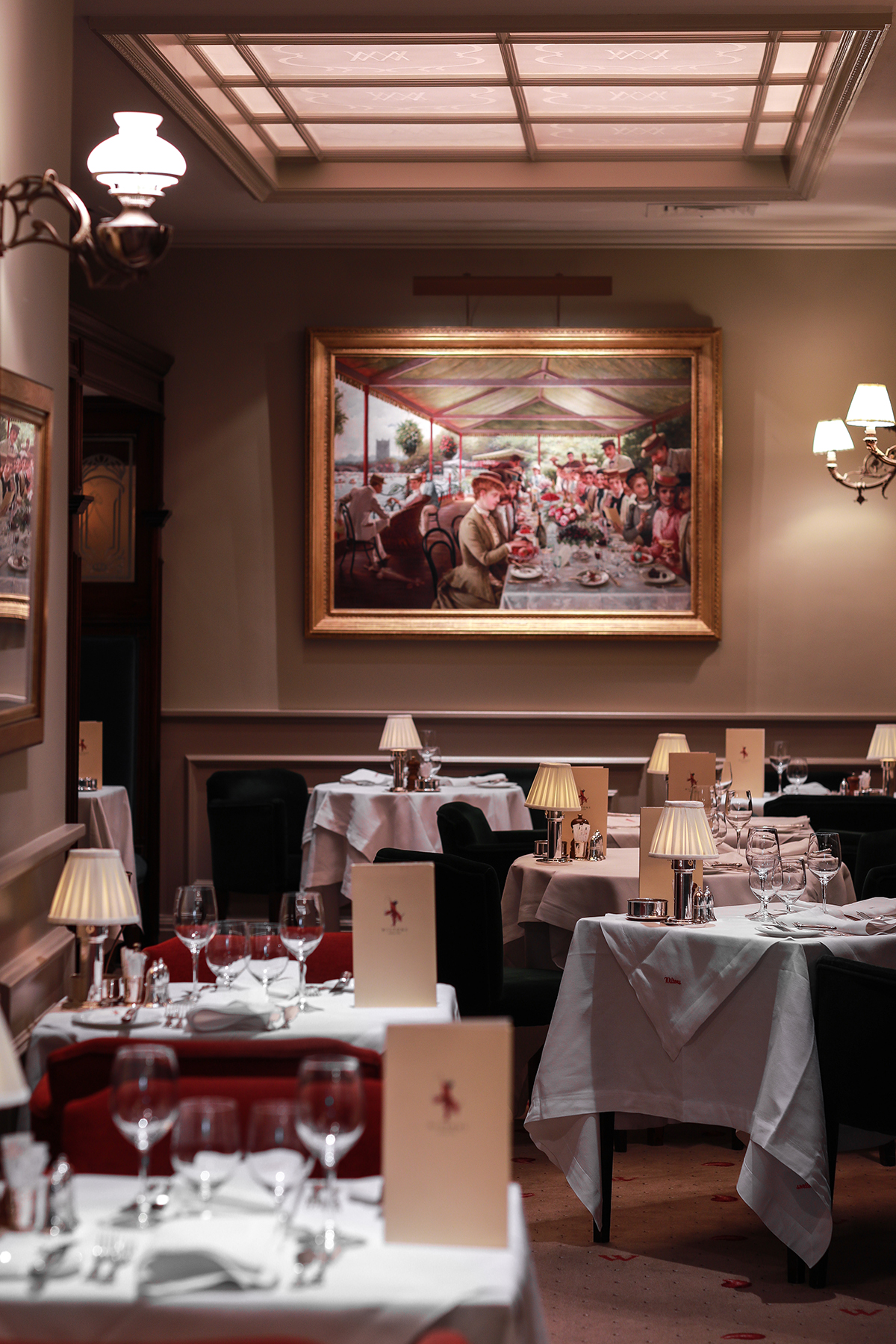


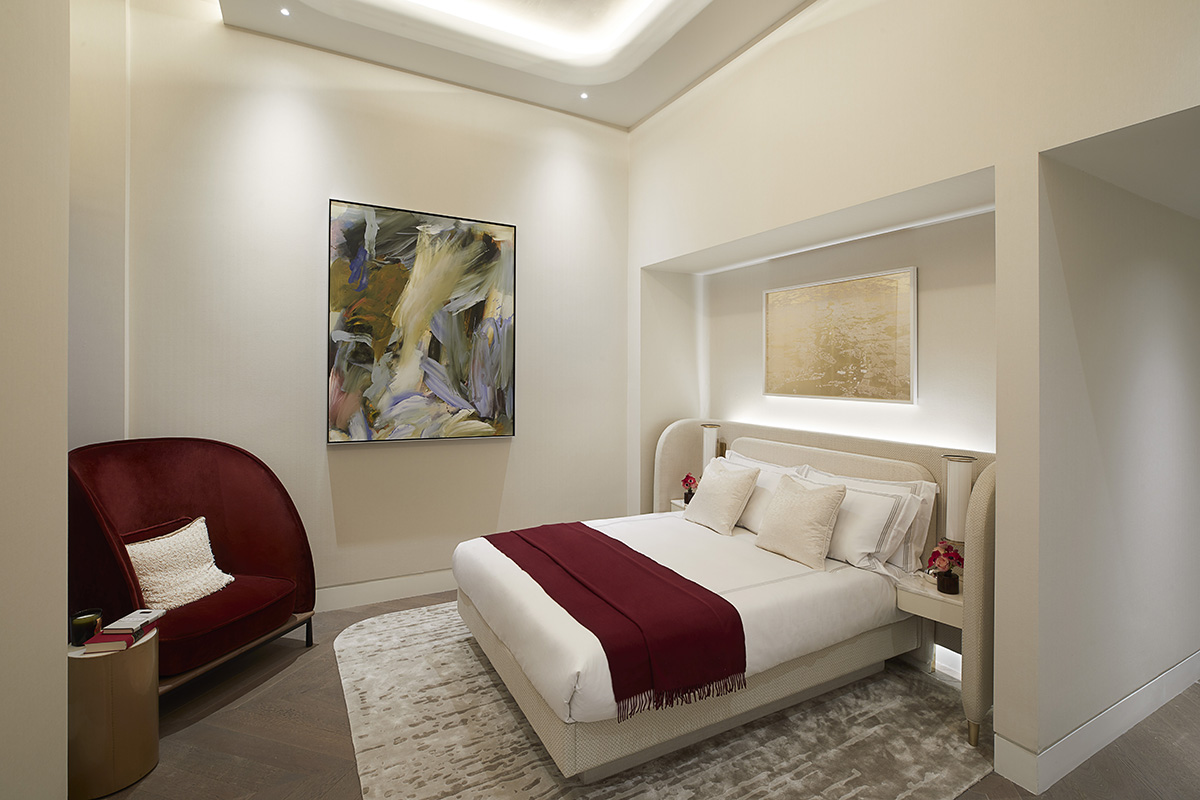
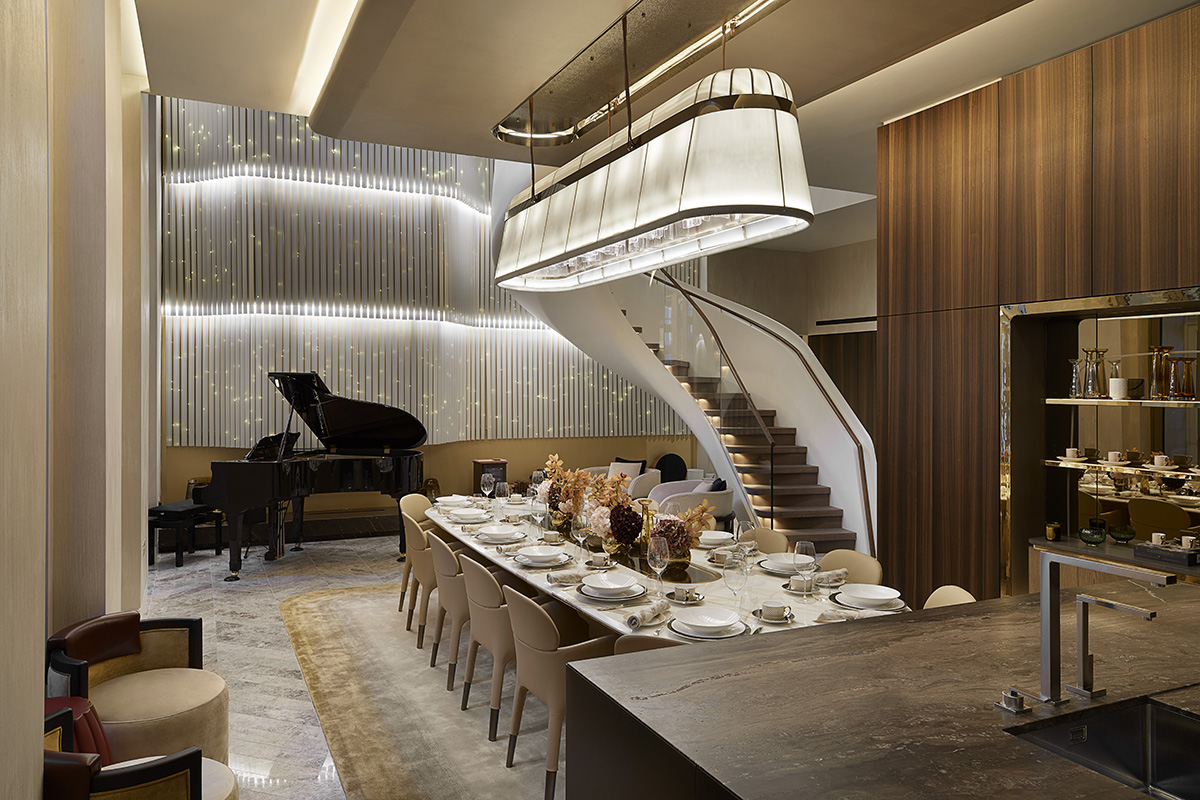
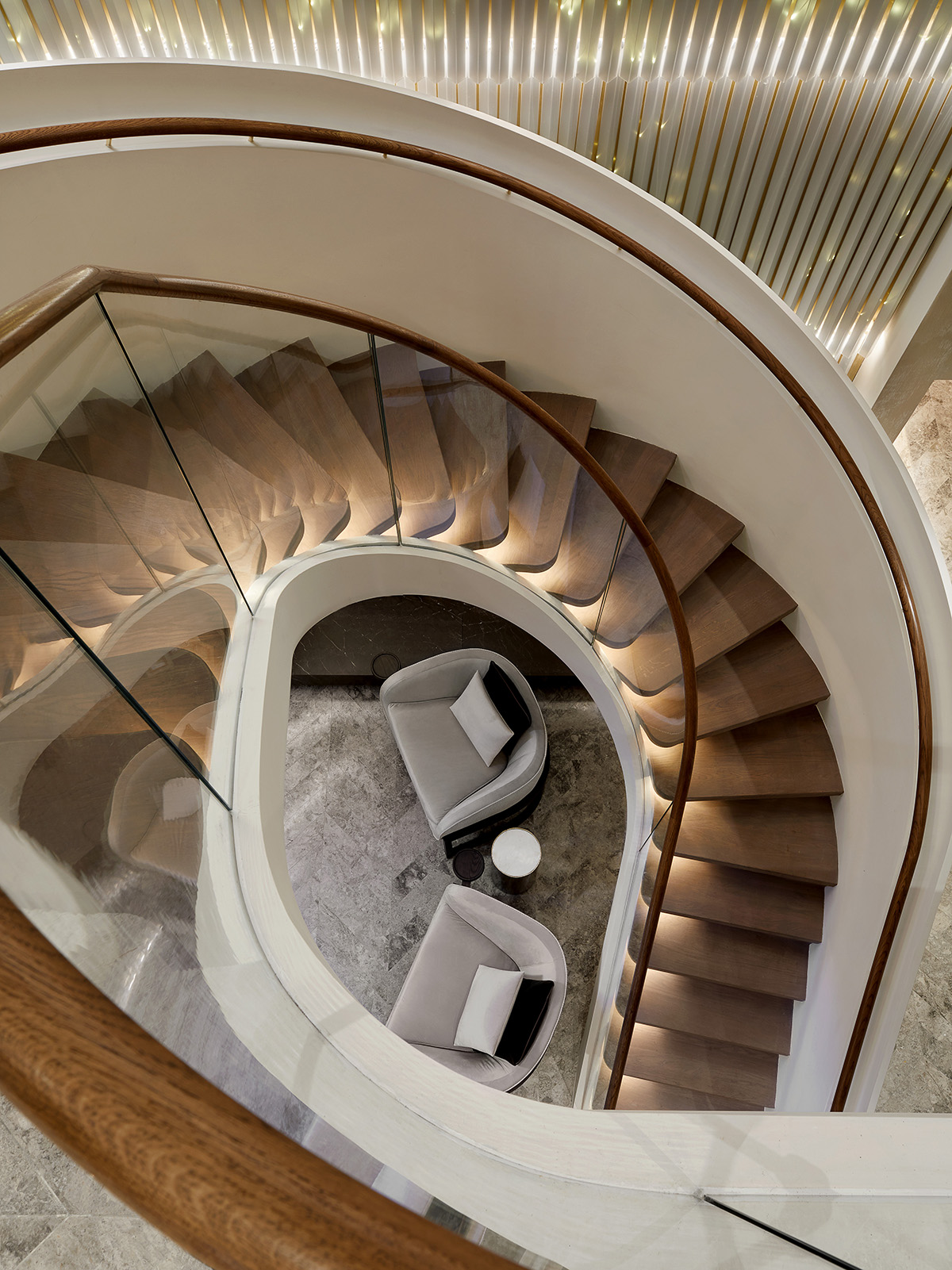
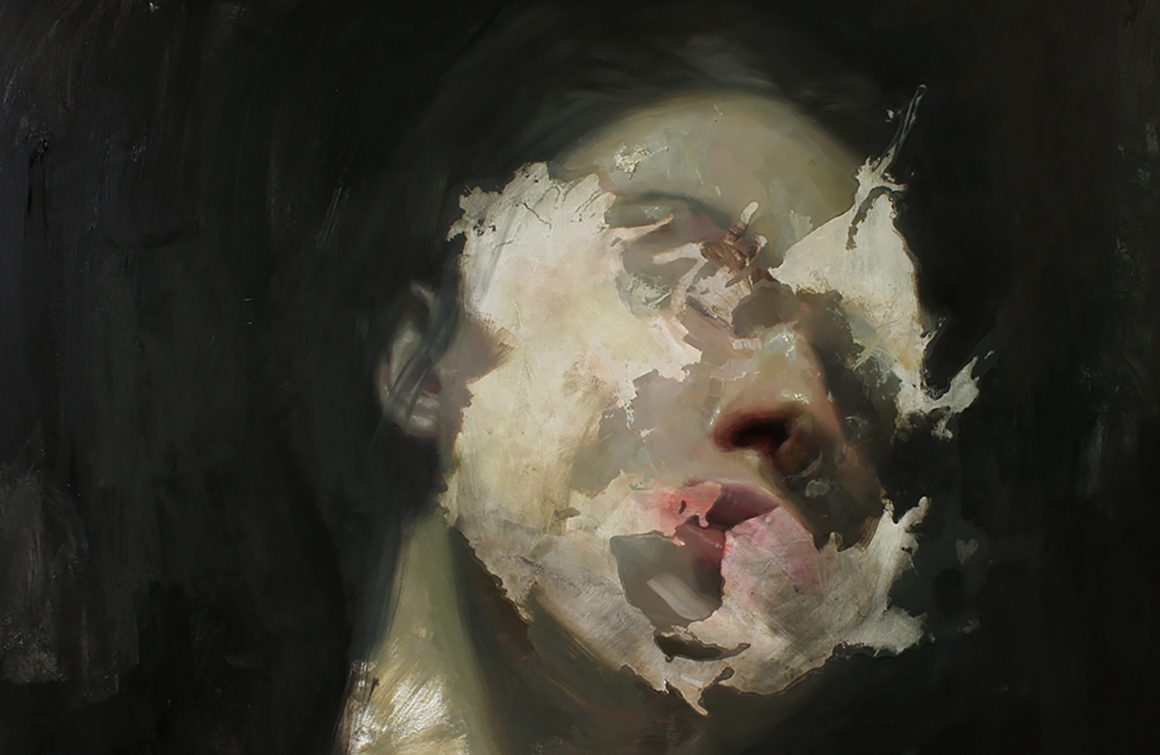
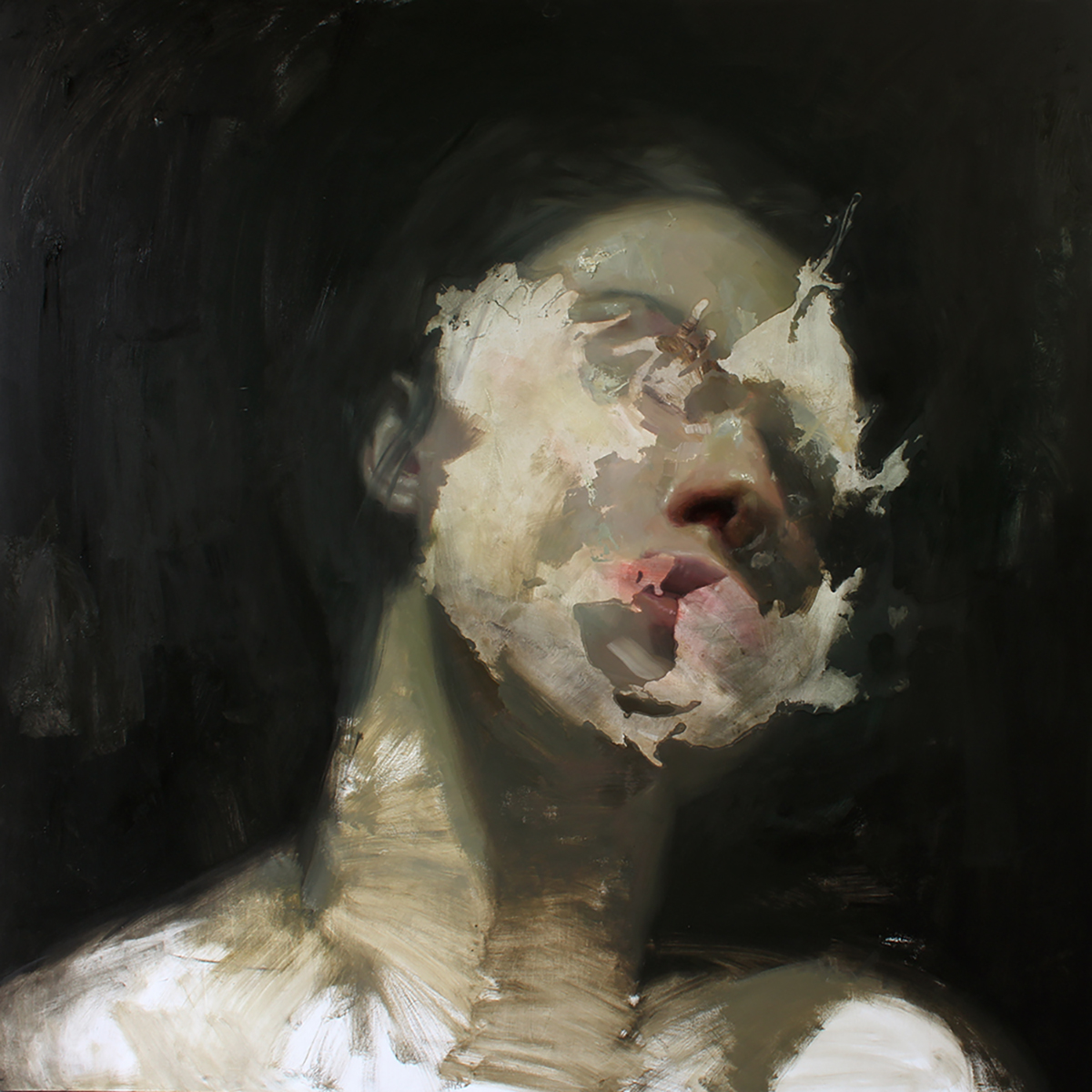
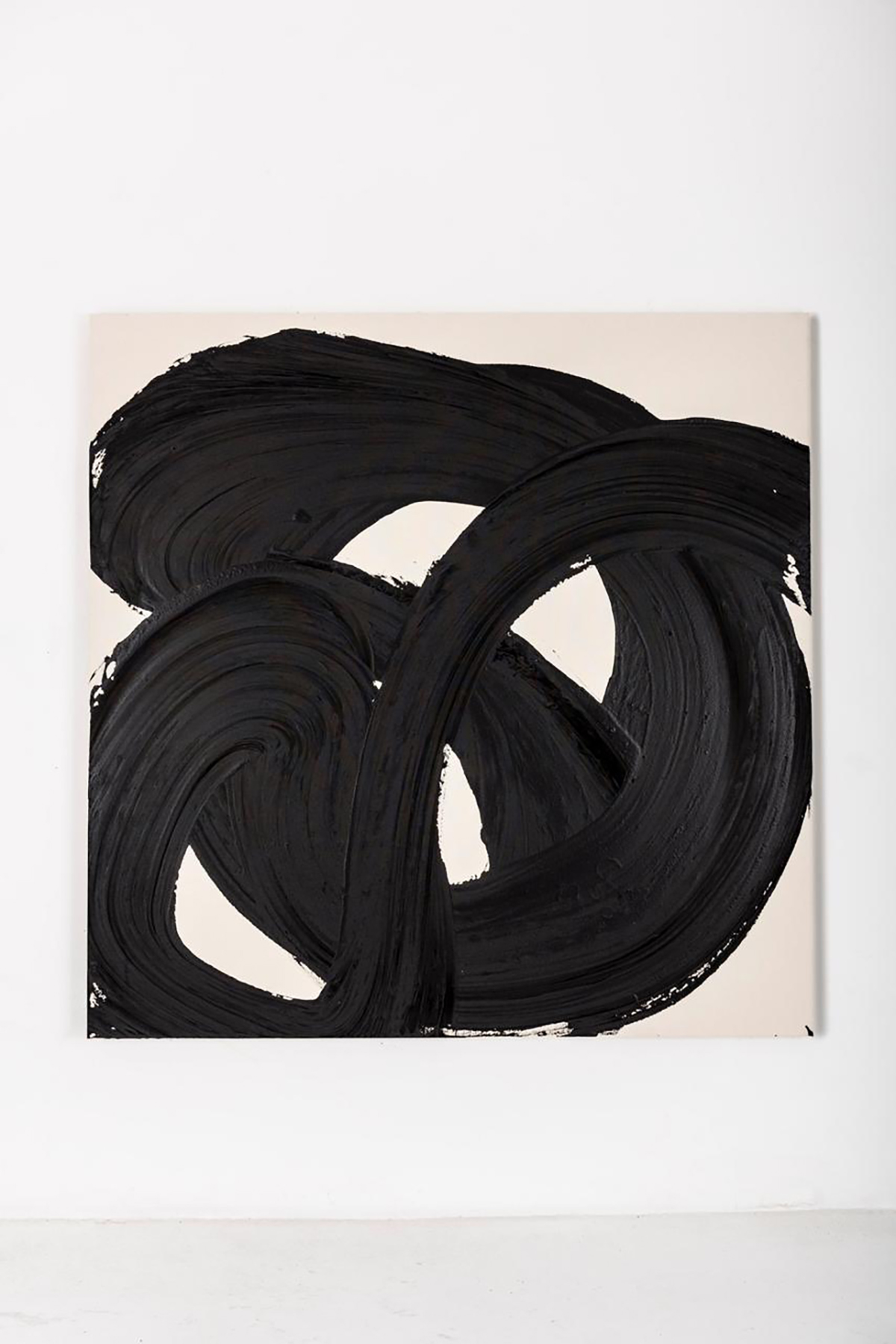
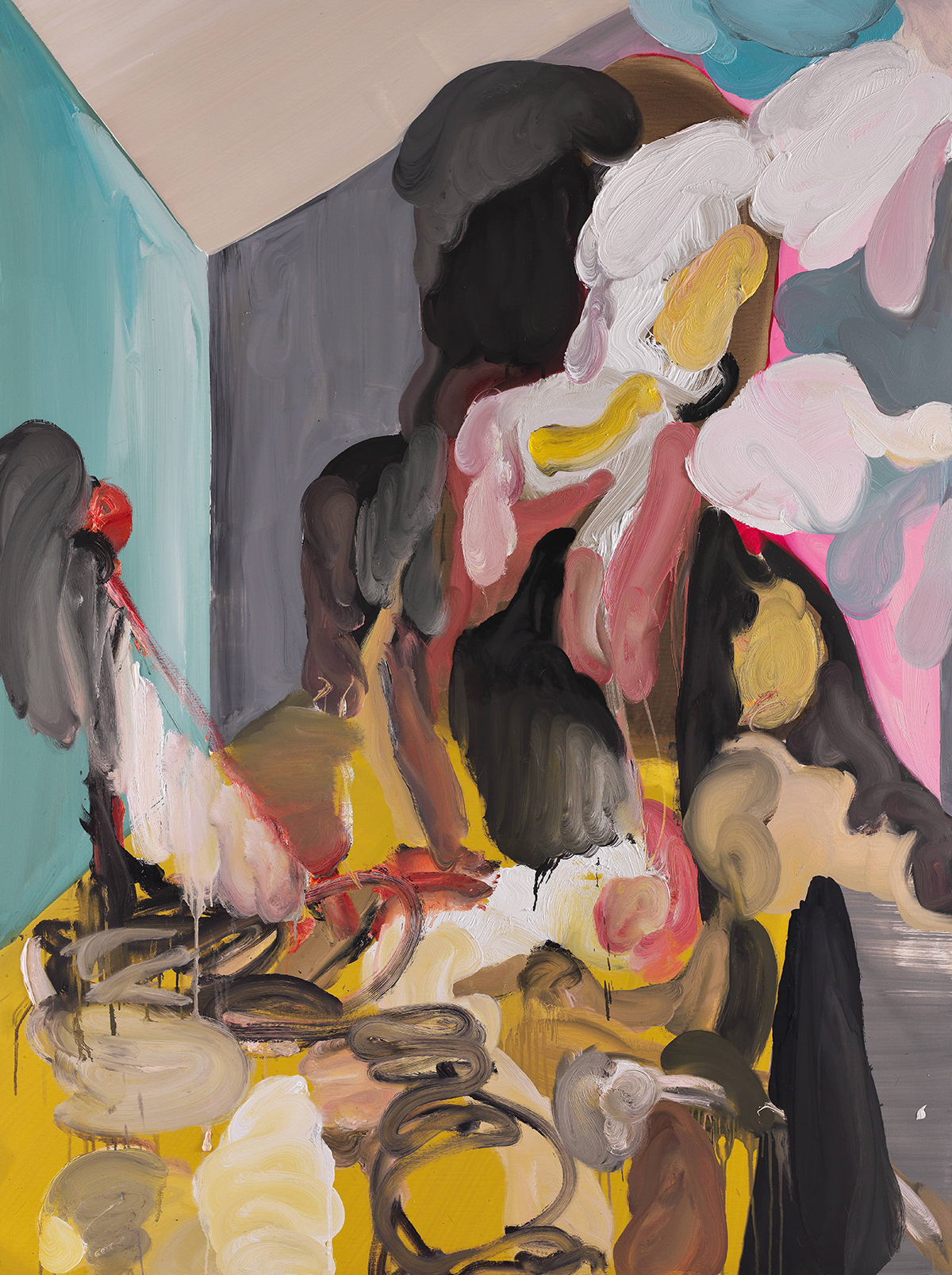

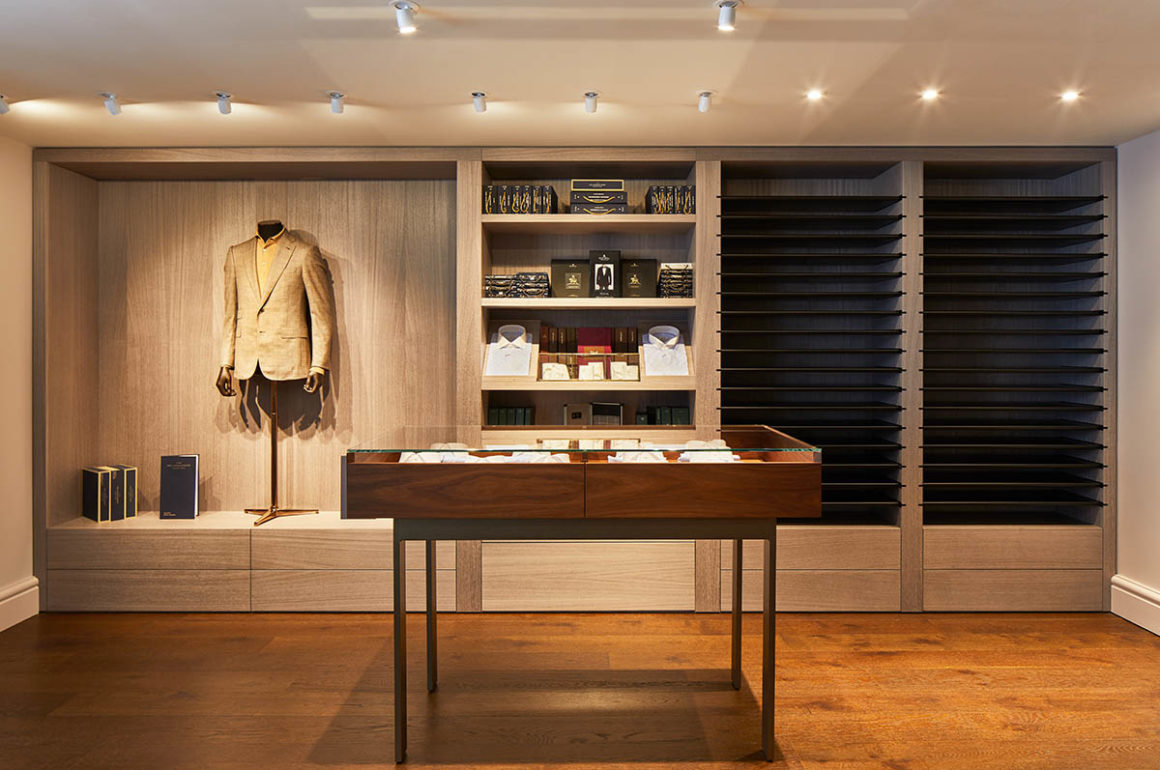
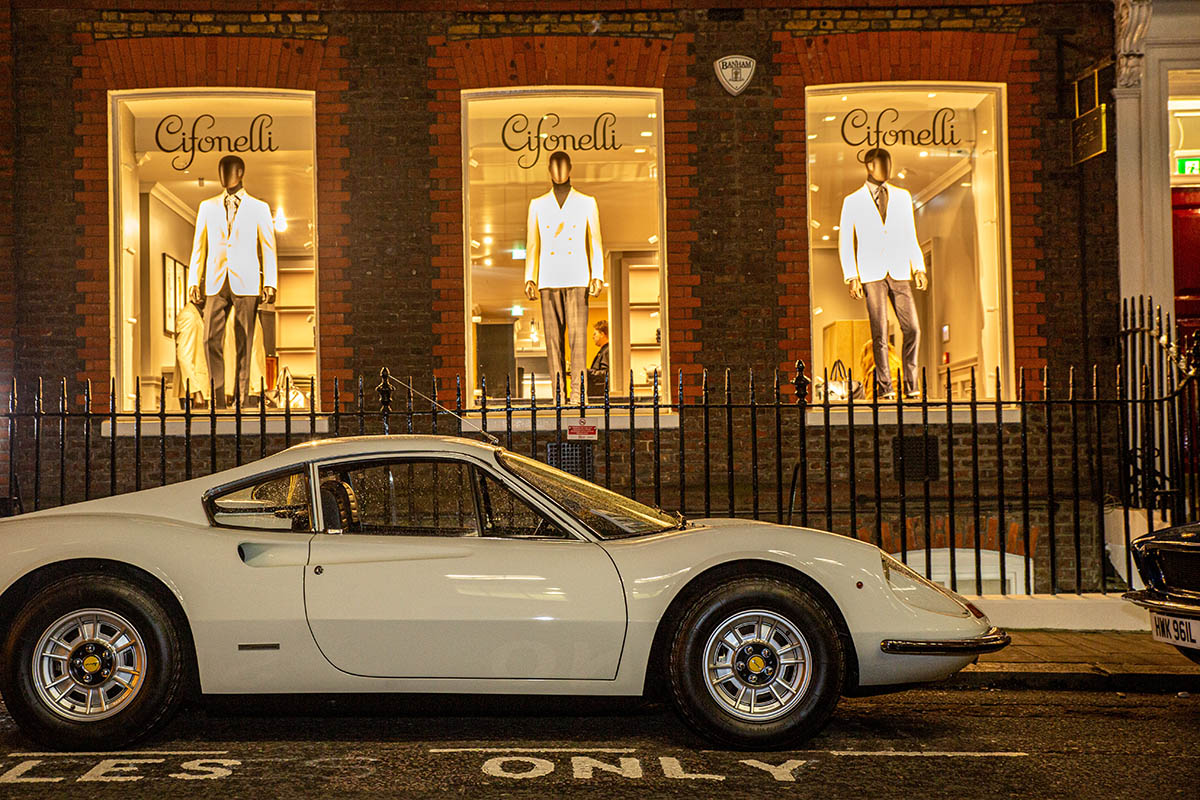
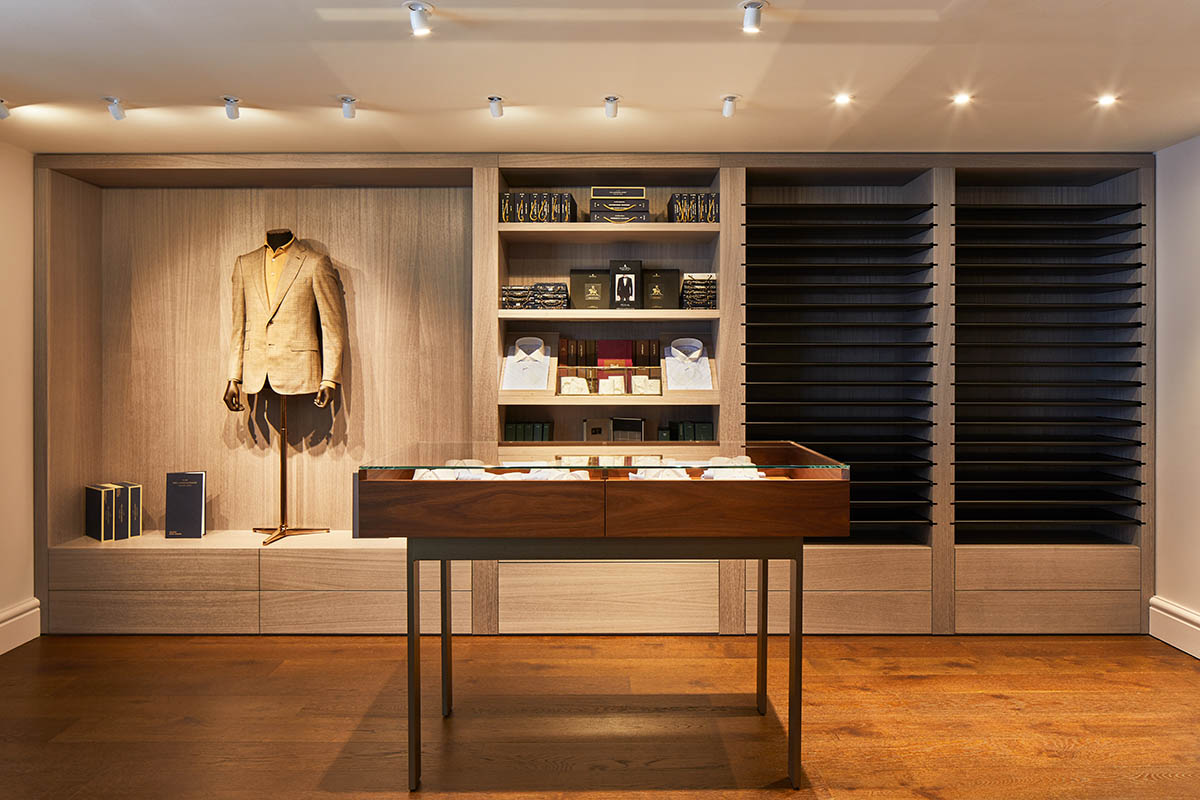
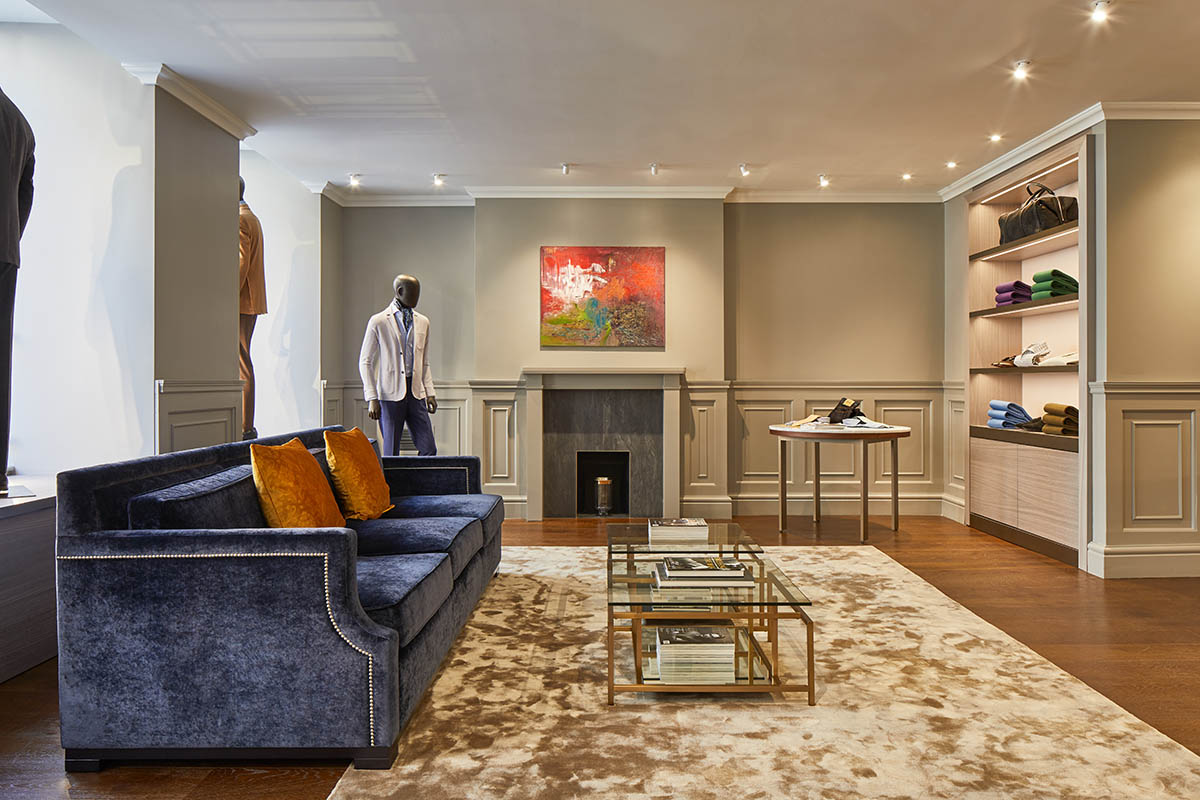
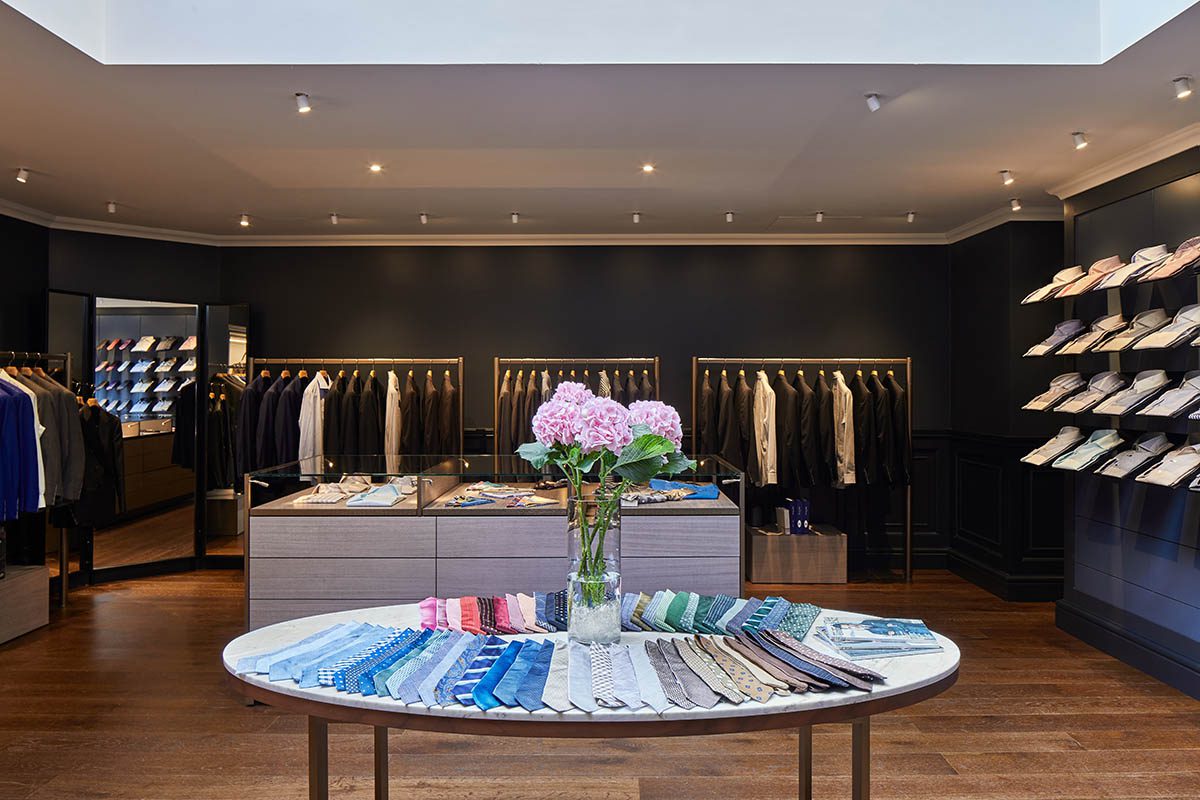
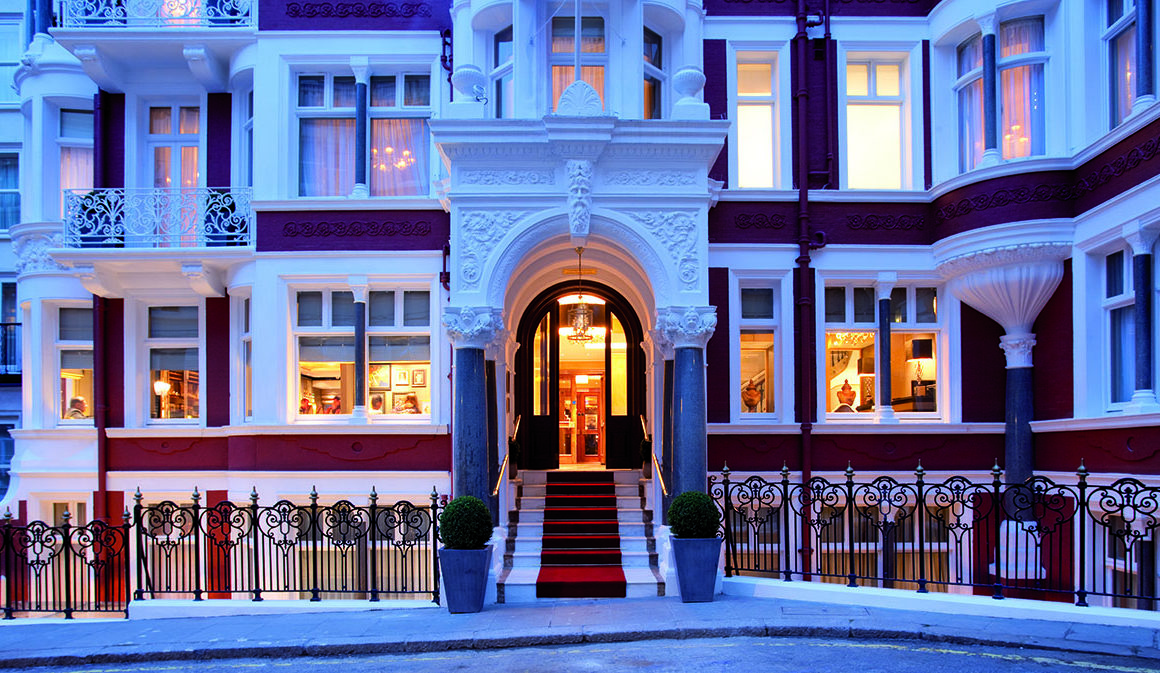
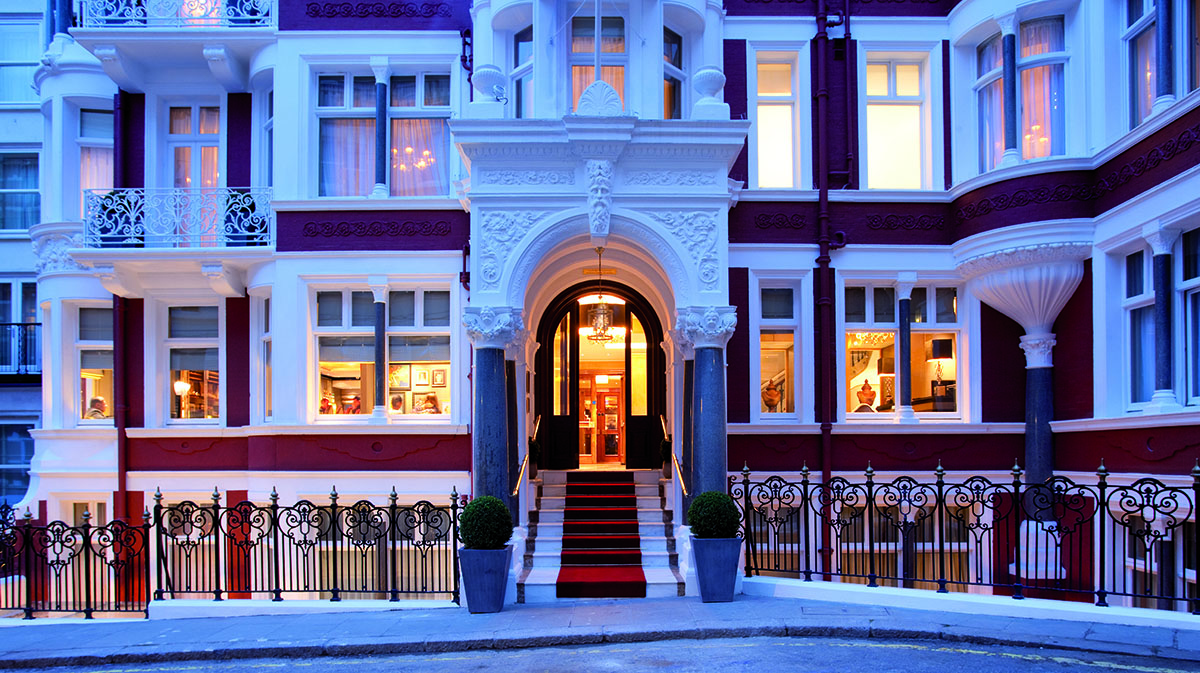
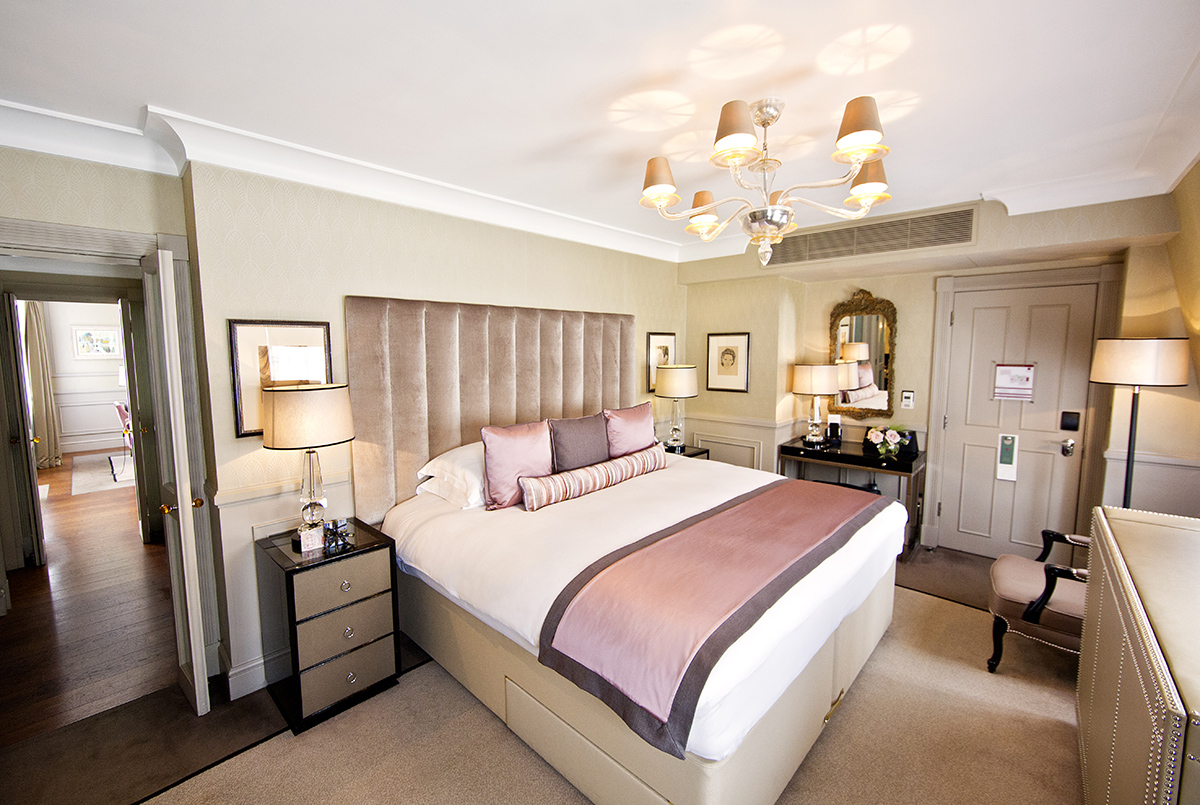
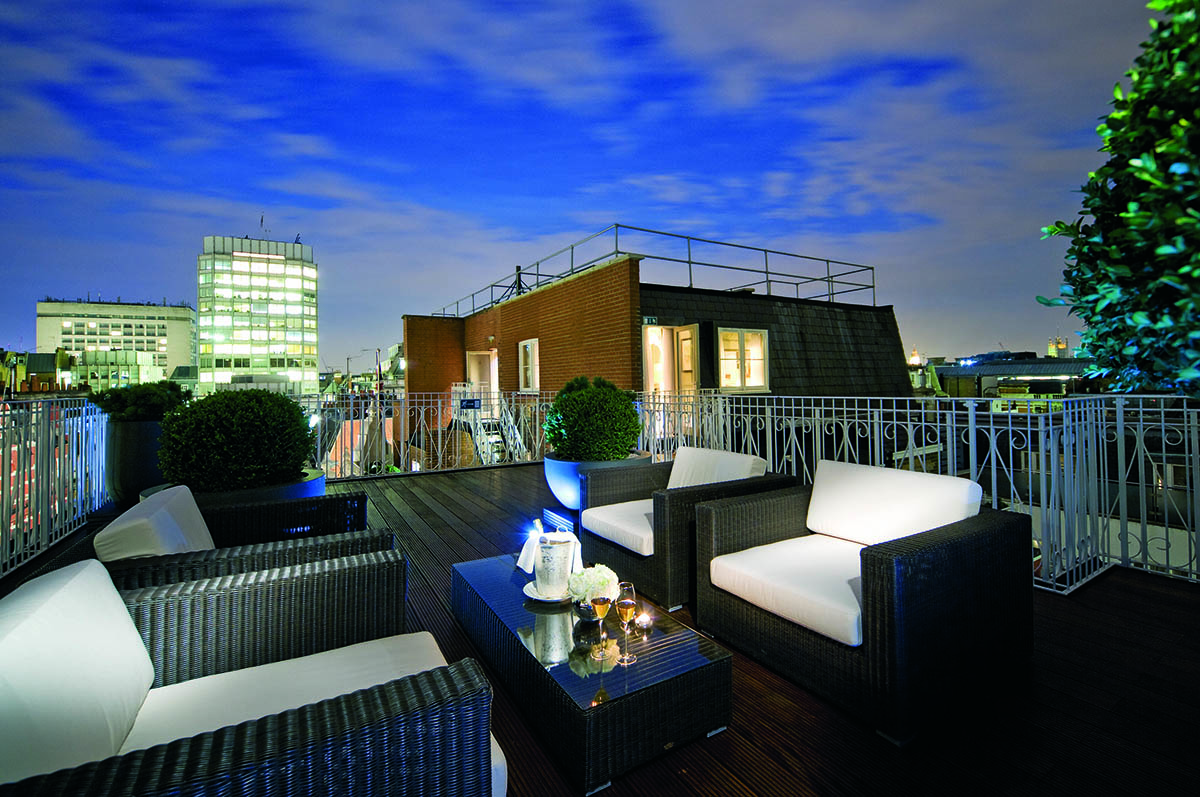

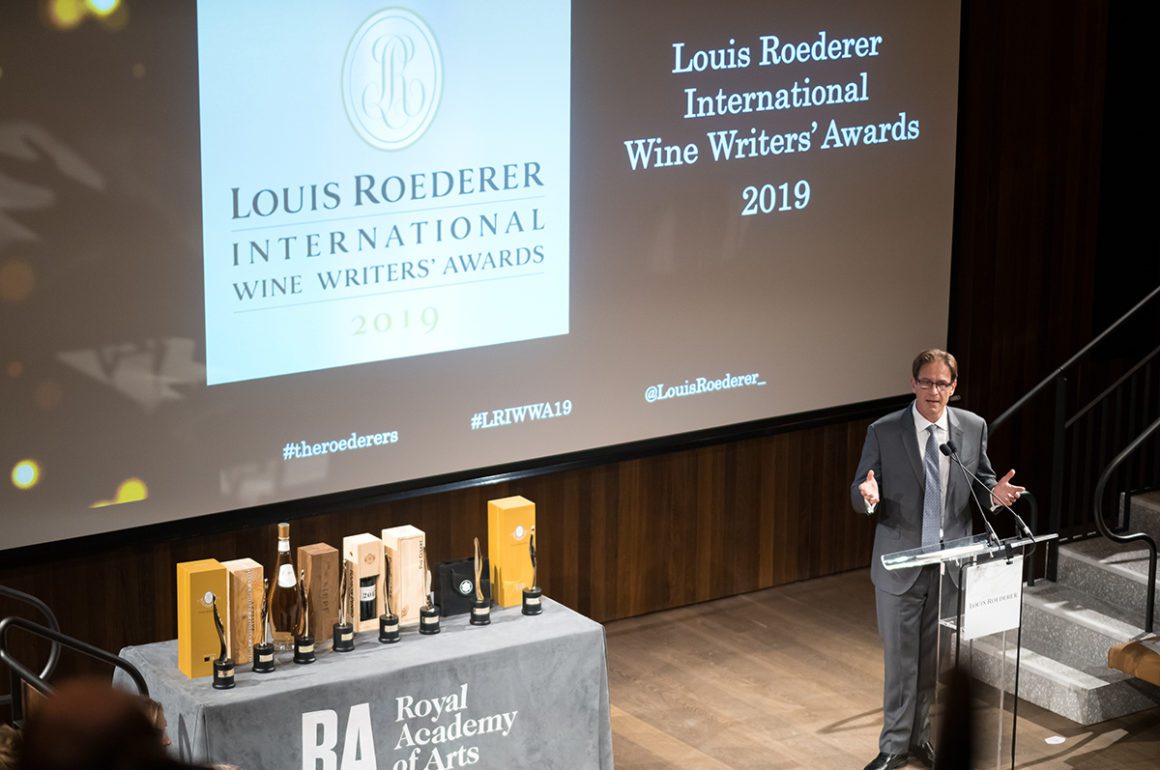
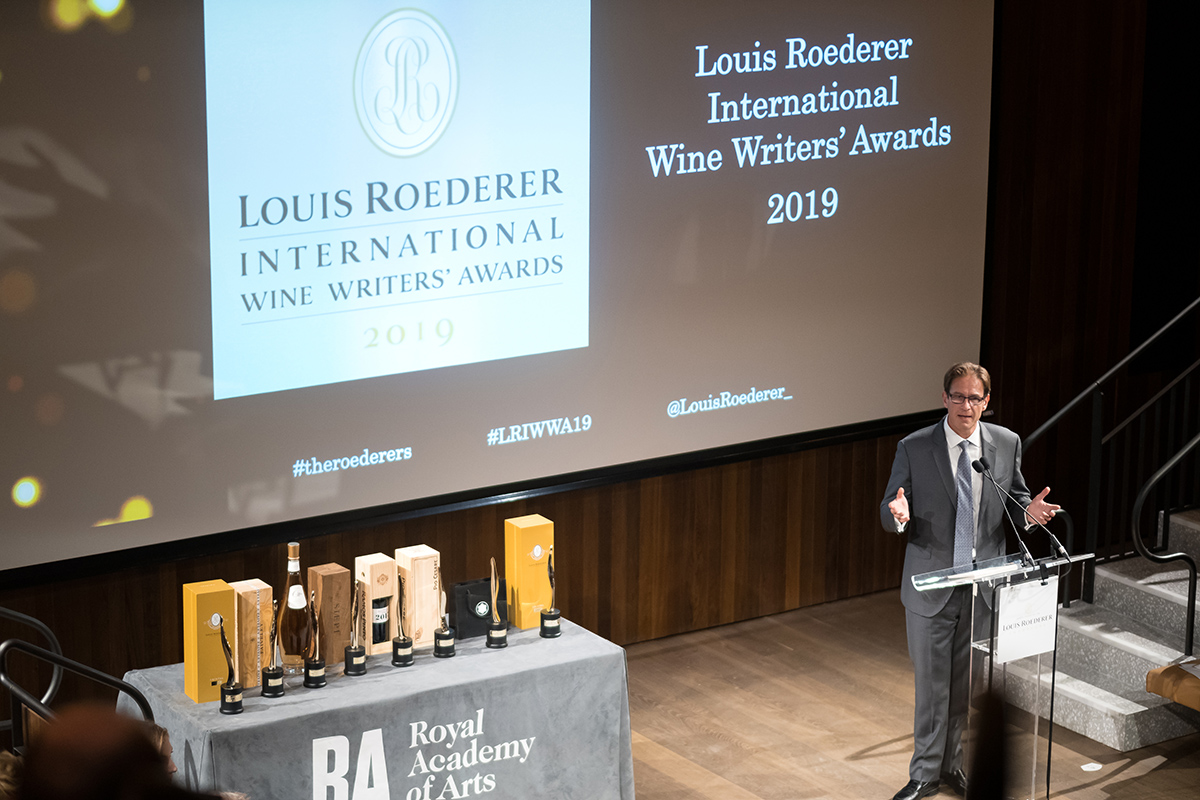
 Wine experts and distinguished guests sipped glasses of
Wine experts and distinguished guests sipped glasses of 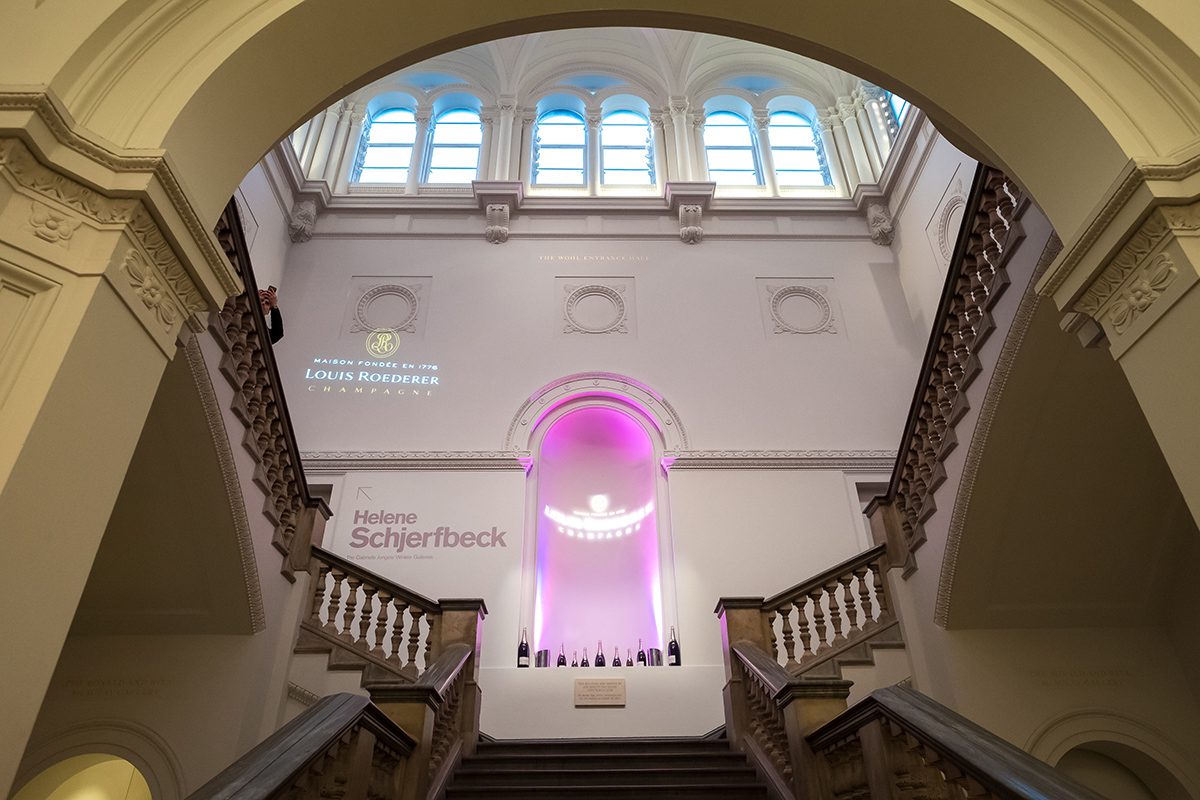

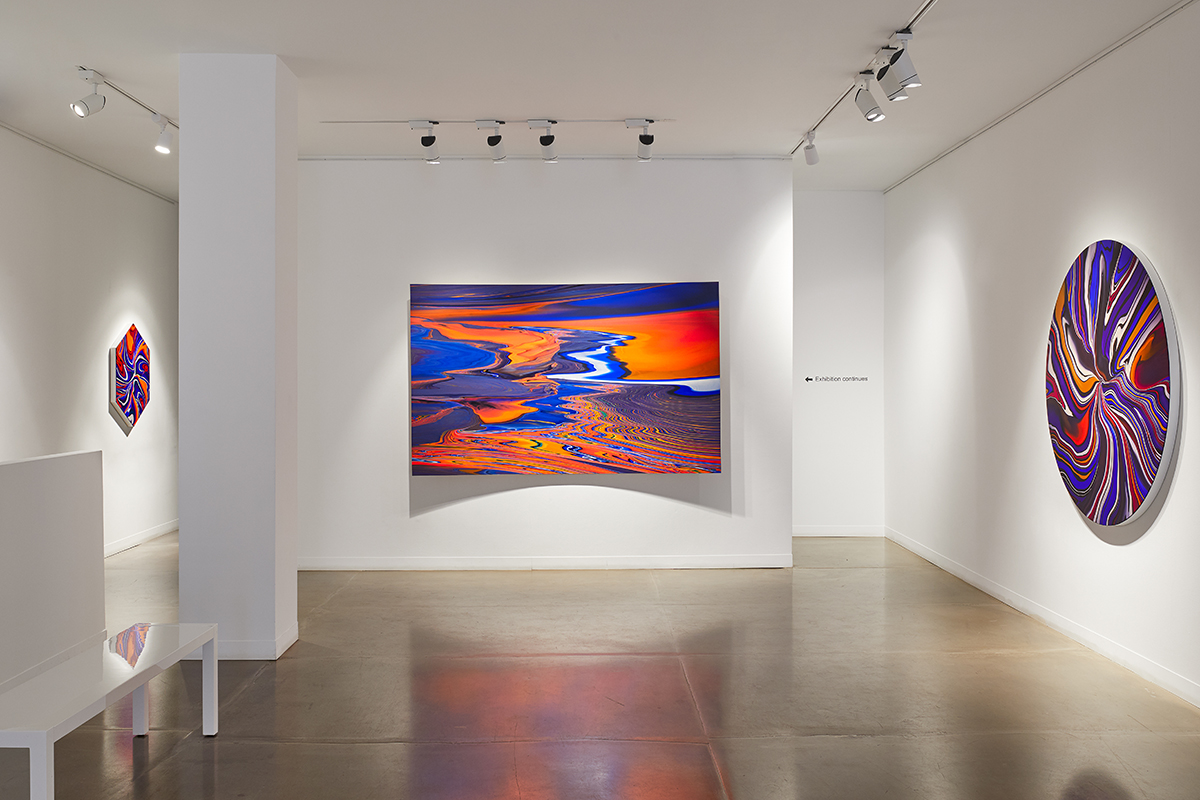
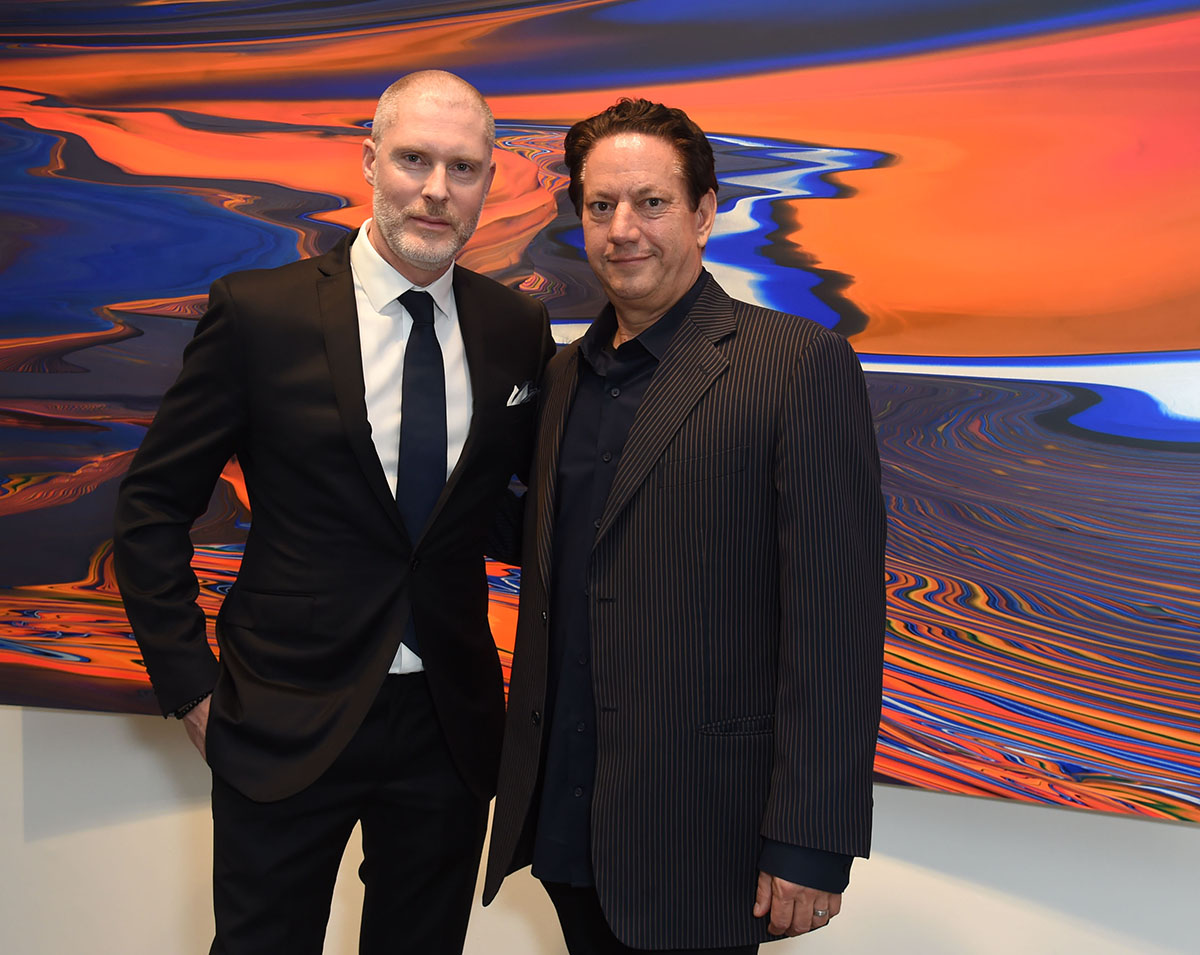
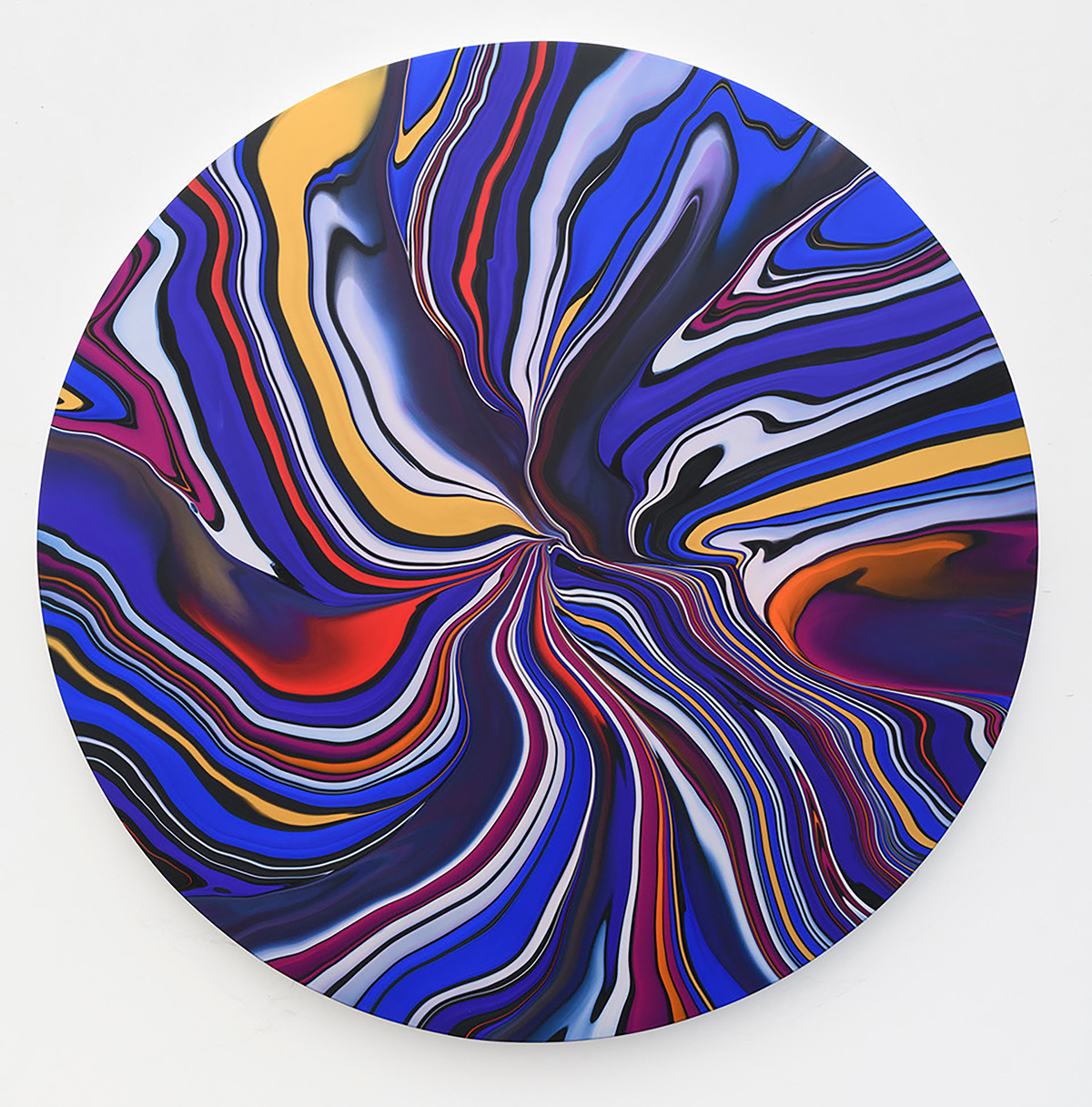
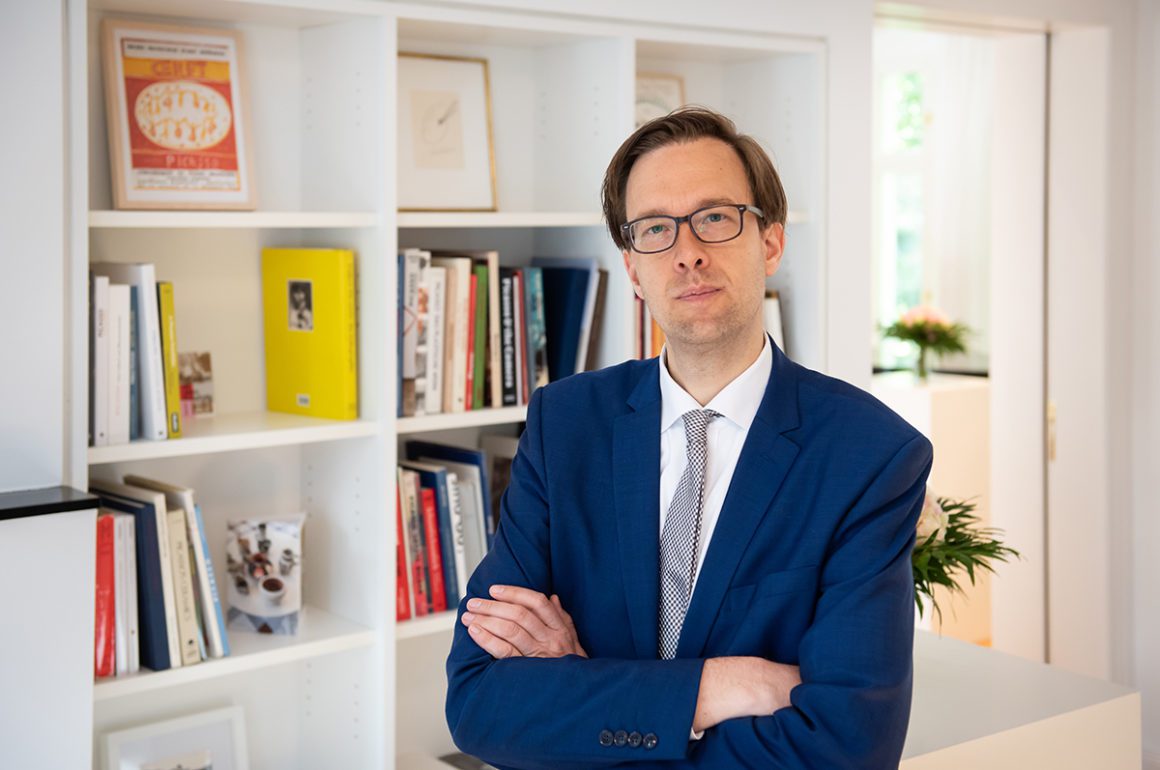





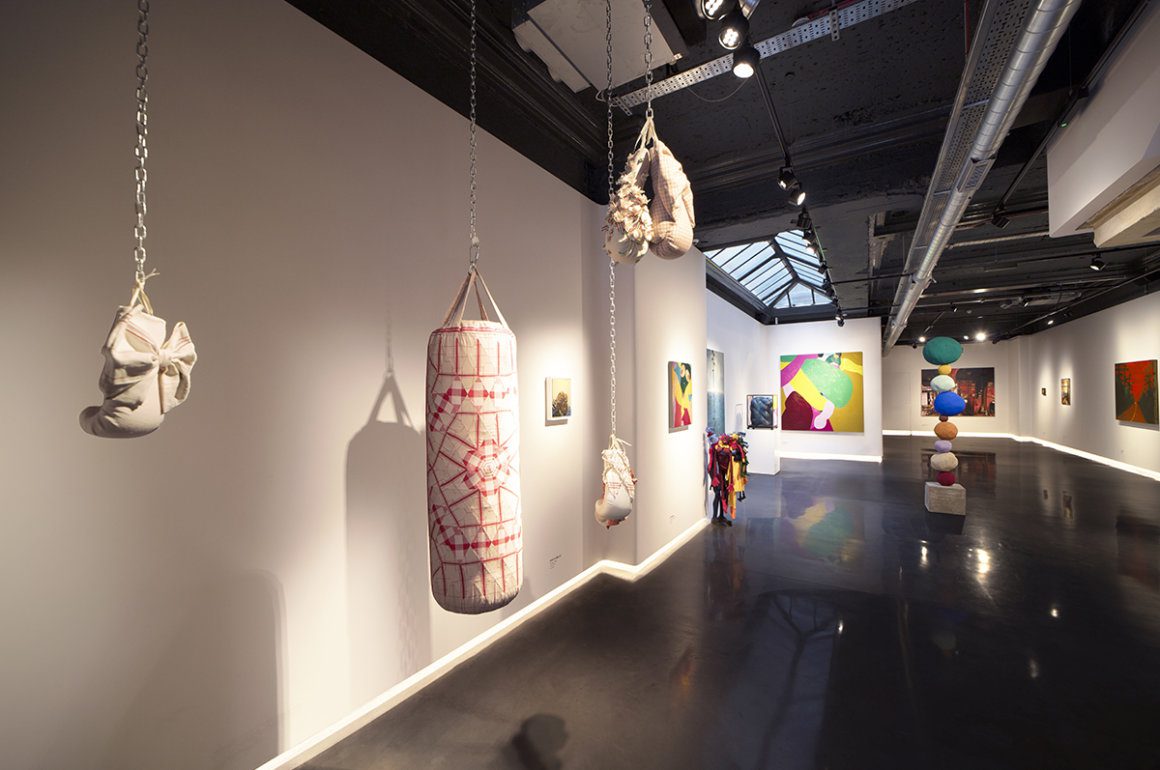
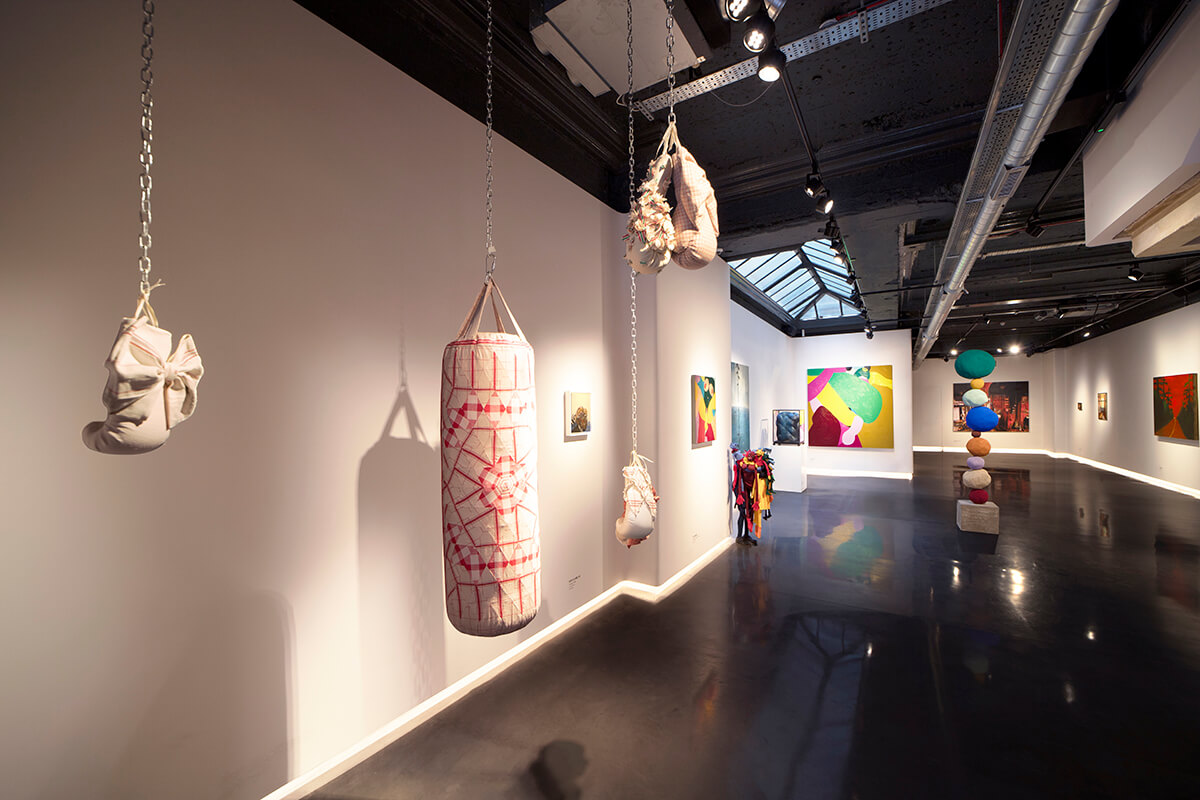
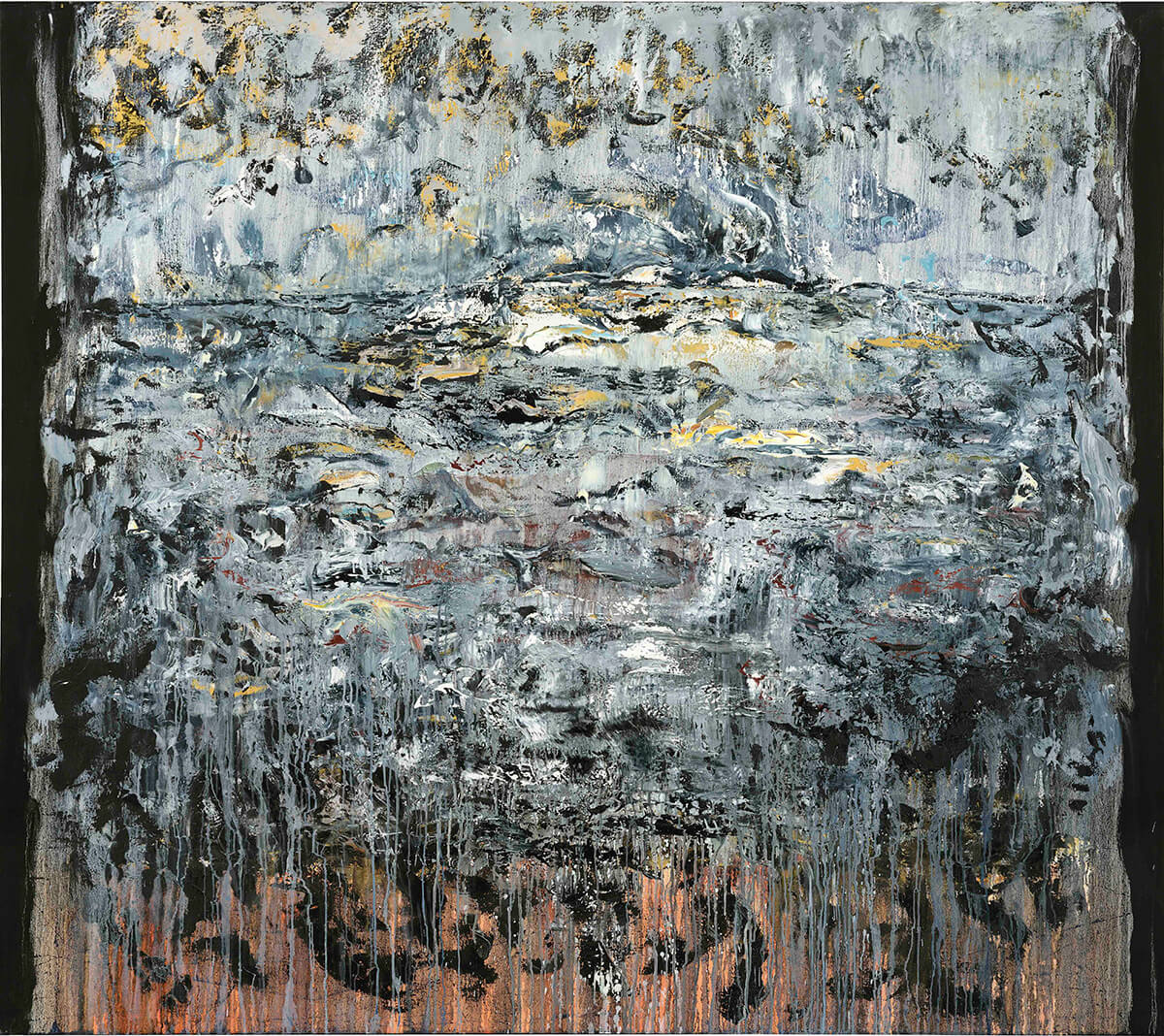
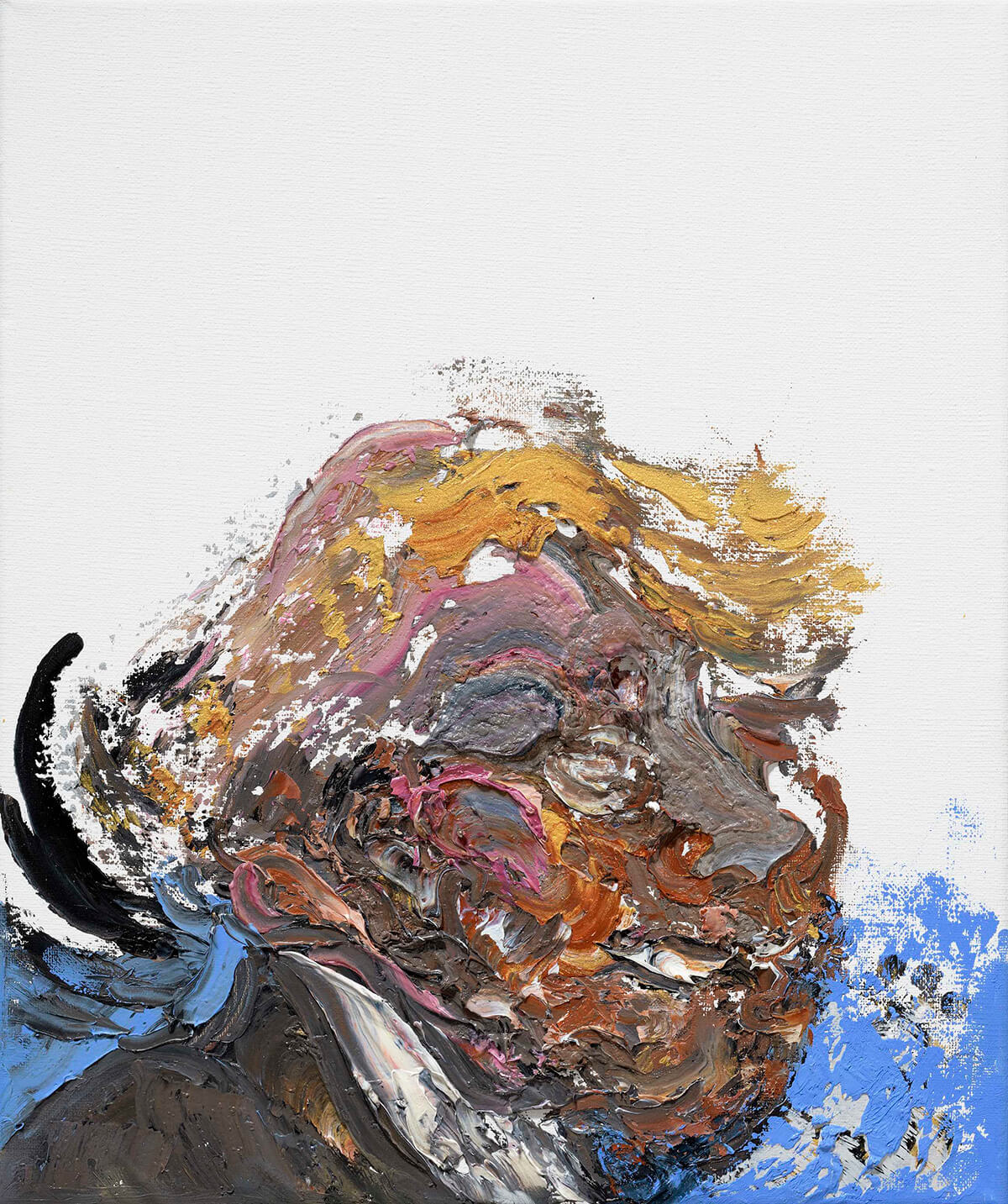
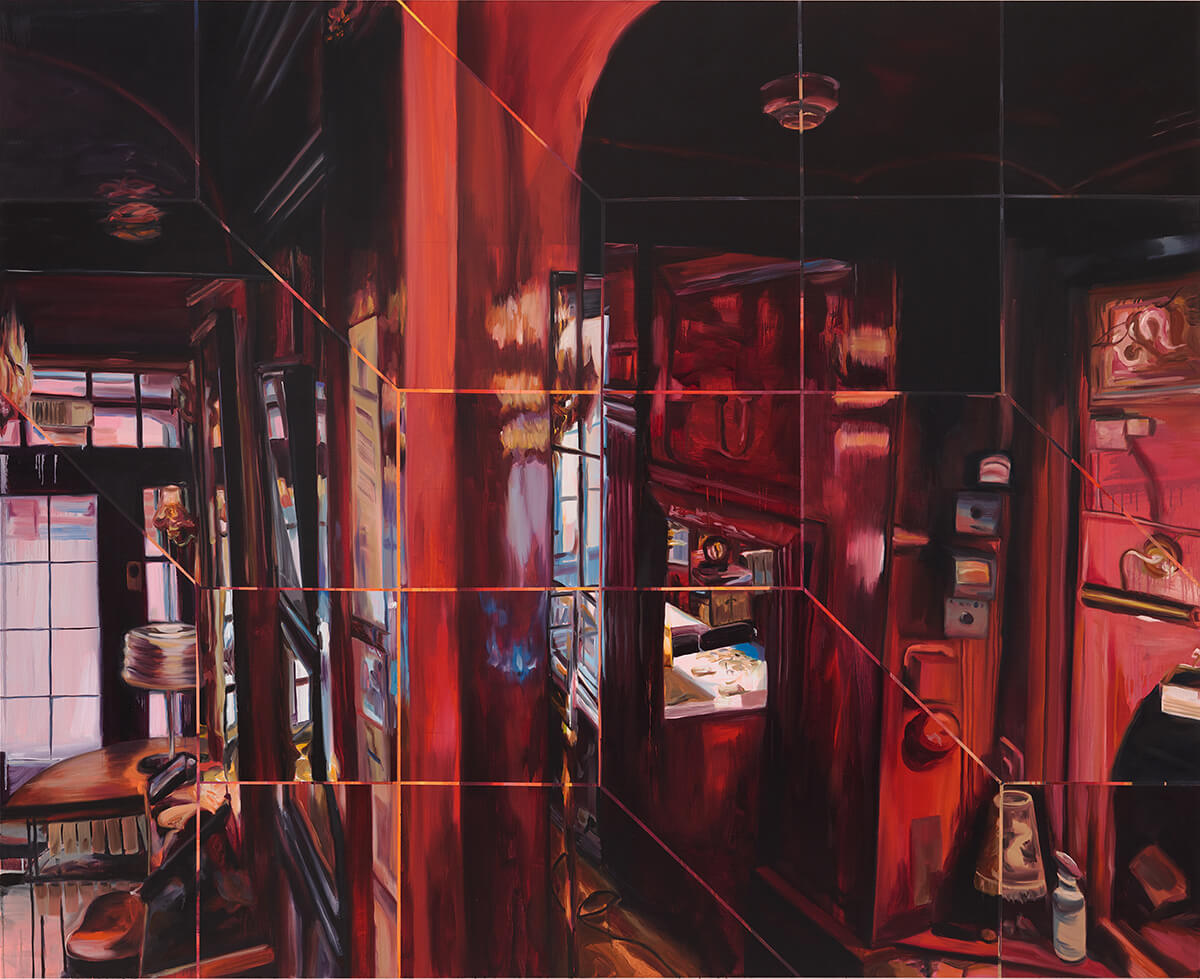
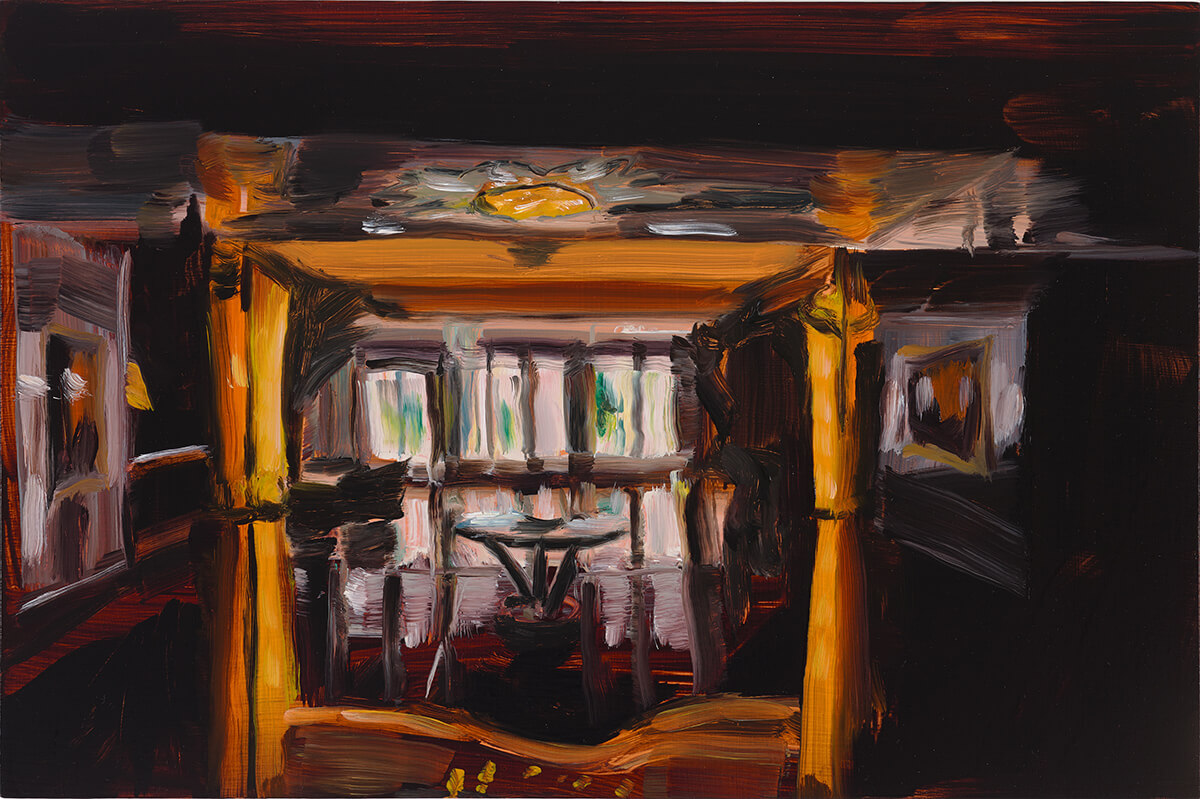
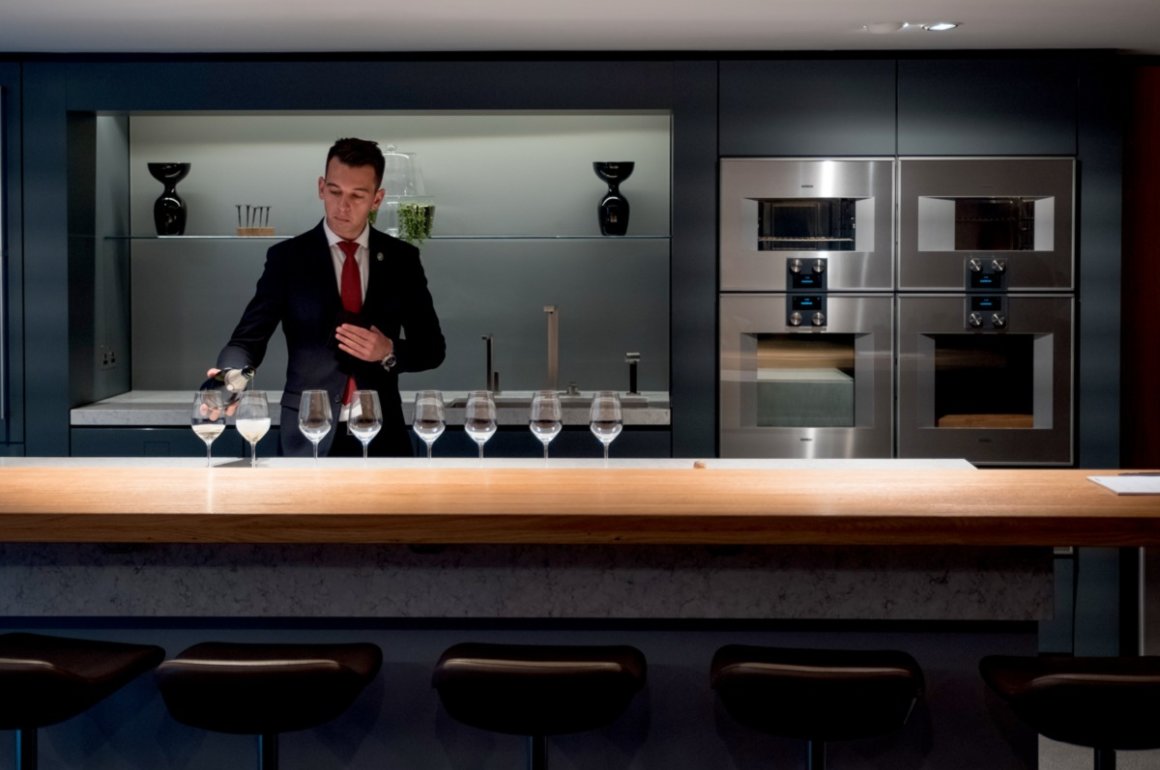
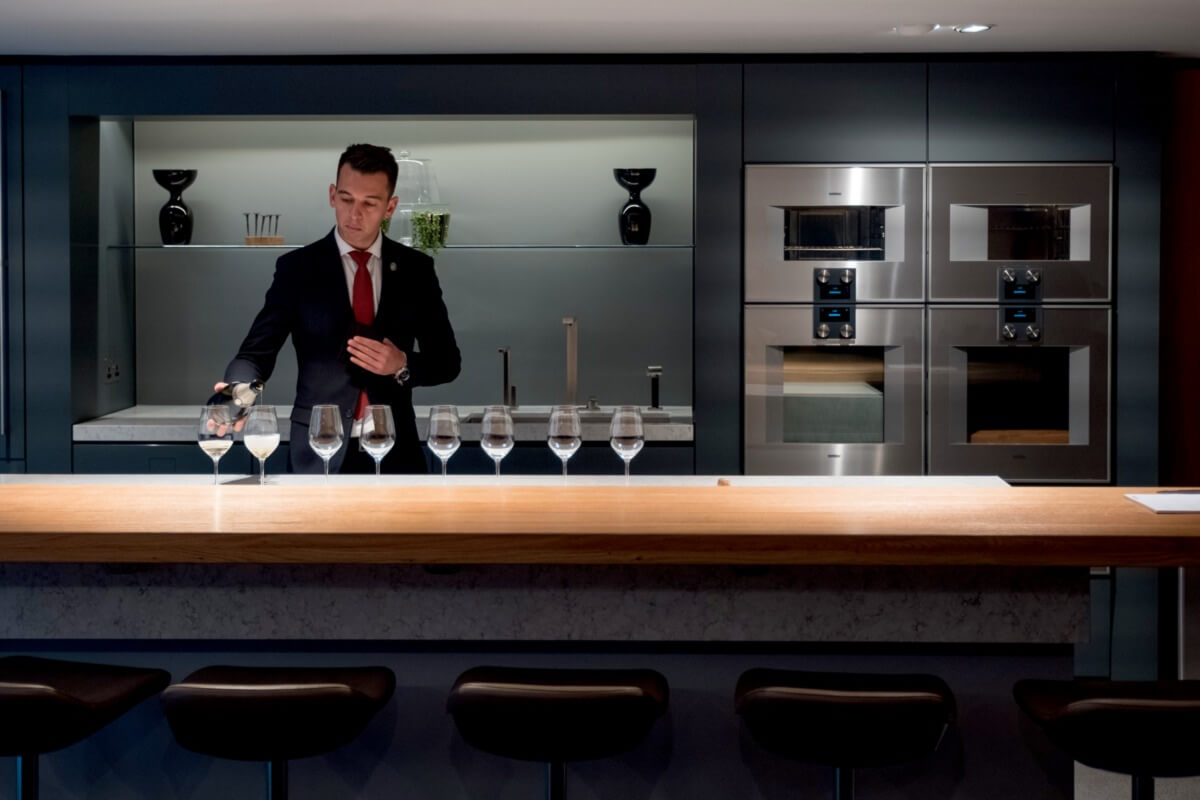

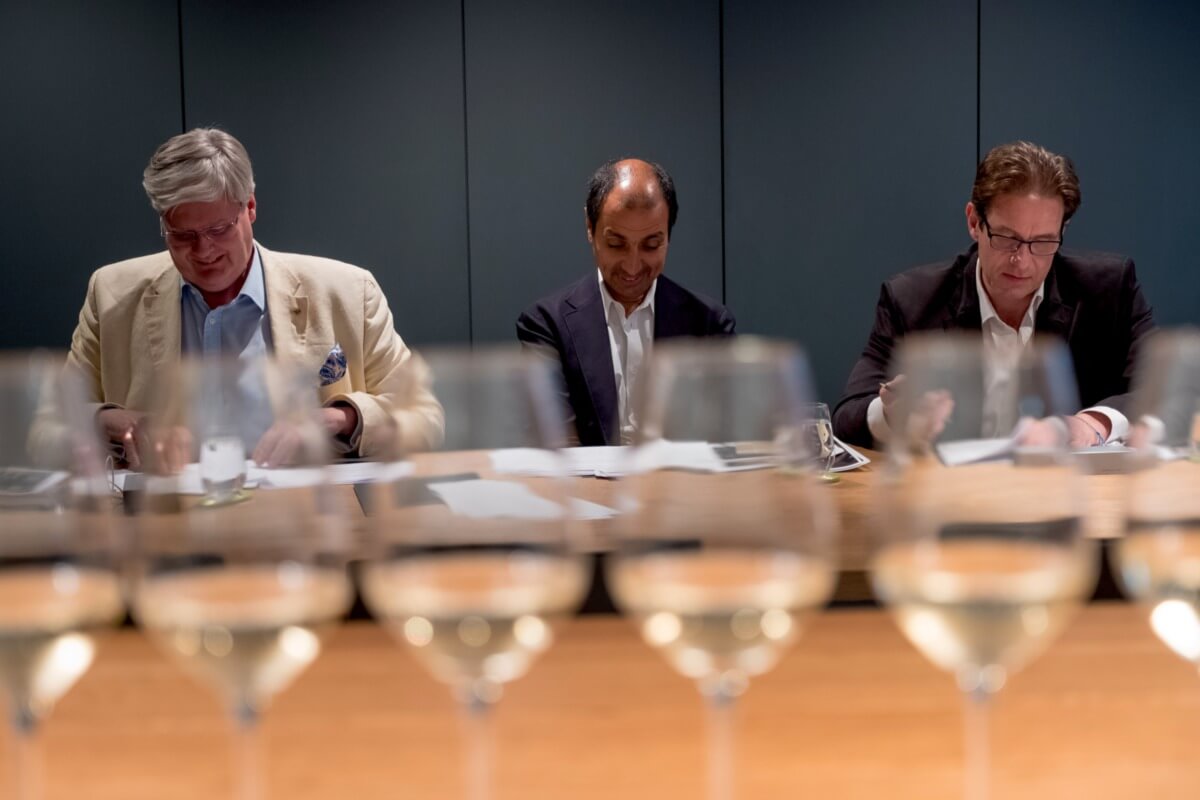

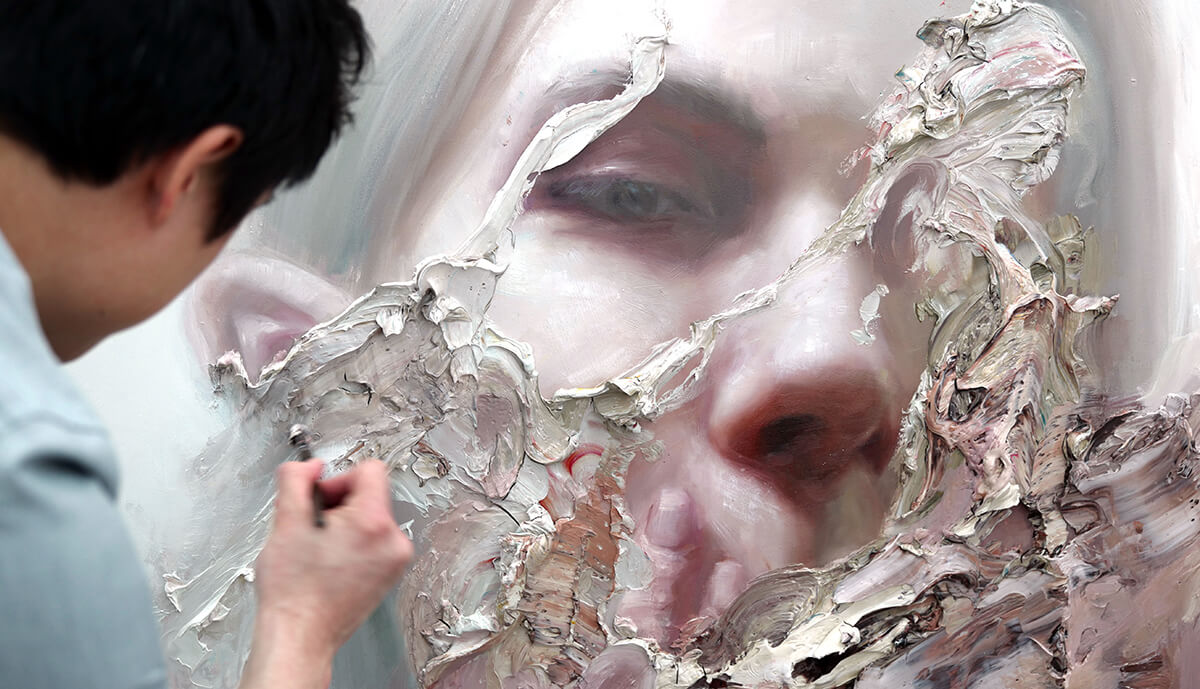

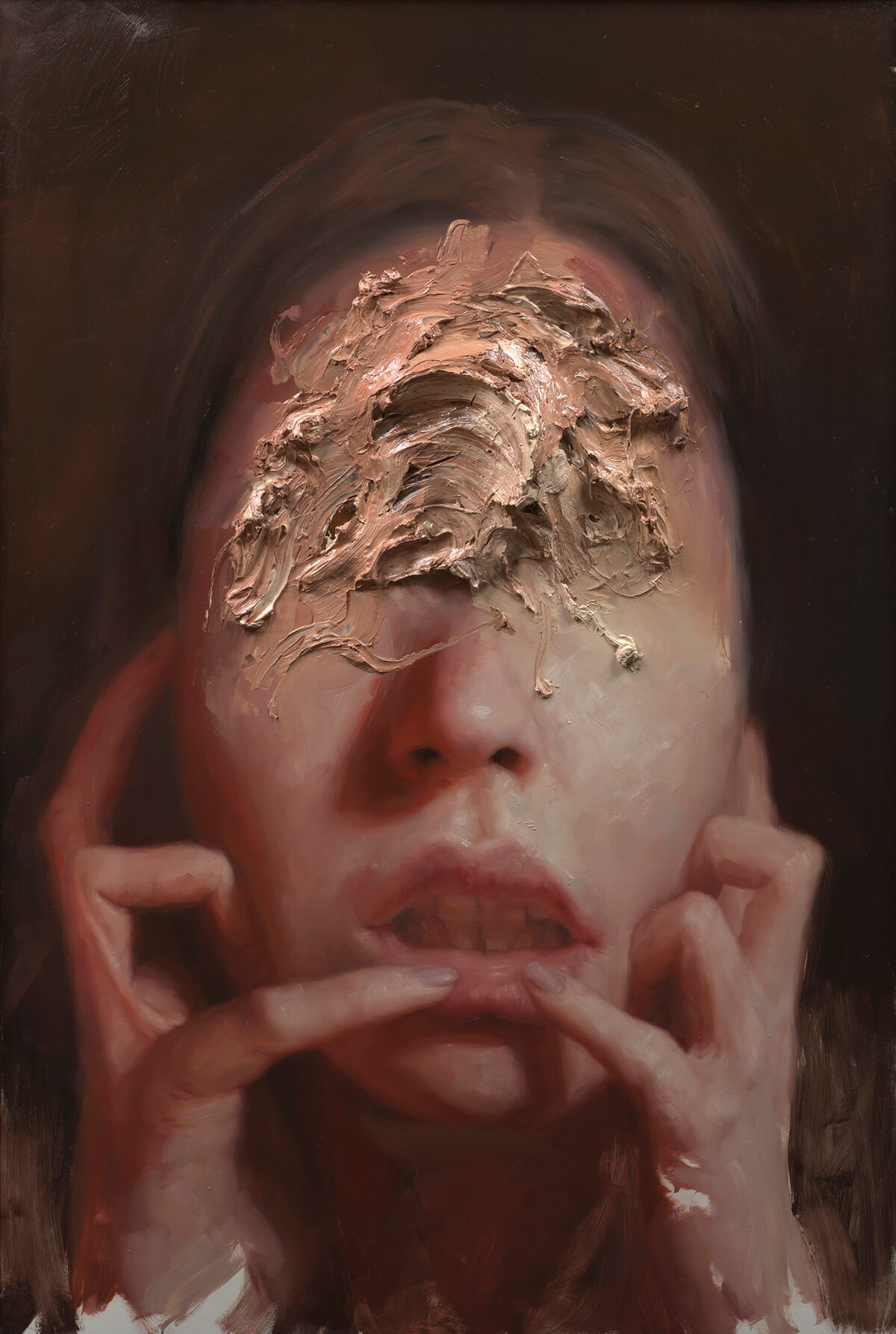
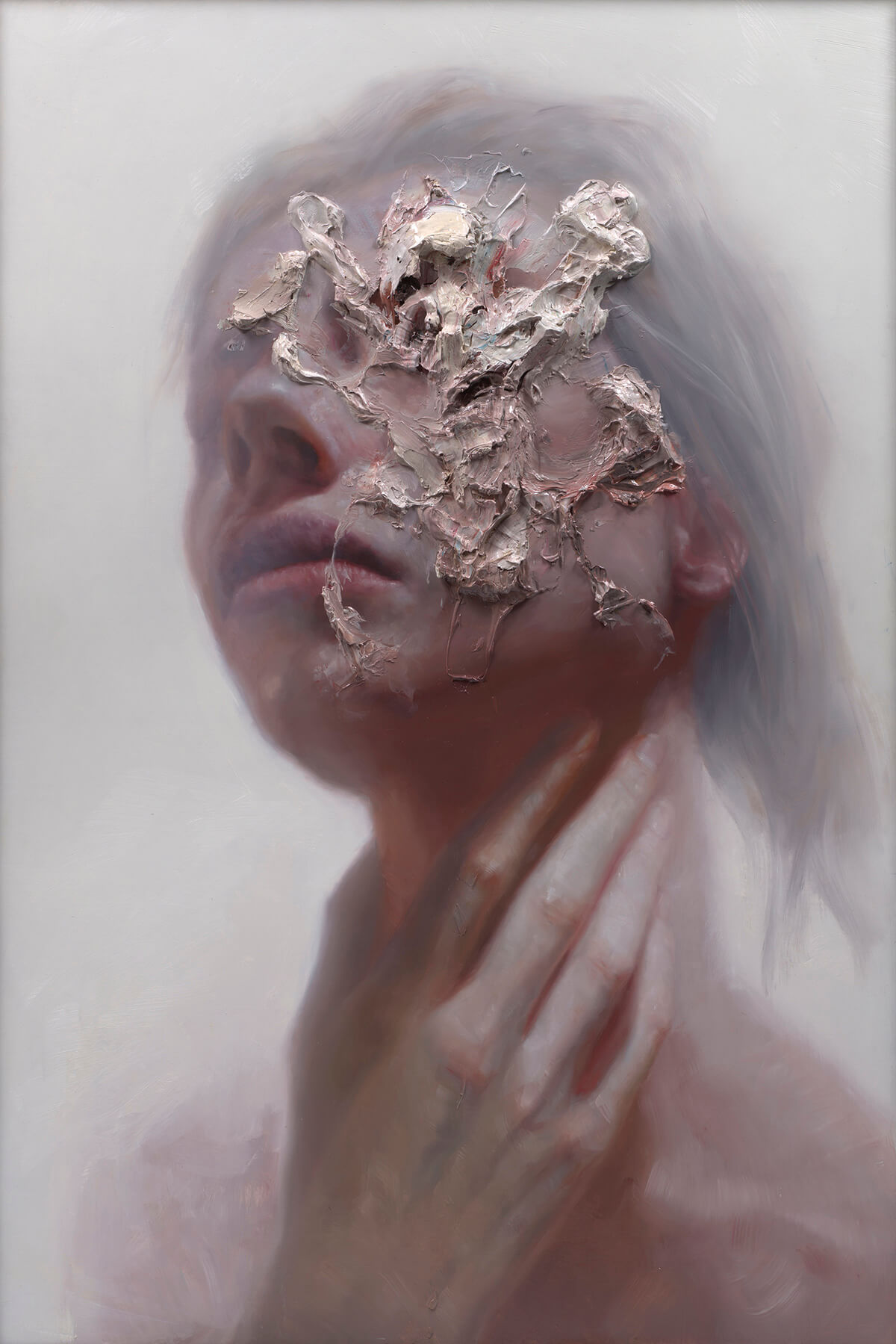
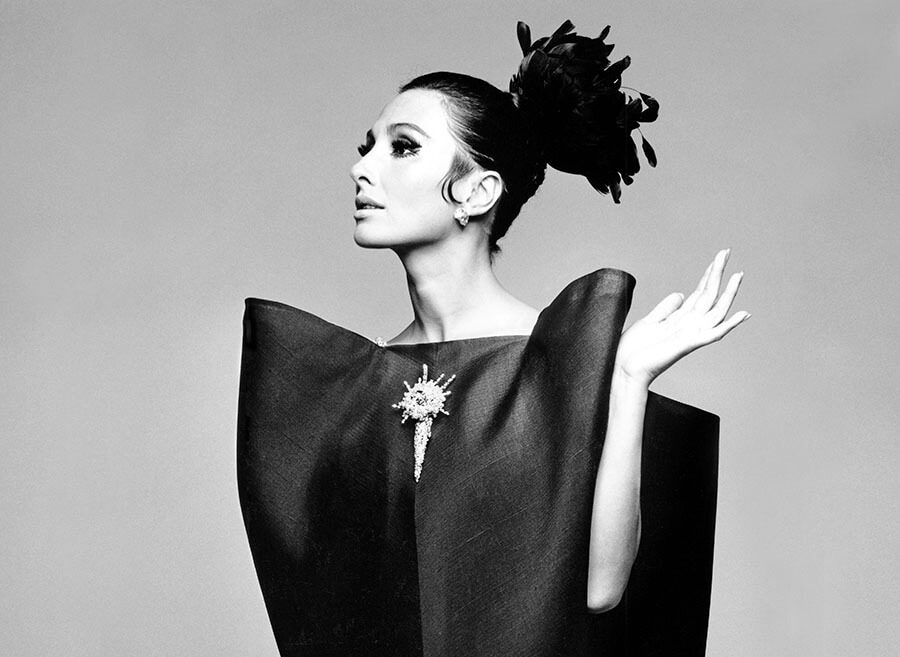
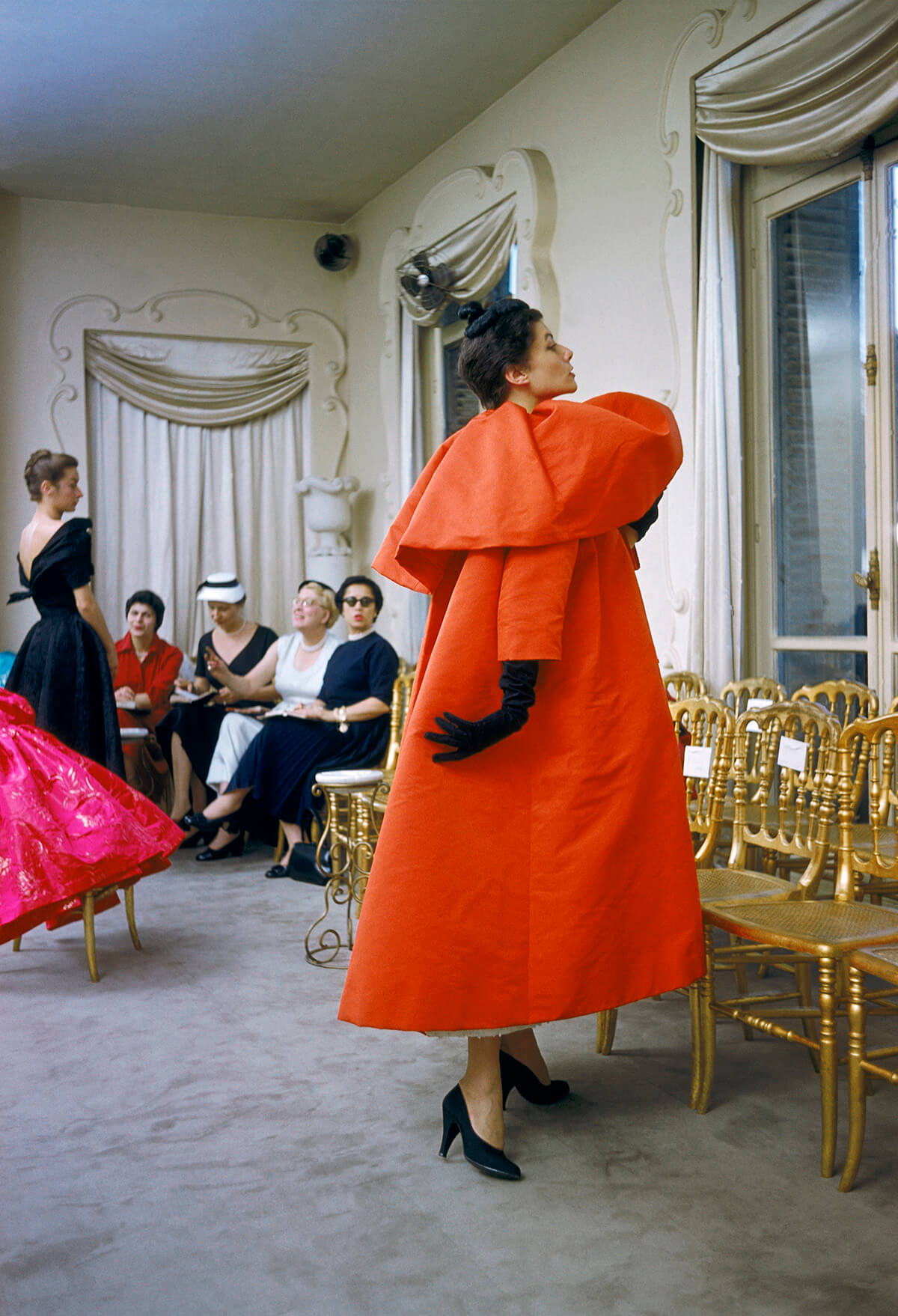
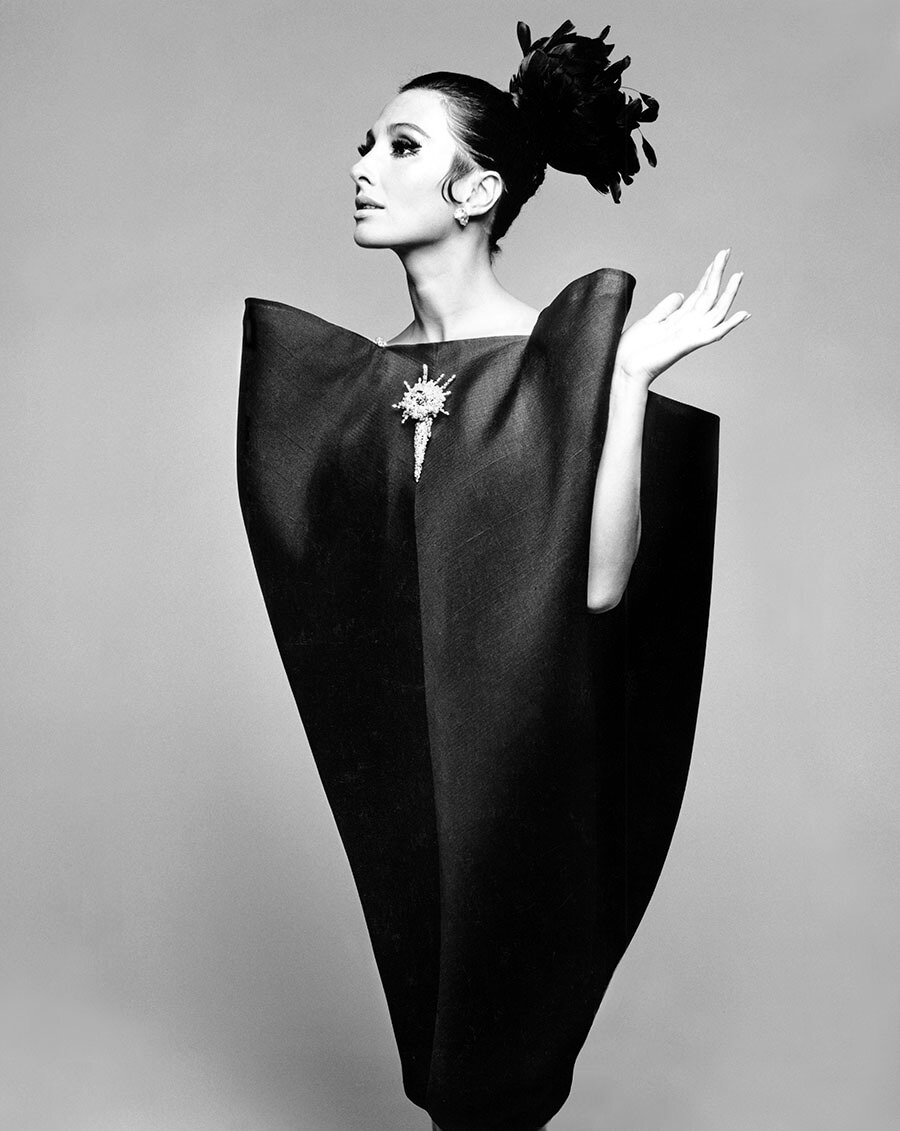

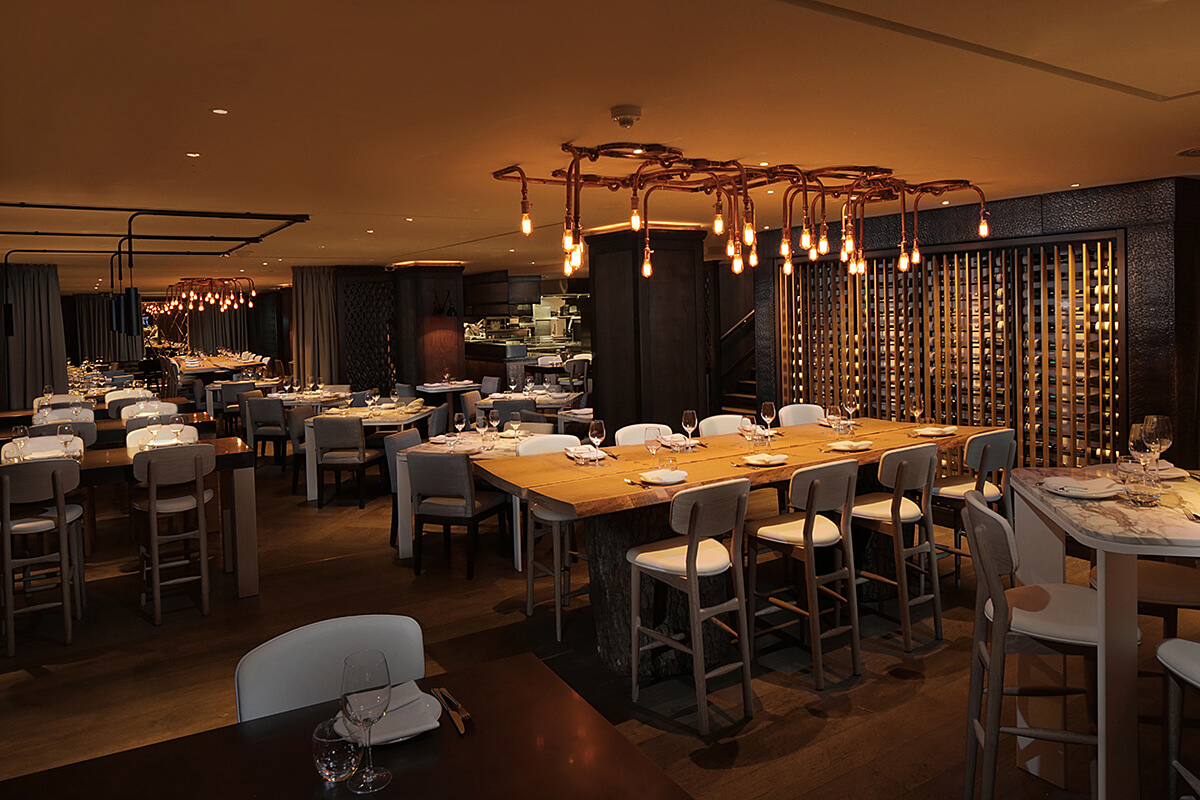
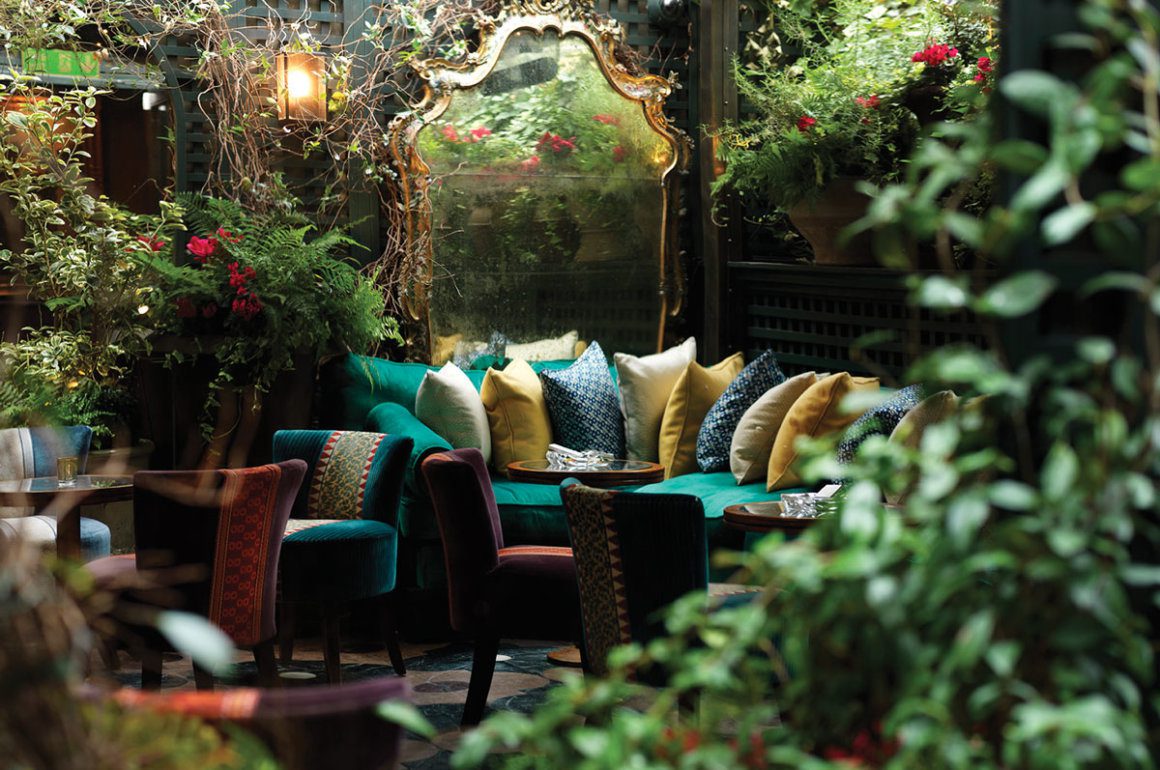

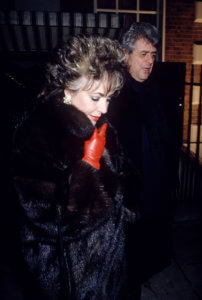




 Sakura begins in the south of Japan around February and finishes in the north at the end of May. Fortunately, the 24,000 flowers carefully installed by East-London artist
Sakura begins in the south of Japan around February and finishes in the north at the end of May. Fortunately, the 24,000 flowers carefully installed by East-London artist 
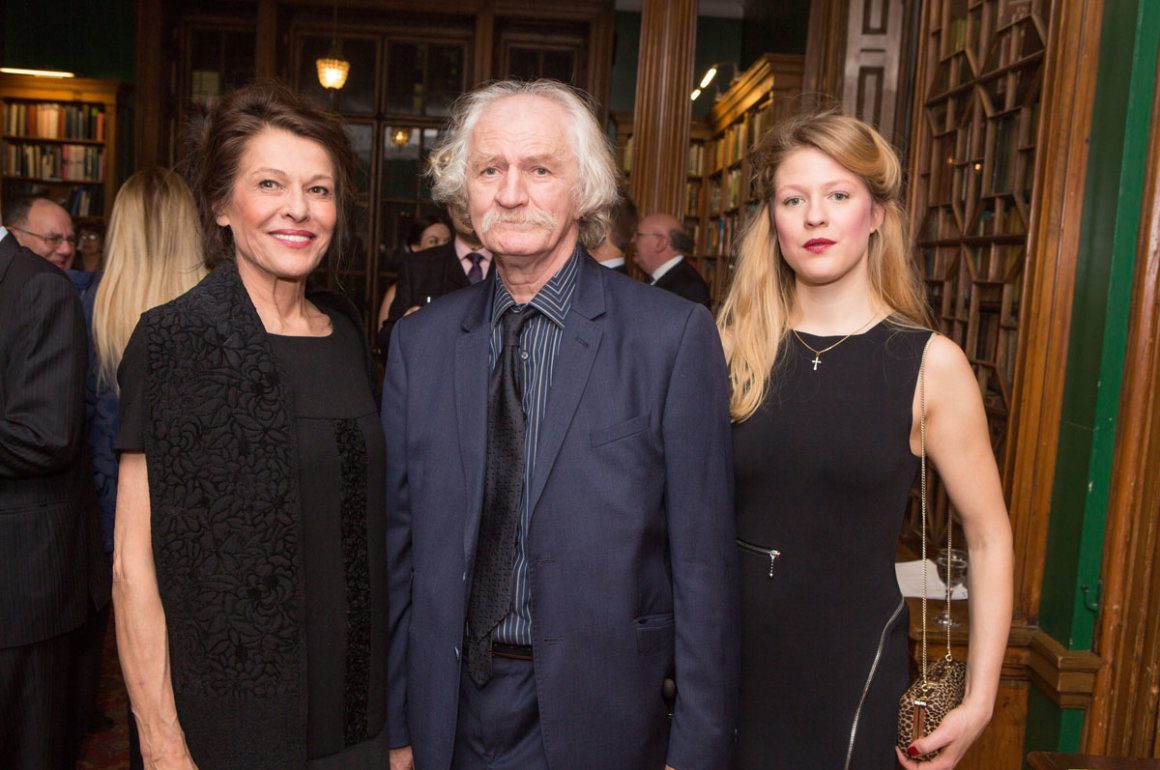
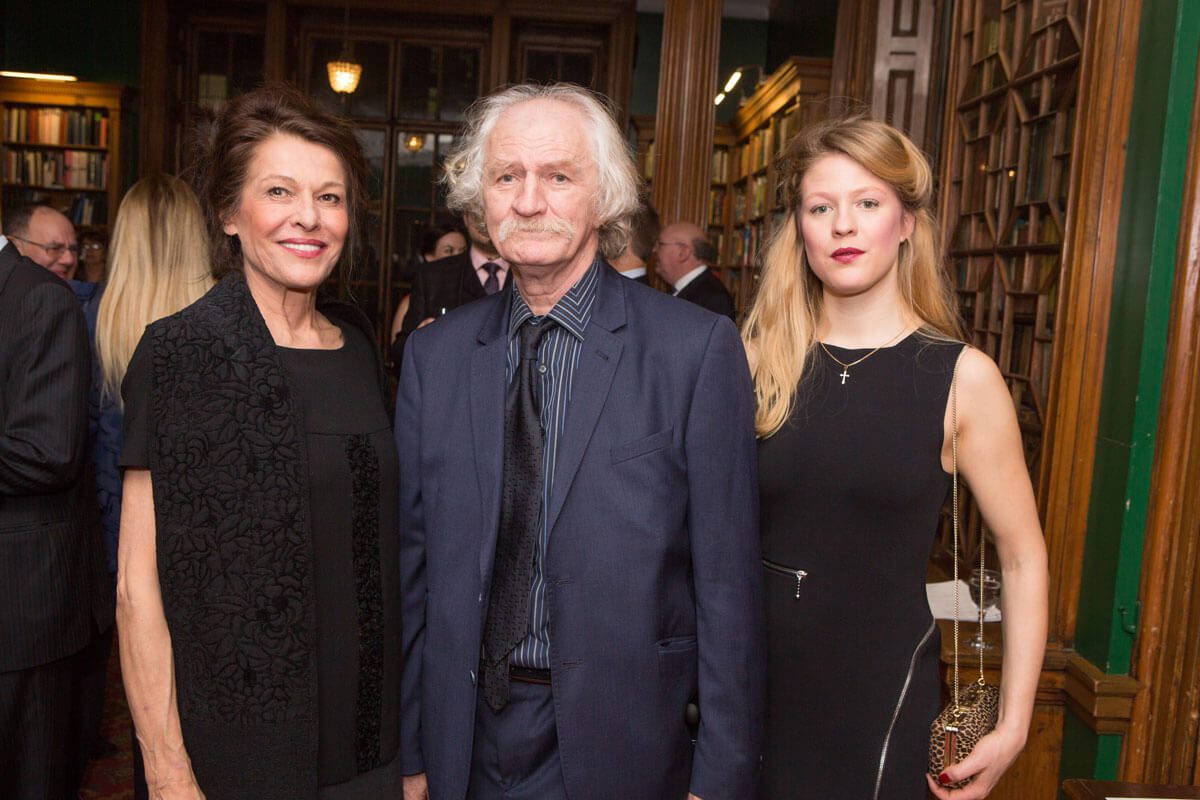
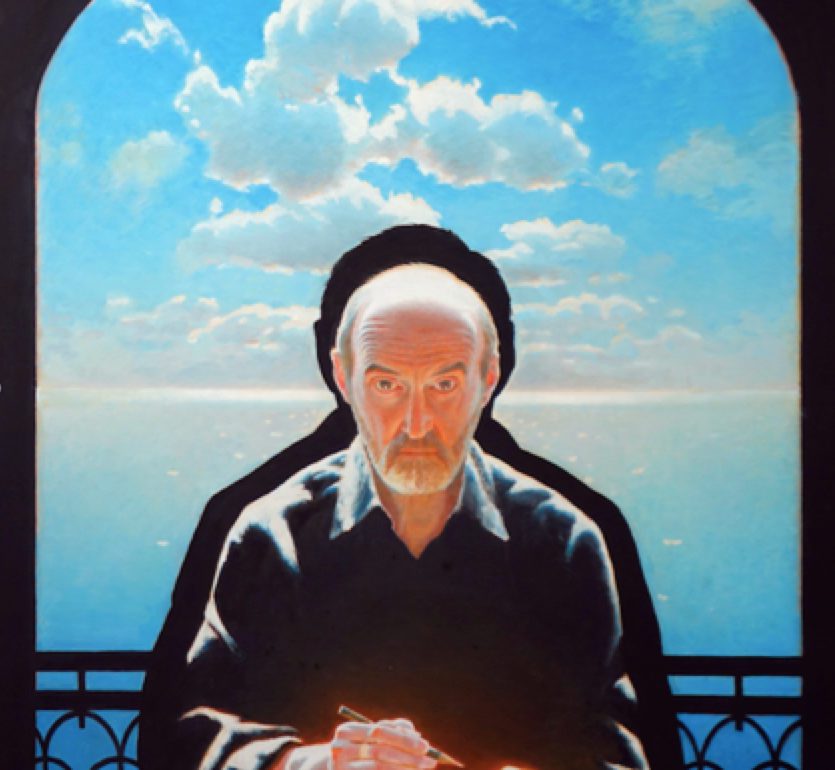

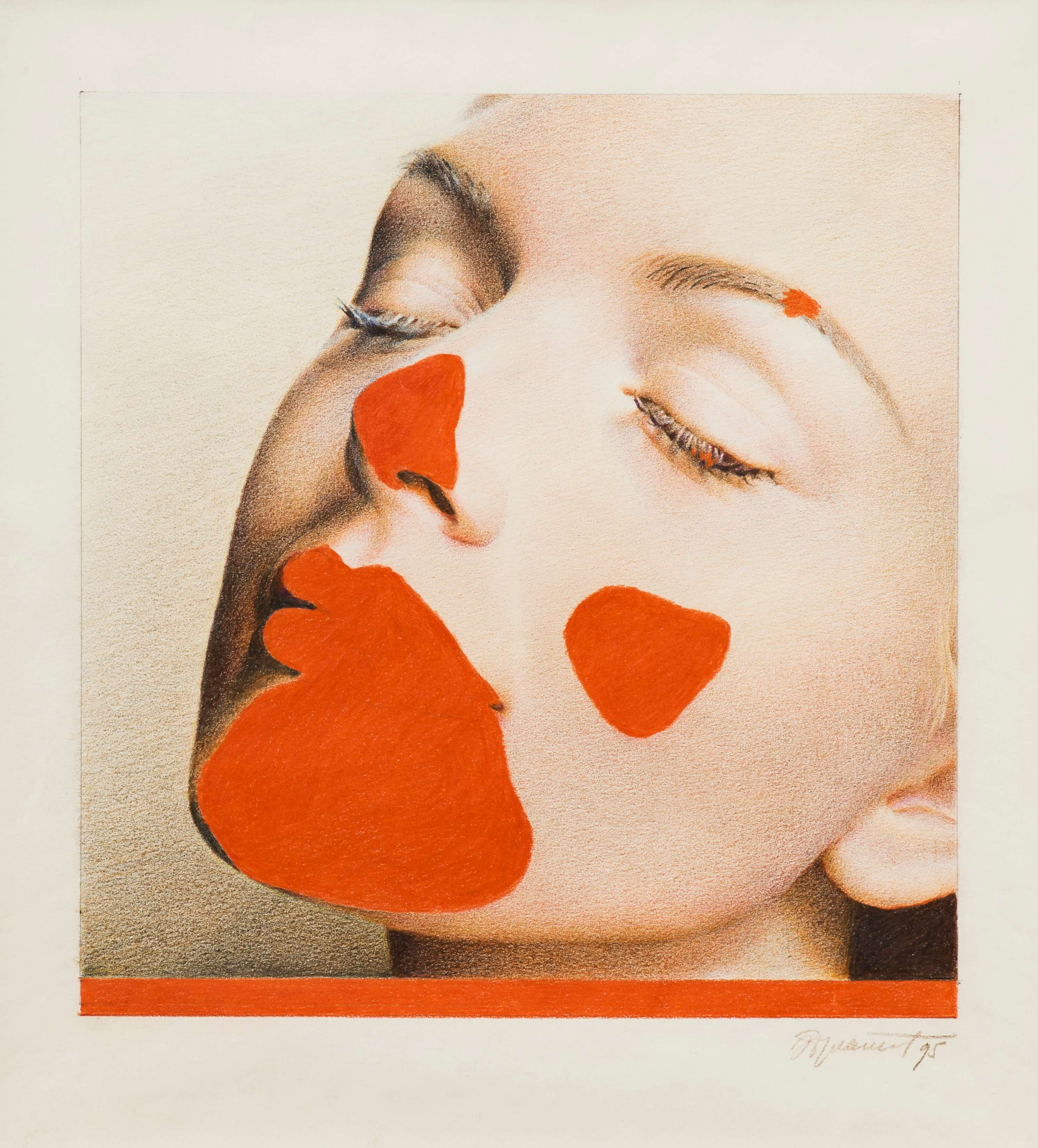





Recent Comments